Retusa Travels was first published as a series of Facebook posts from May and June 2022.
Here are pictures of Kweekkraal Haworthia mirabilis MBB8064 – some plants can be deemed to be atrofuscoid, others magnificoid and even heidelbergensoid. Kweekkraal has come up before in my exposé of “H. mutica var. nigra” and at this stage of my journey I conclude that the “nigra” issue was just one small issue showing that there is a single system that unites retusa (including turgida) and mirabilis.
More MBB8064 … Quite a lot on the mind with a mind boggling amount of new material. Talking to Lawrence and Essie about utilizing Haworthiaupdates.org more intensely as publication is very time consuming and also very limiting in the sense of illustration that tells most of the story. Kweekkraal is some 10km west of Riversdale and the area is the focus of my first article on the H. mutica ‘nigra’ anomaly. There is so much feeling about the disclosure of locality that I think is counterproductive. These plants are just as much under stress from porcupines, grazing animals, other farming activity, while there are clear laws in place about trespass and plant removal. My number for this collection is MBB8064, a new and recent ‘location’ and it was incredibly difficult to find the plants at all. People need to switch to camera capture, and I will post more photographs of this site to demonstrate variability. One could say H. mirabilis “atrofuscoid”. i.e. many if the plants are reminiscent of what was described as H. atrofusca. The name can be kept and used in that sense while technically the actual Latin binomial refers to a very complex and large SYSTEM with many variables. So a formal name is really just a matter of convention and agreement.
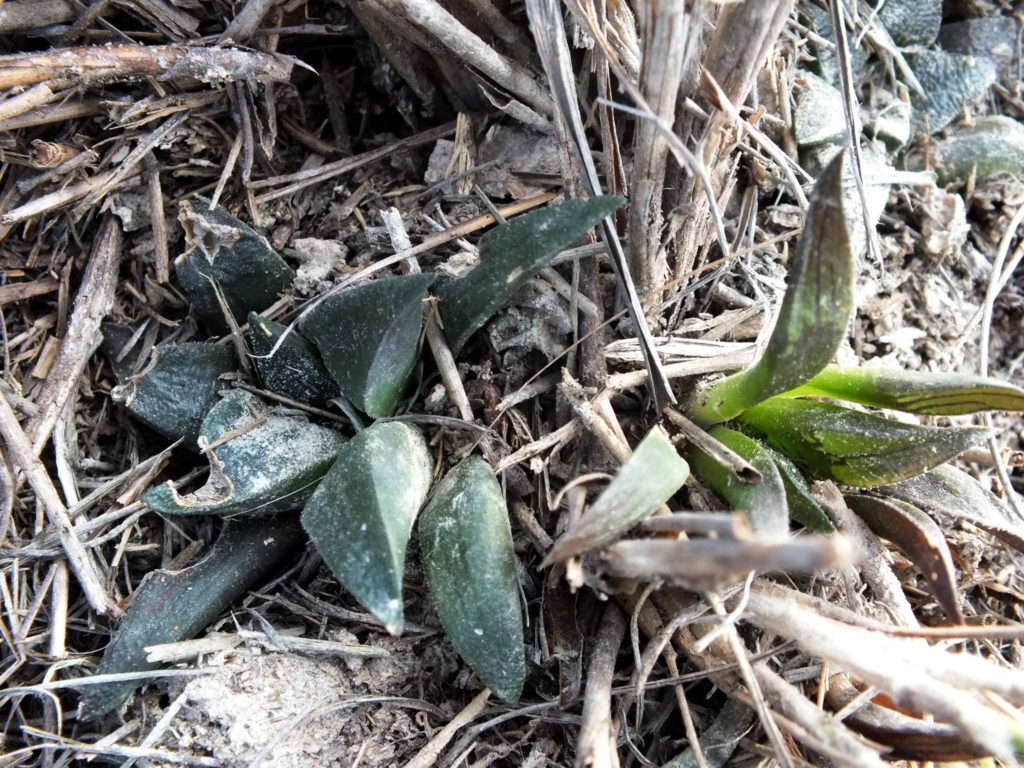

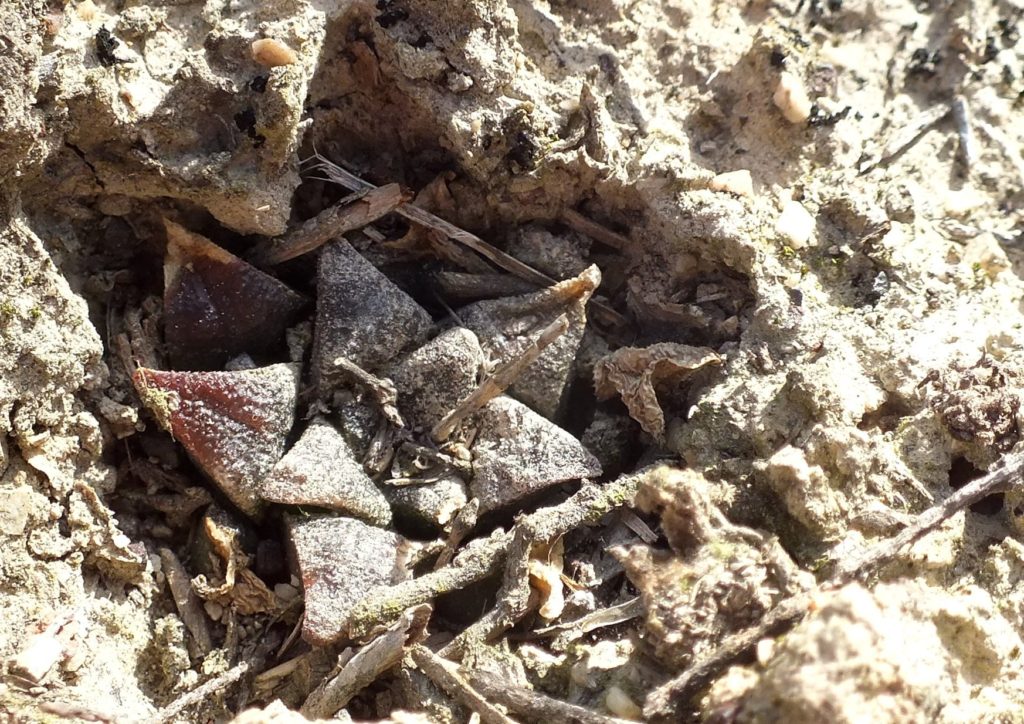
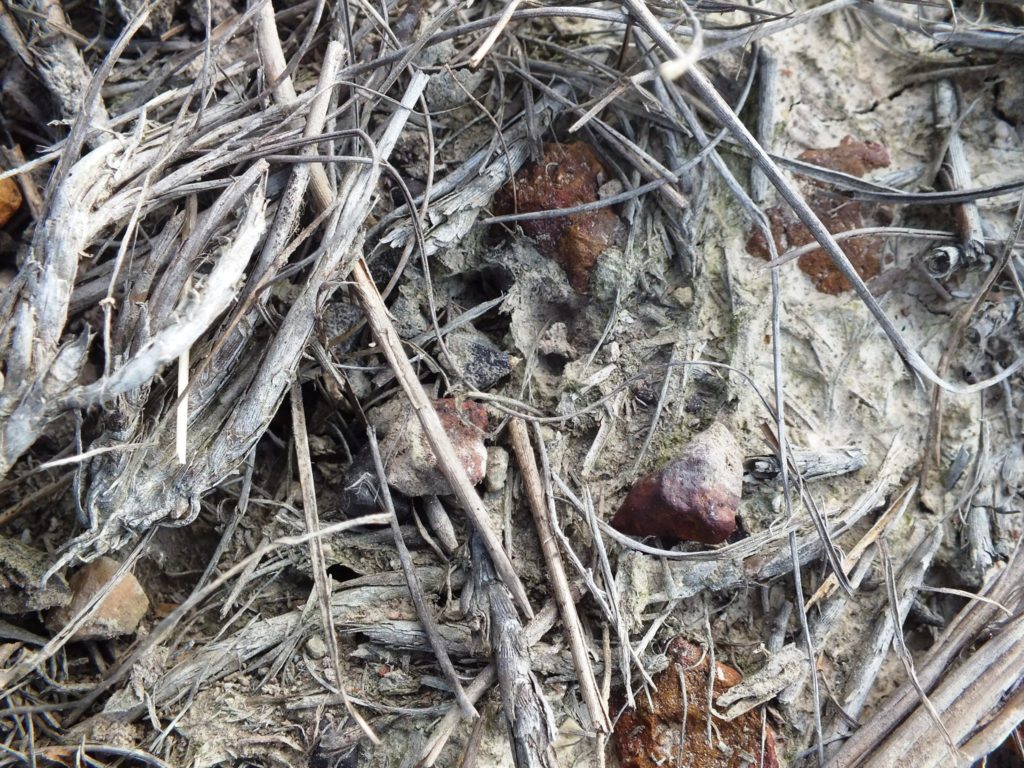
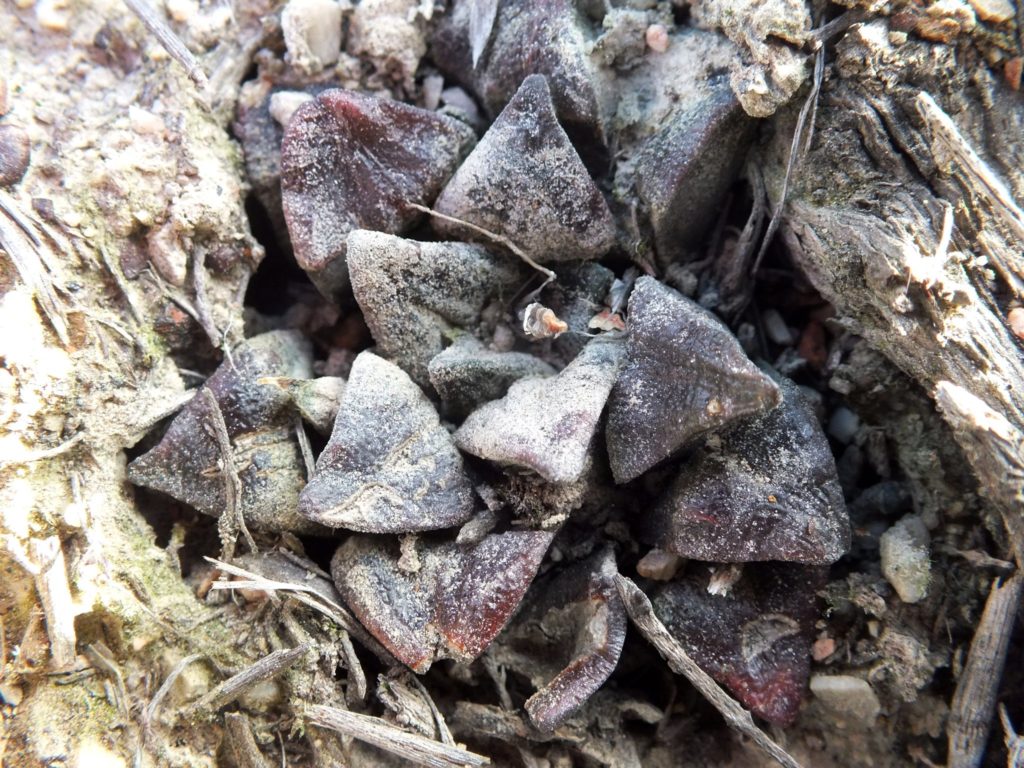
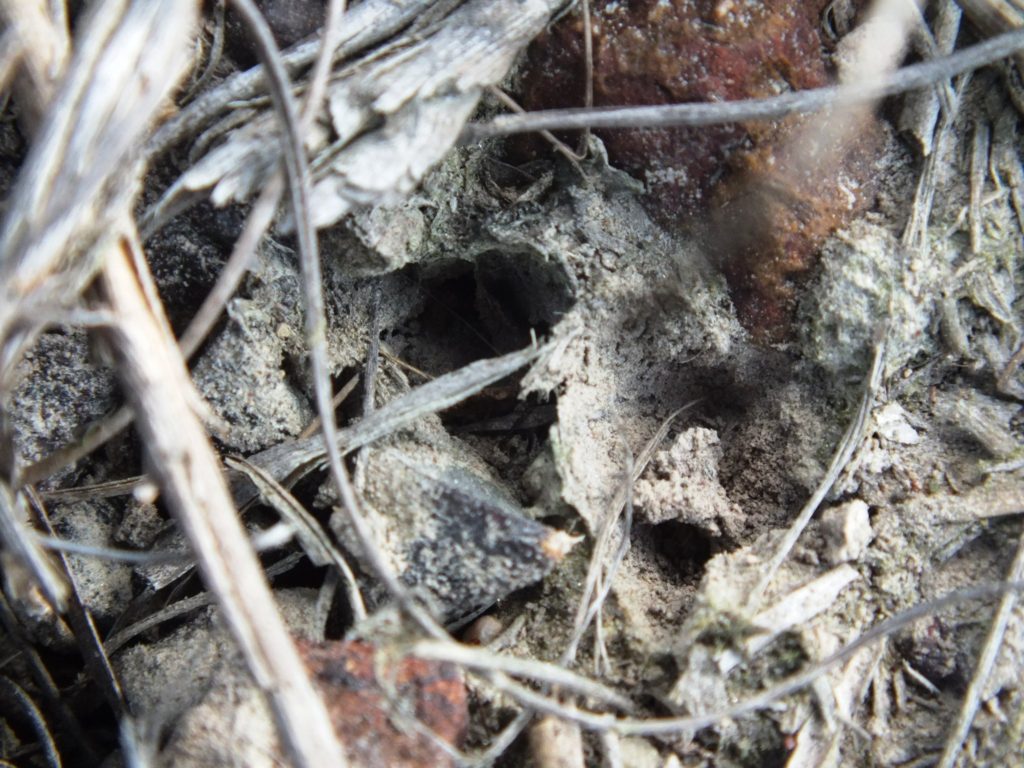
Essie brought this population of mirabiloids to my attention. It is also Kweekkraal as part of Kiewietsvlakte that figures in my first essay on “How to understand H. mutica var. nigra“. H. floribunda occurs as discrete and also lost in the milieu. H. retusa is present. H. mirabilis occurs as the atrofuscoid form in the east, a magnificoid cocktail in the middle and heidelbergensoid to the west. Kweekkraal is a Guest Farm and there is a large area of conserved Renosterveld. My reference number for these is MBB6085.
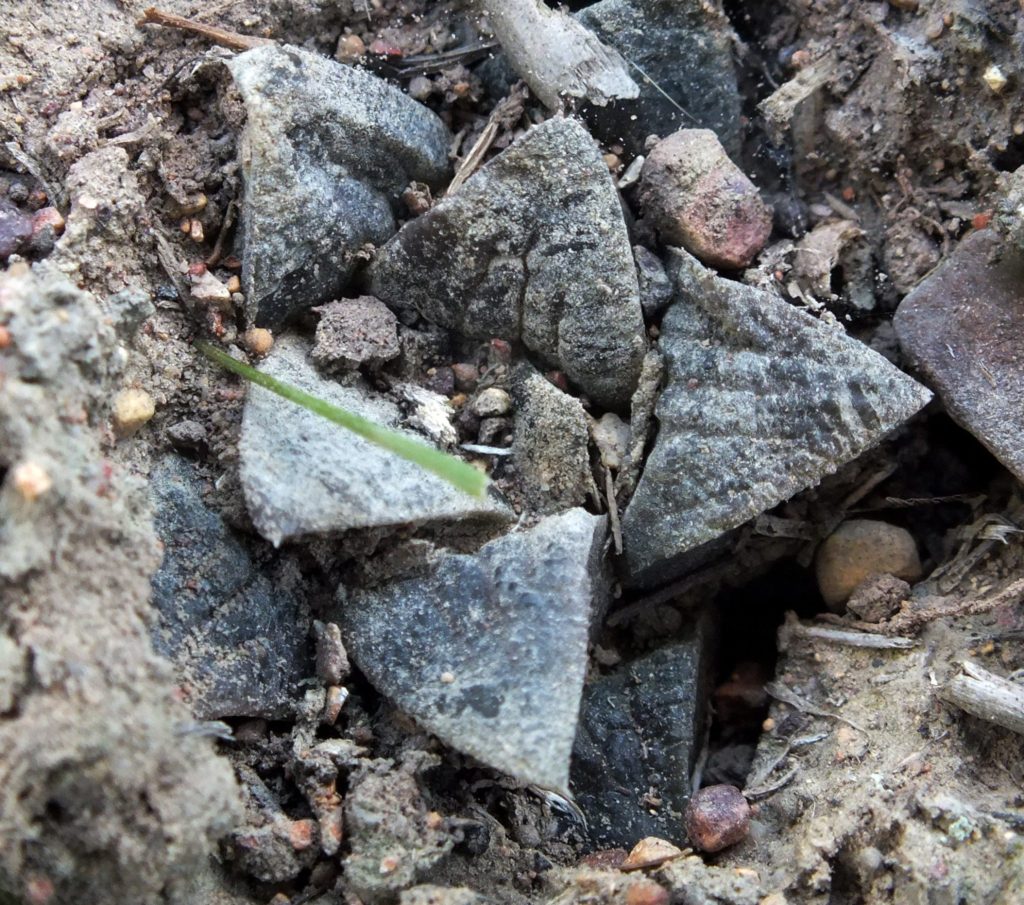
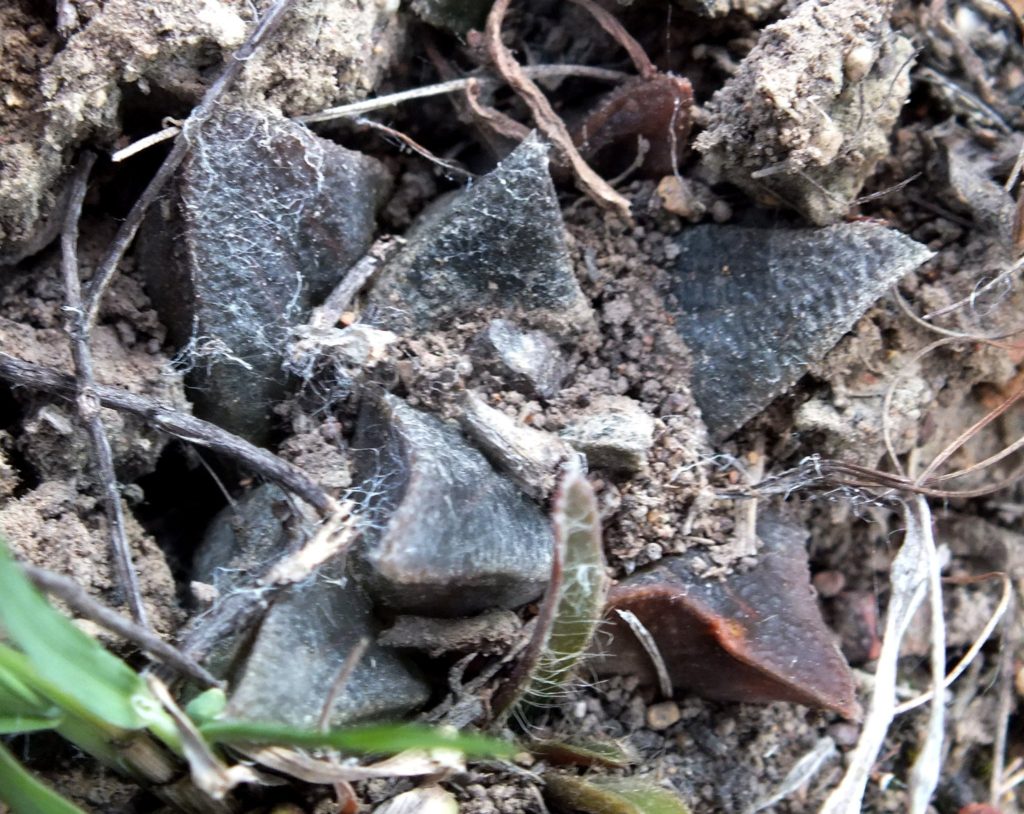
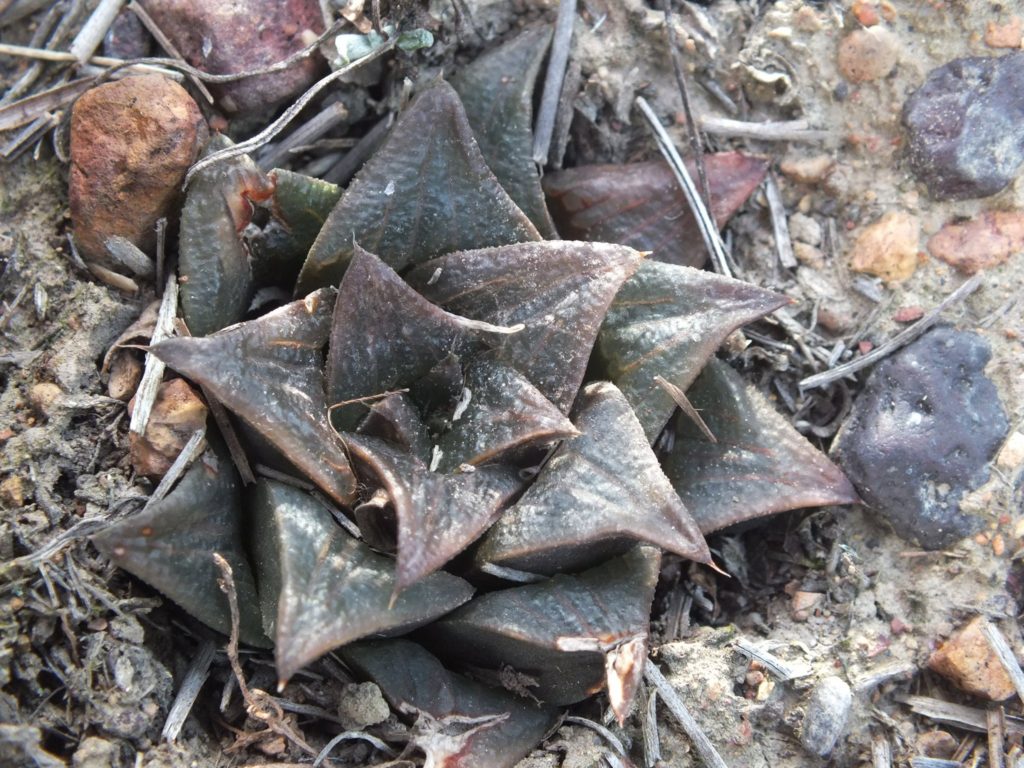
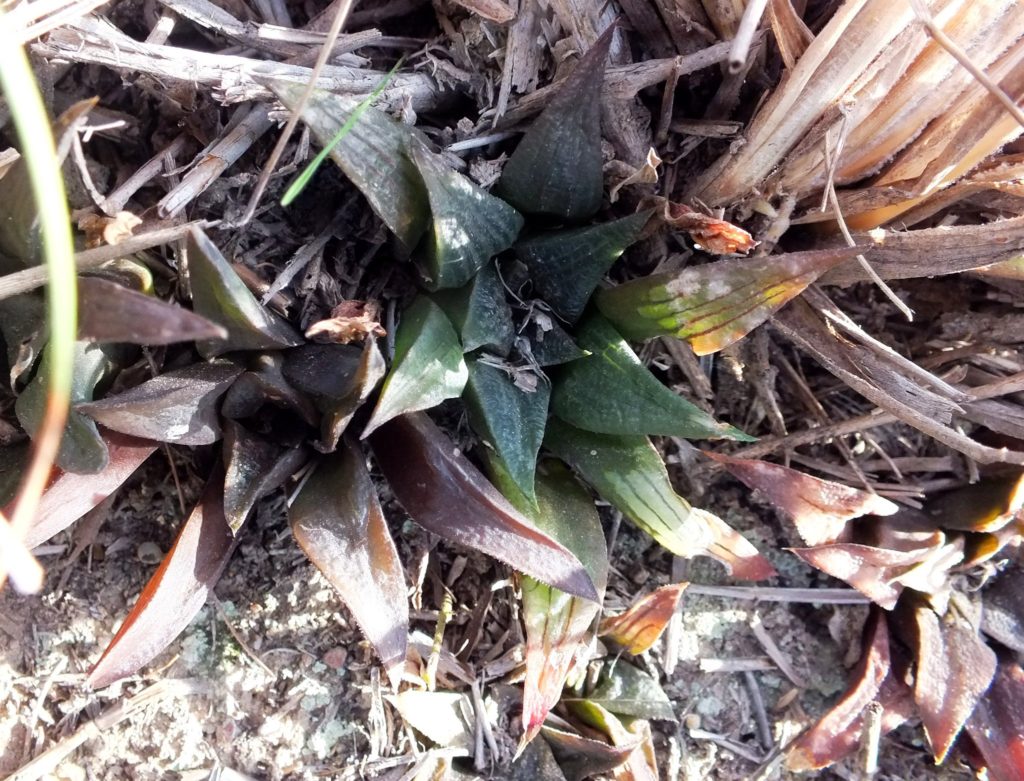
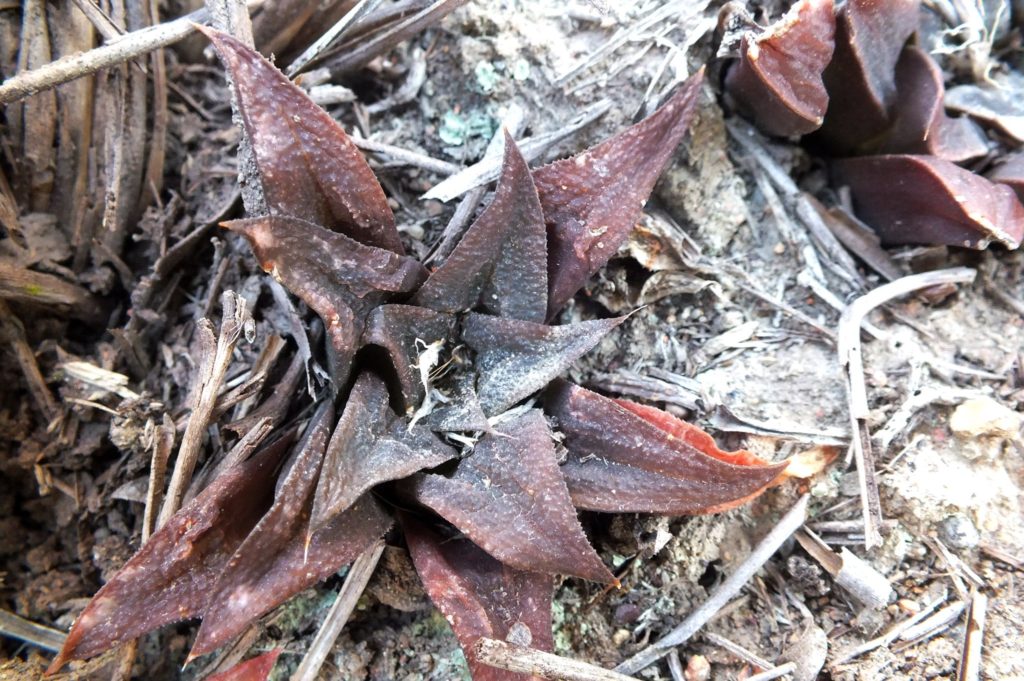

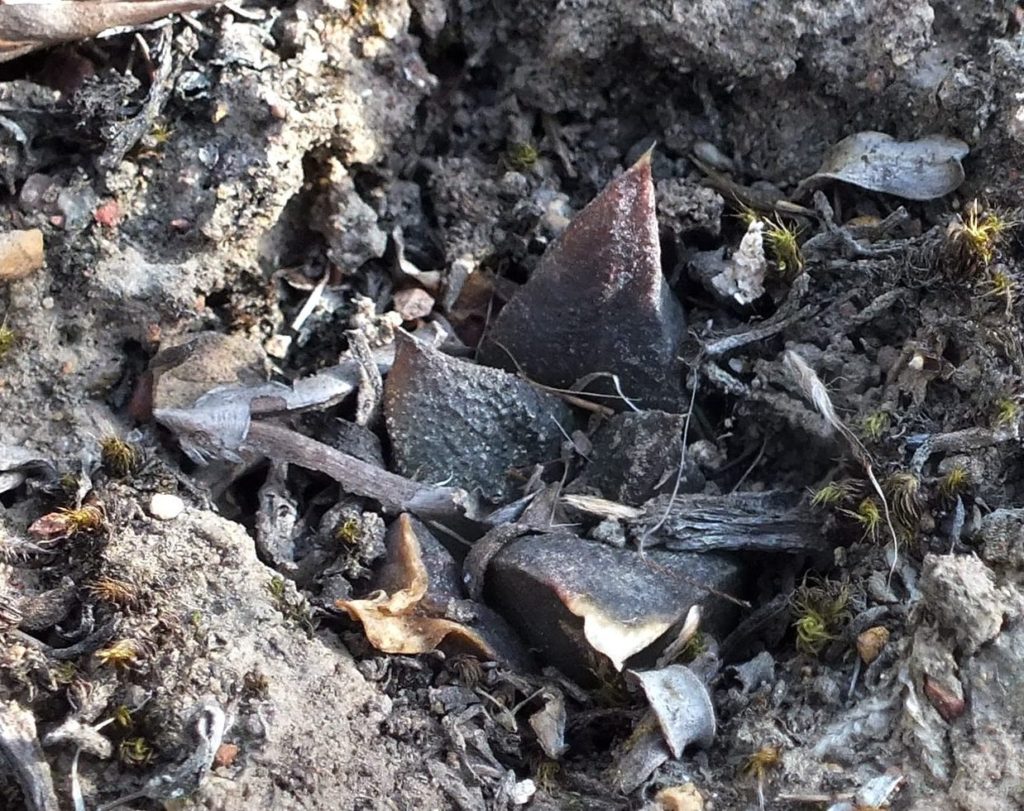
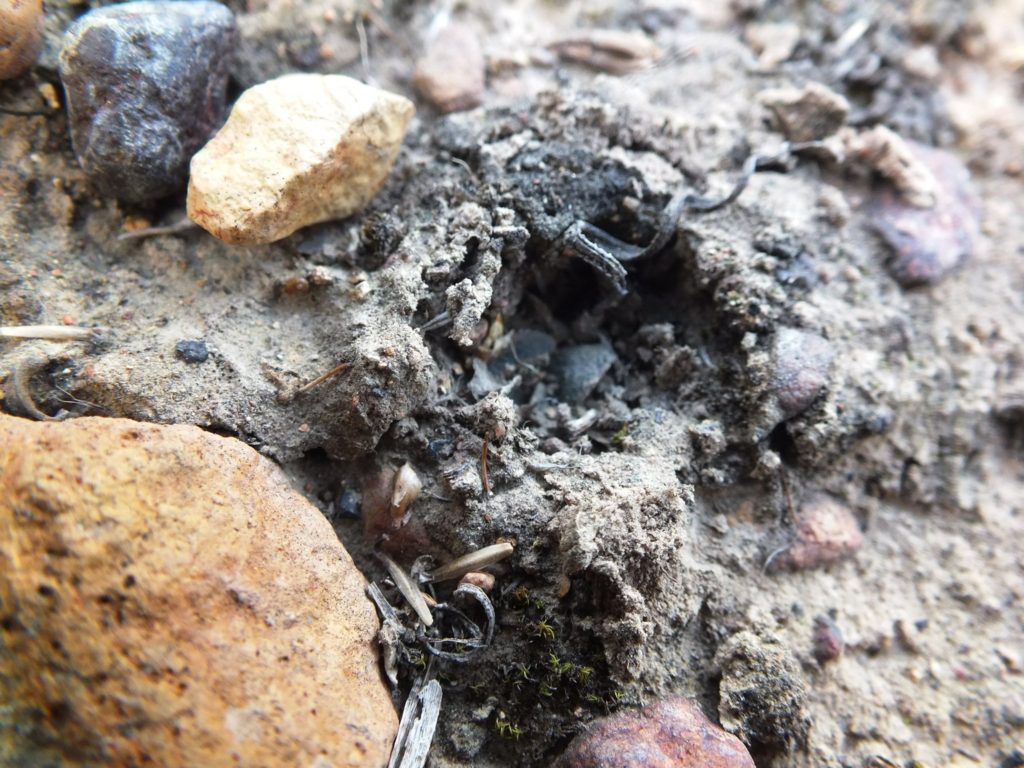
More of MBB6085 at Kweekkraal west of Riversdale. A mirabilis potpourri. Do look at the shrinkage of the plants. This is at the end of the dry season and there would normally have been rain by now. Plants can look very different as the seasons come and go. Who can tell me the difference between a low-end intellectual enjoying plants in the field, and a top-end intellectual in a white coat sitting at the controls of the Large Hadron Collider trying to manipulate dark matter? There is a lot in this question!!
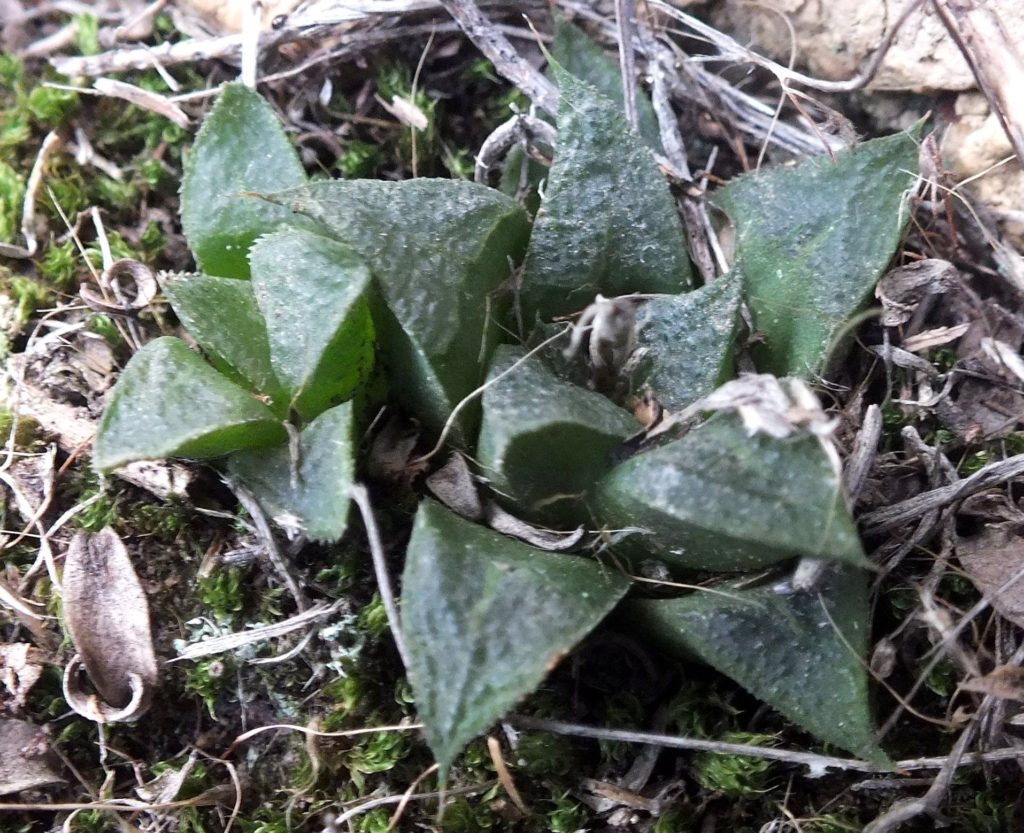
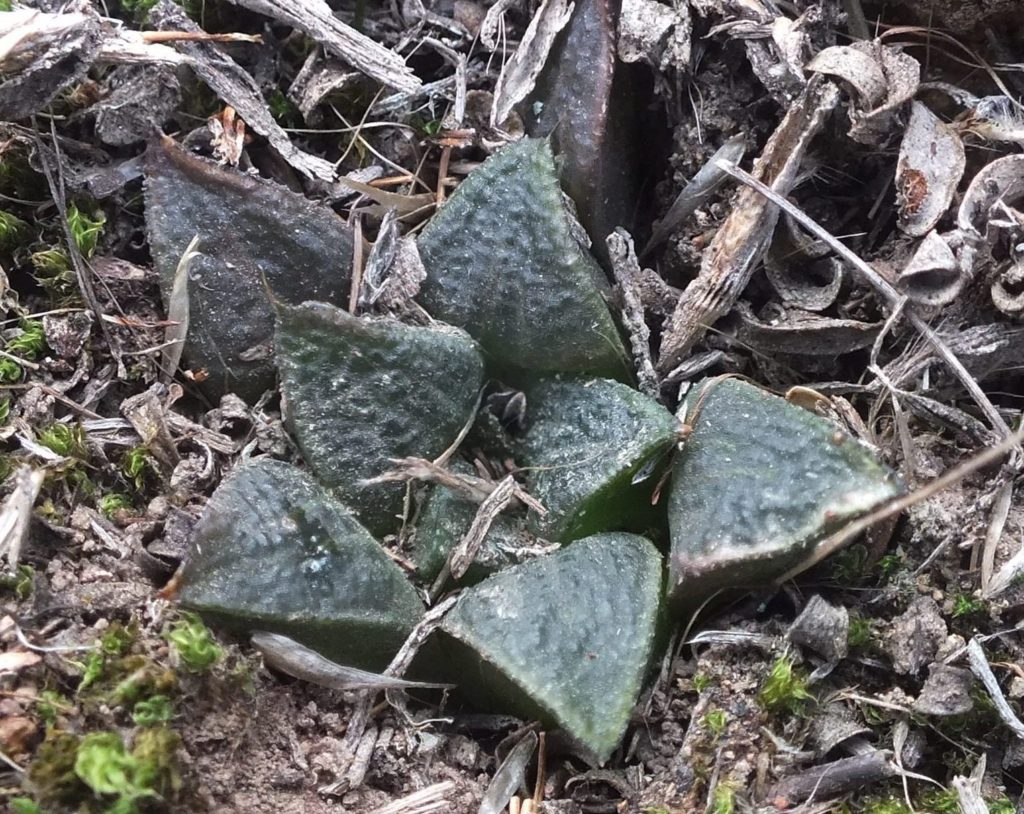
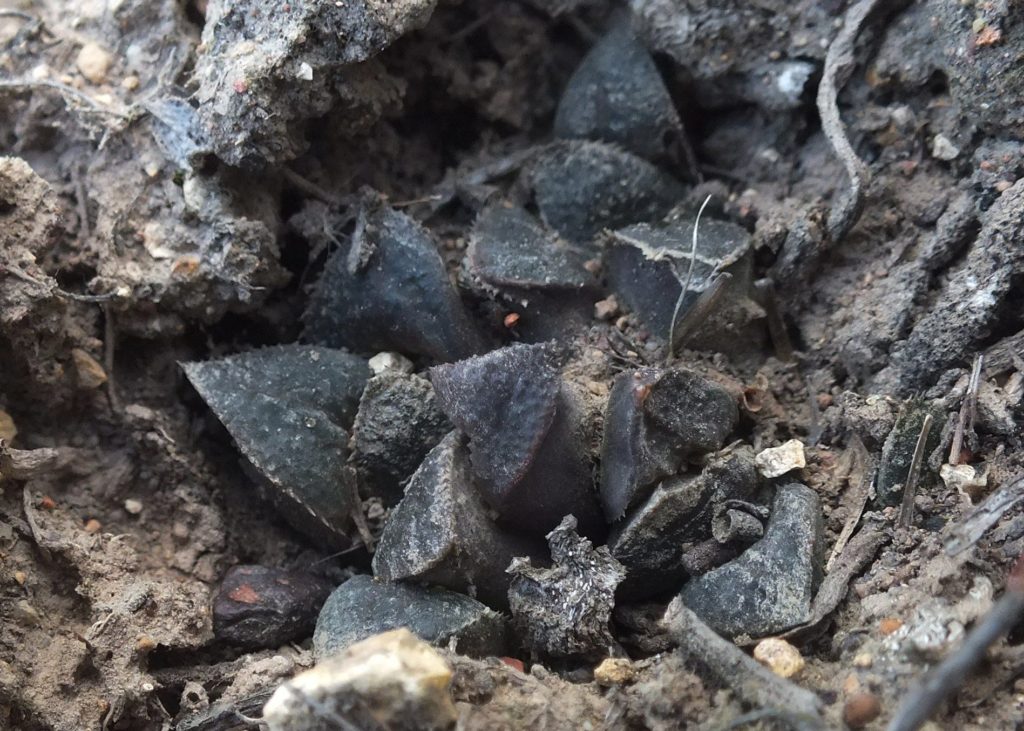
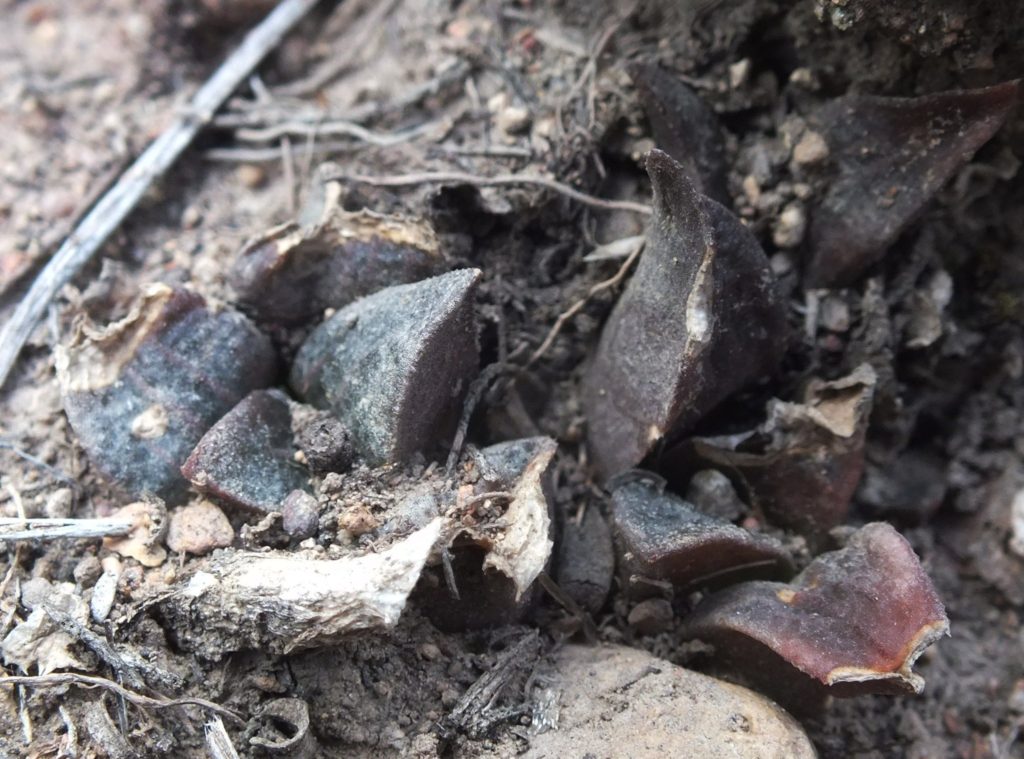
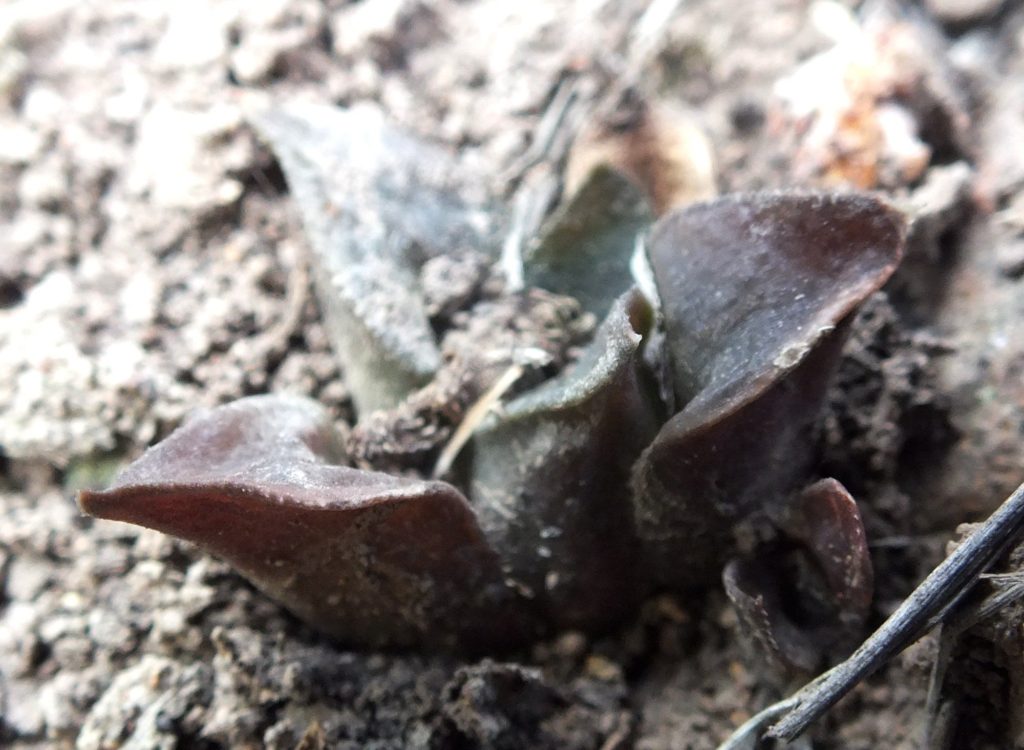
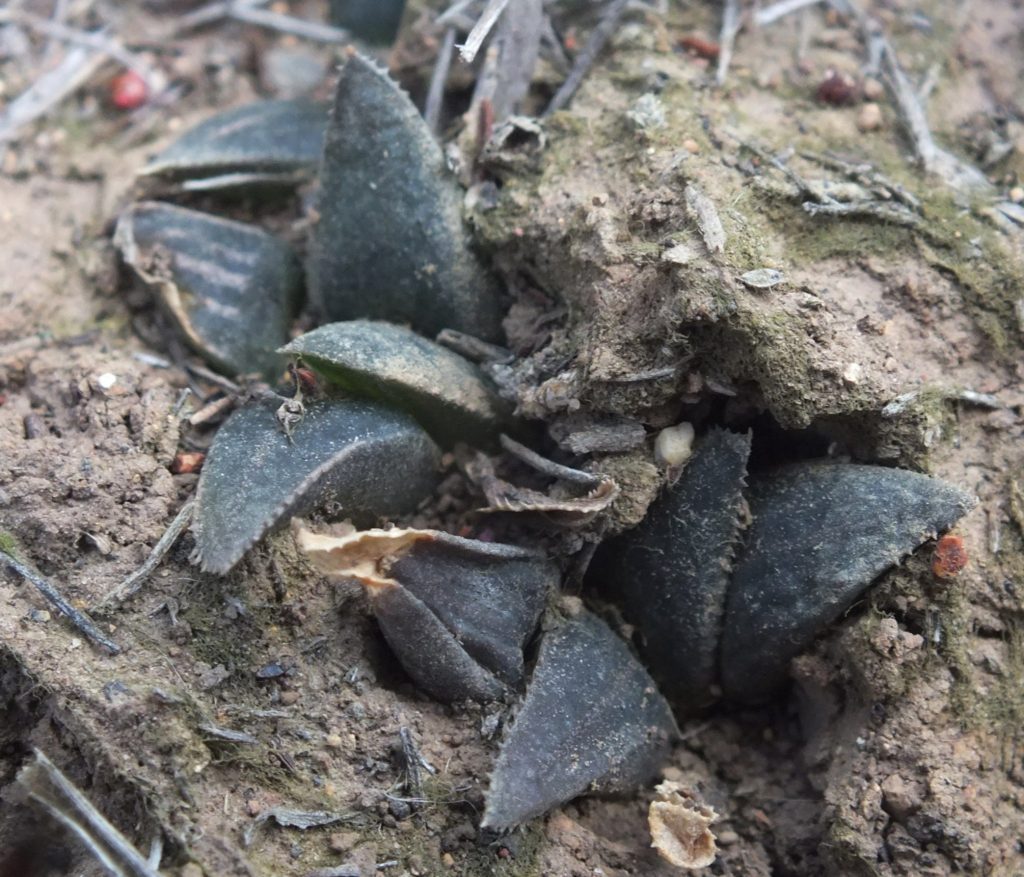
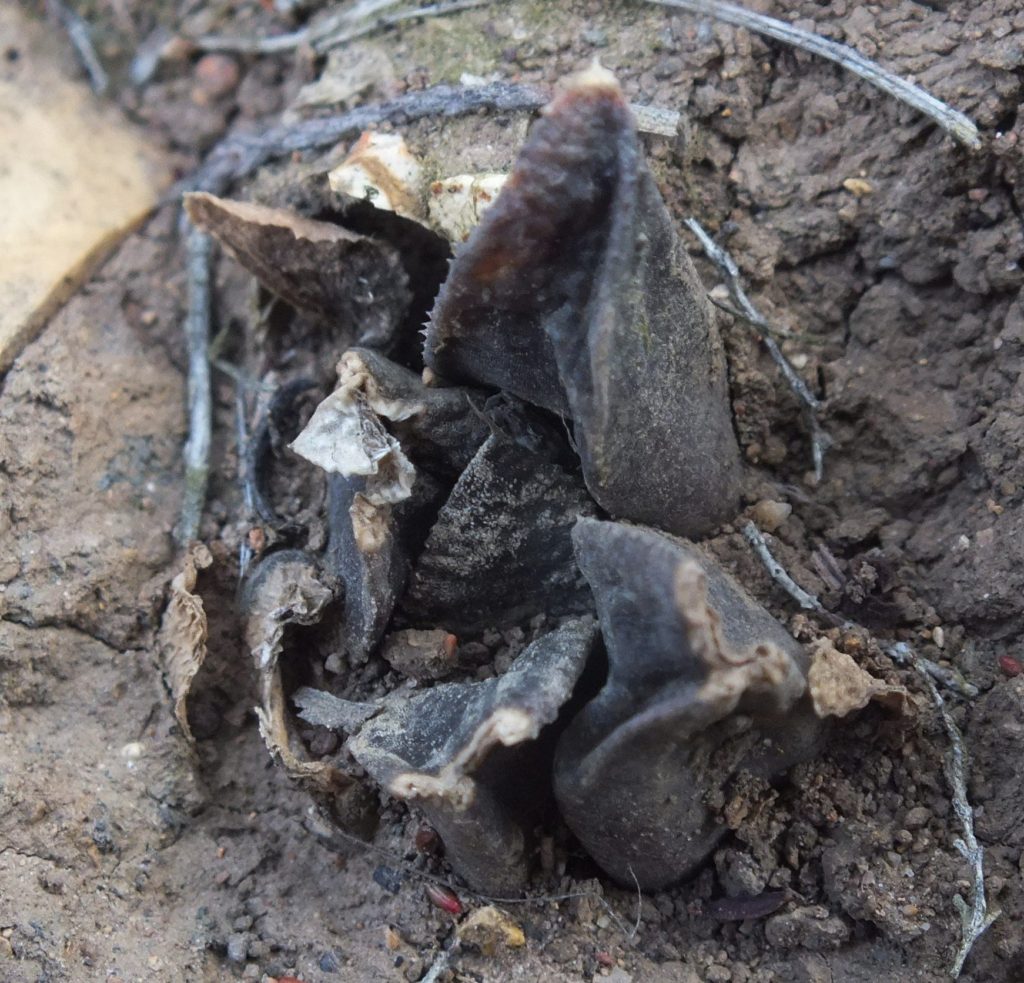
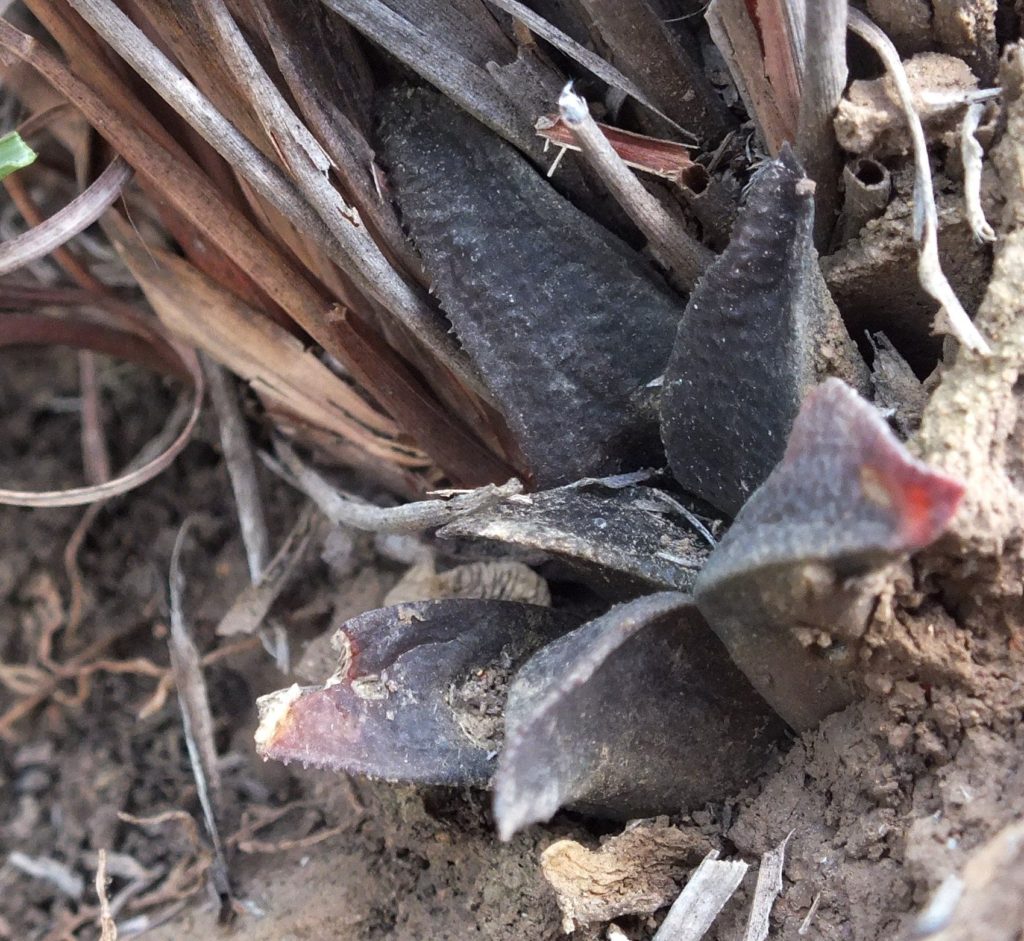
The last of MBB8065 – a point of interest is porcupine activity. I have seen this again and again and also where the damage is extensive. I reported it to conservation management who replied quoting a “scientific” report on porcupine activity at Nieuwoudtville where there is very little threat of land transforming to agriculture, The conclusion is that Porcupines are an essential part of the ecosytem. When they do become a nuisance in urban areas they are trapped and moved to conservation areas. Well I agree. Under natural conditions porcupines and nature go together. But enter man and his greedy and destructive ways; the situation is different.
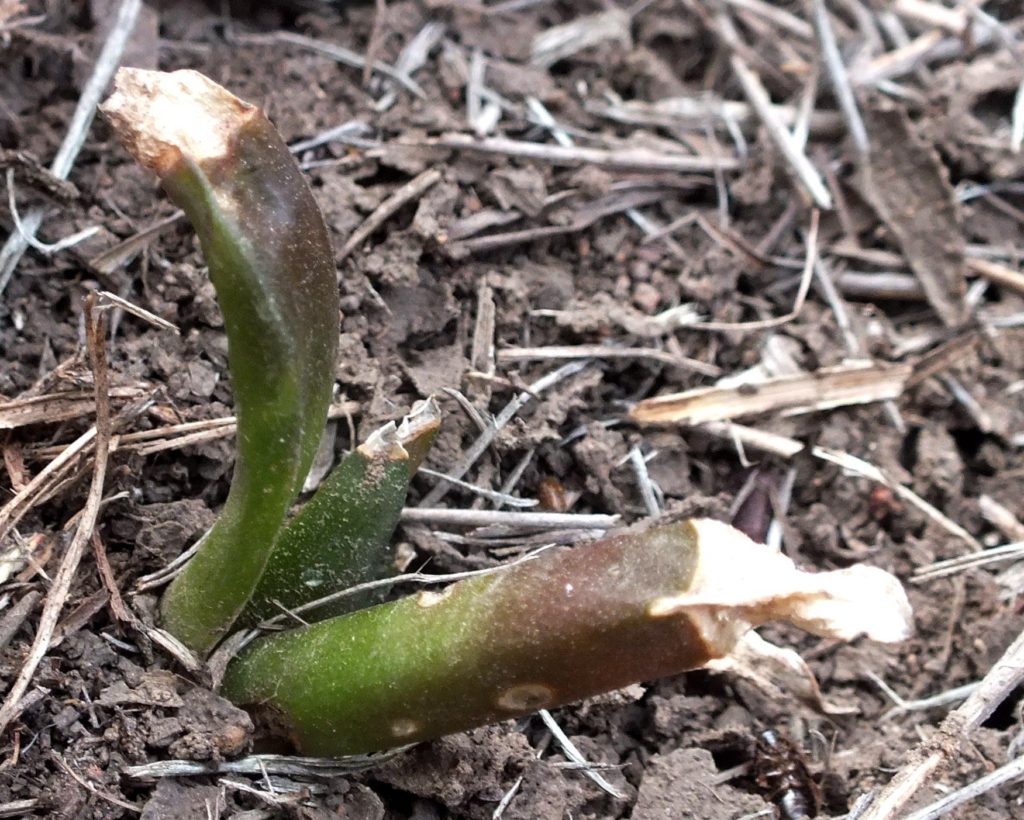
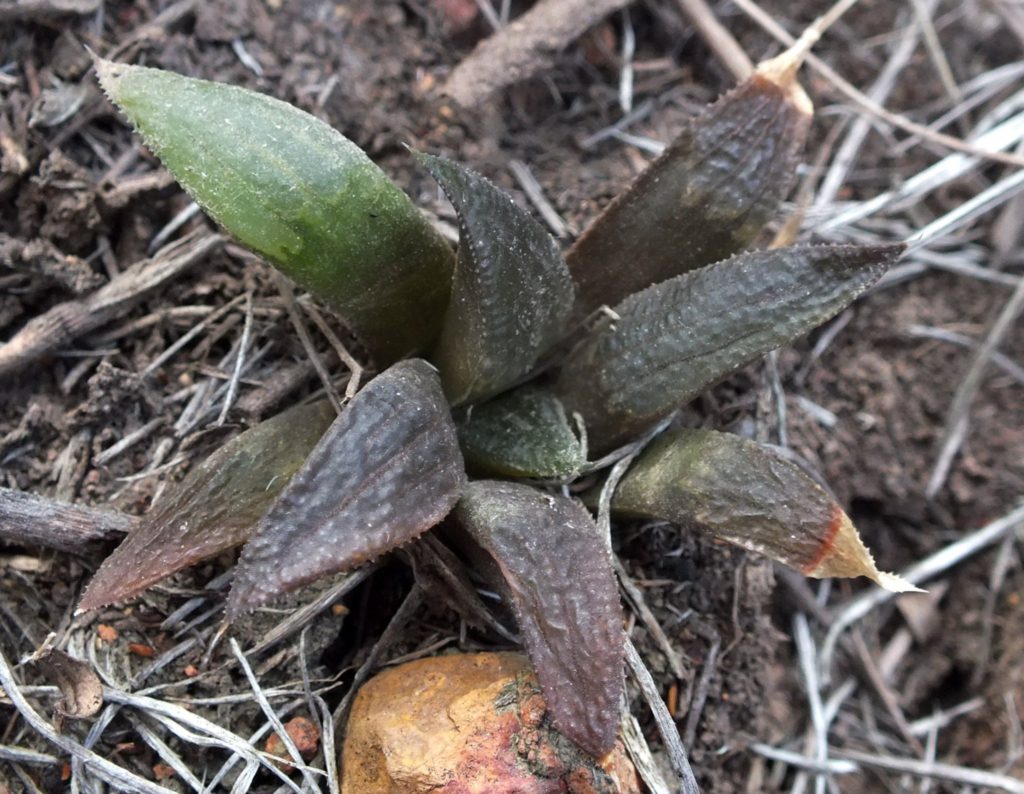
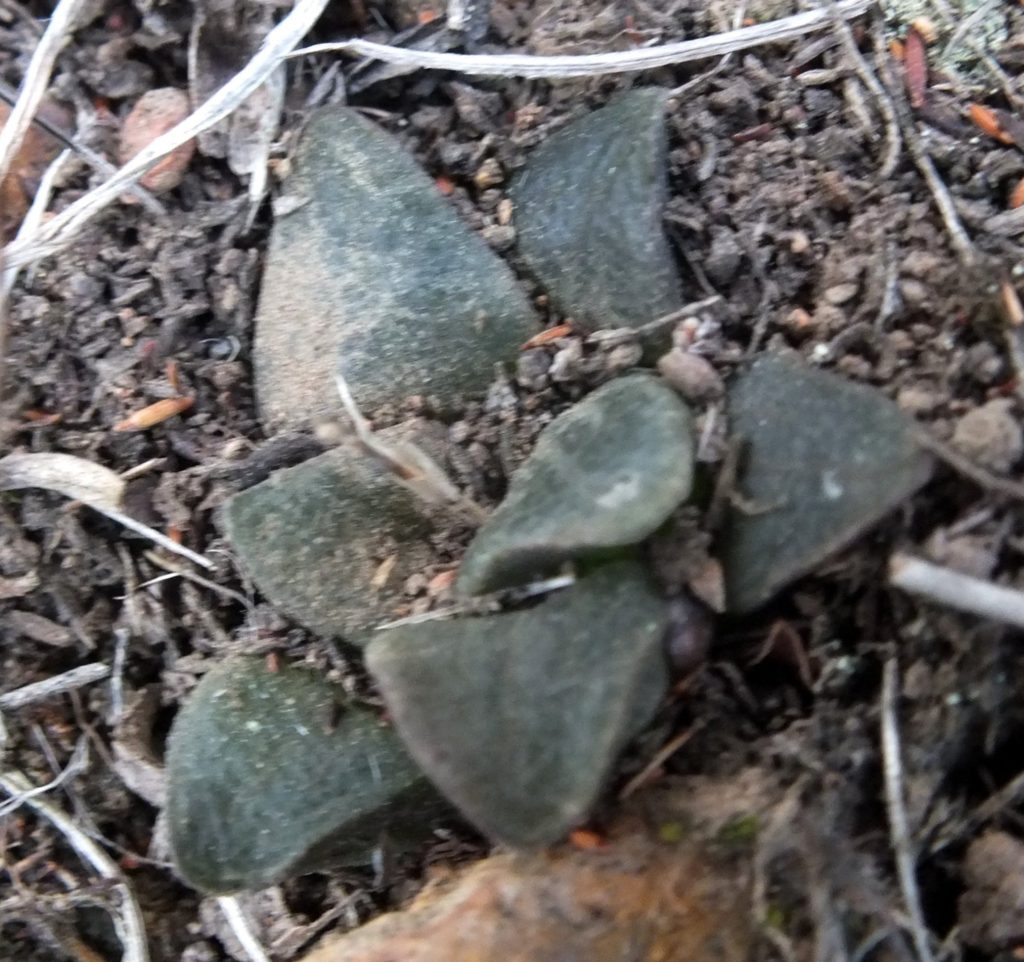

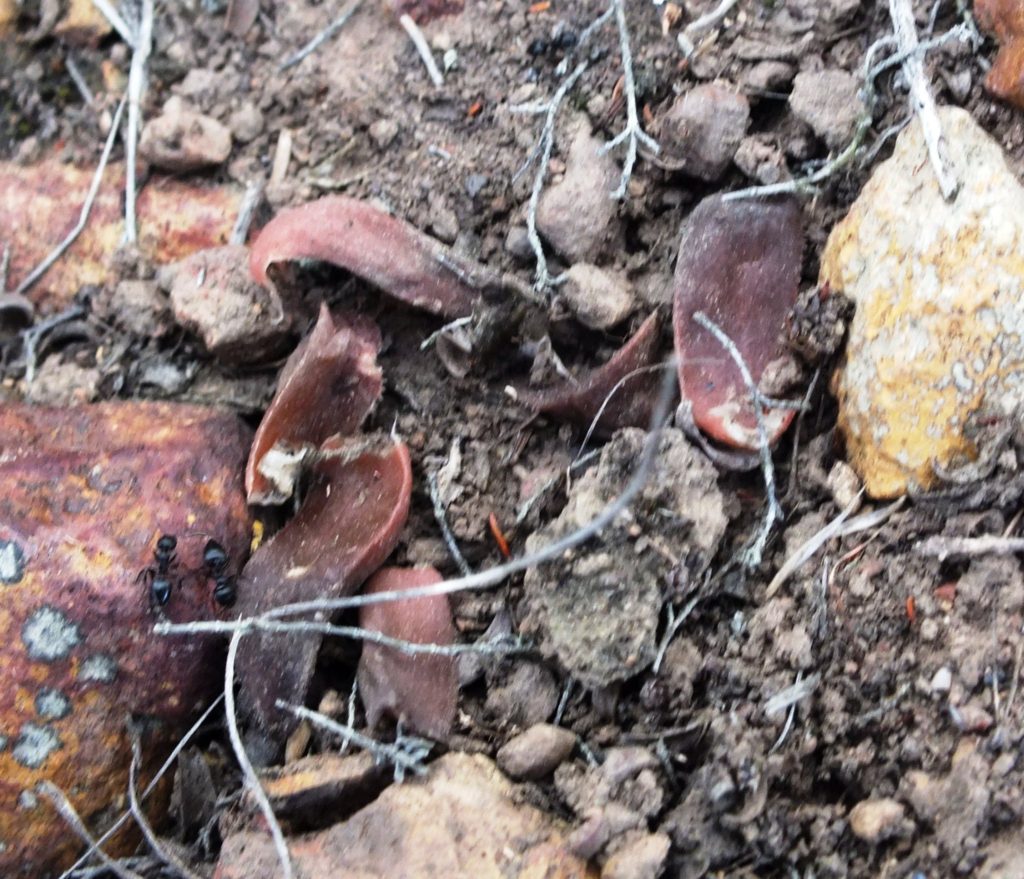
This retusa (retusoid) is another of Essie’s finds and is very close to the splendens (mirabiloid) localities which would suggest that they might be discrete systems. This is not the only situation that does this, but looking at all our known populations, we still conclude that it is the nature of the beast as it is drawn and quartered by nature! Incidentally, we struggled to find plants where many had been reported. Why? Immense porcupine activity. There used to be floribunda at this place too. Since degraded by agricultural activity and is destined to be totally cultivated in the near future.
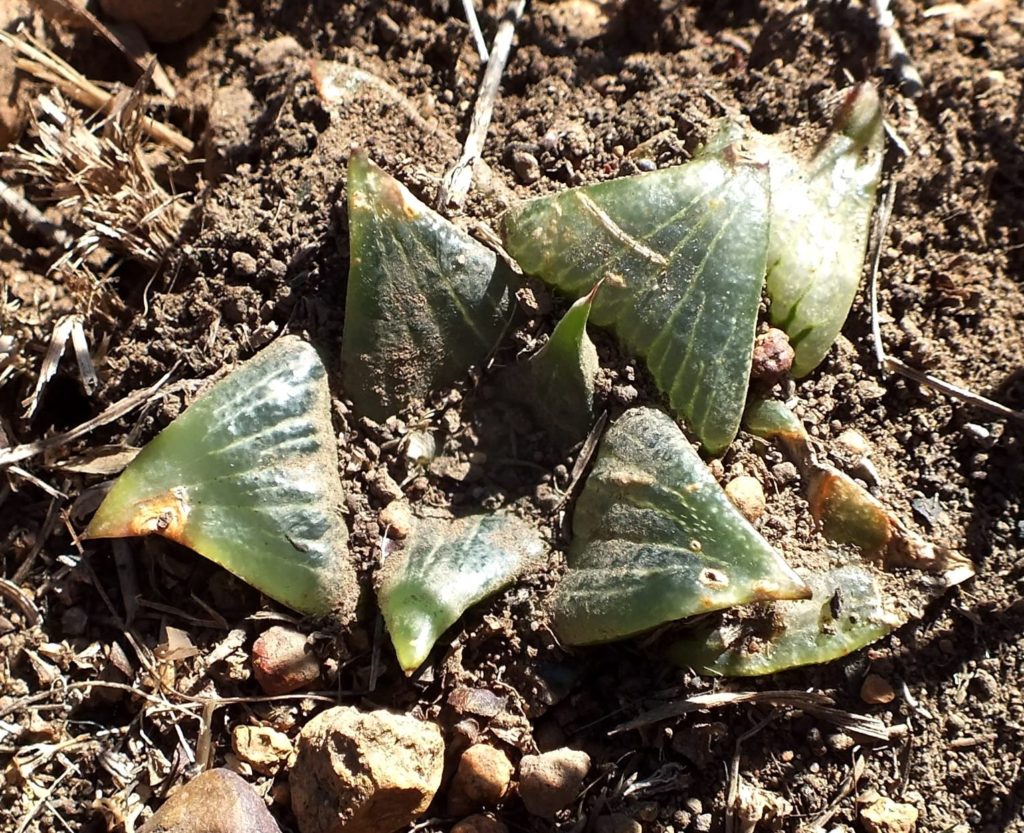
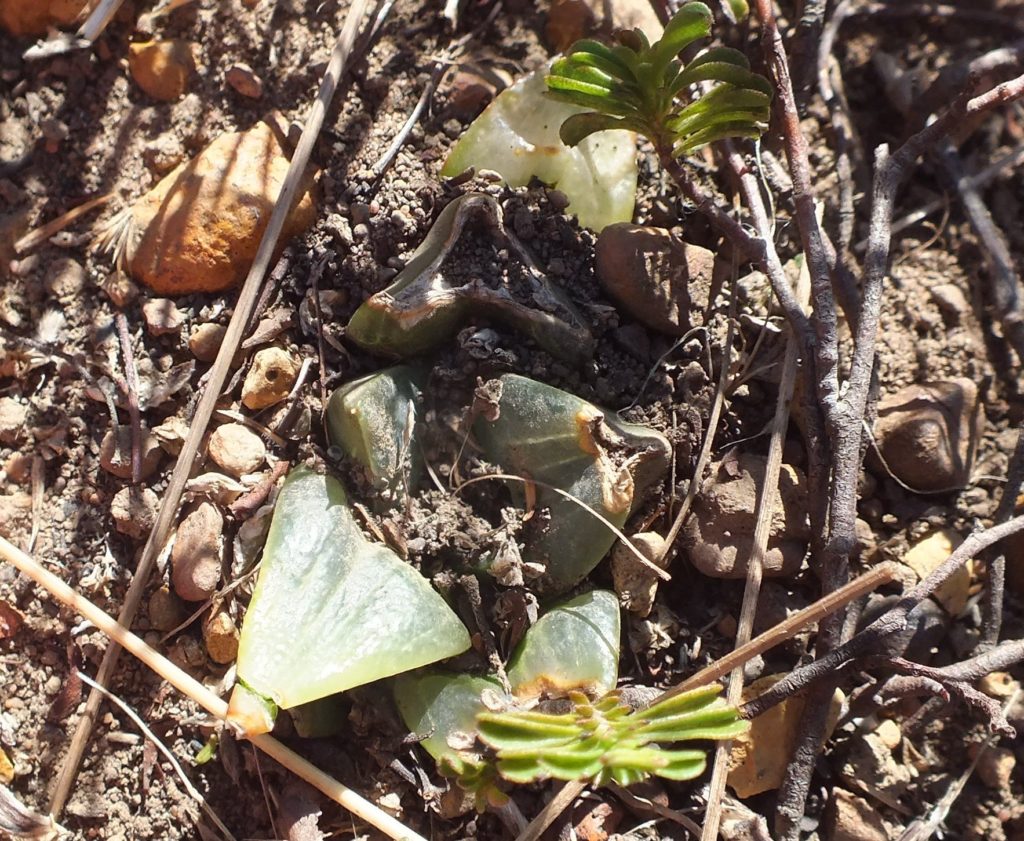
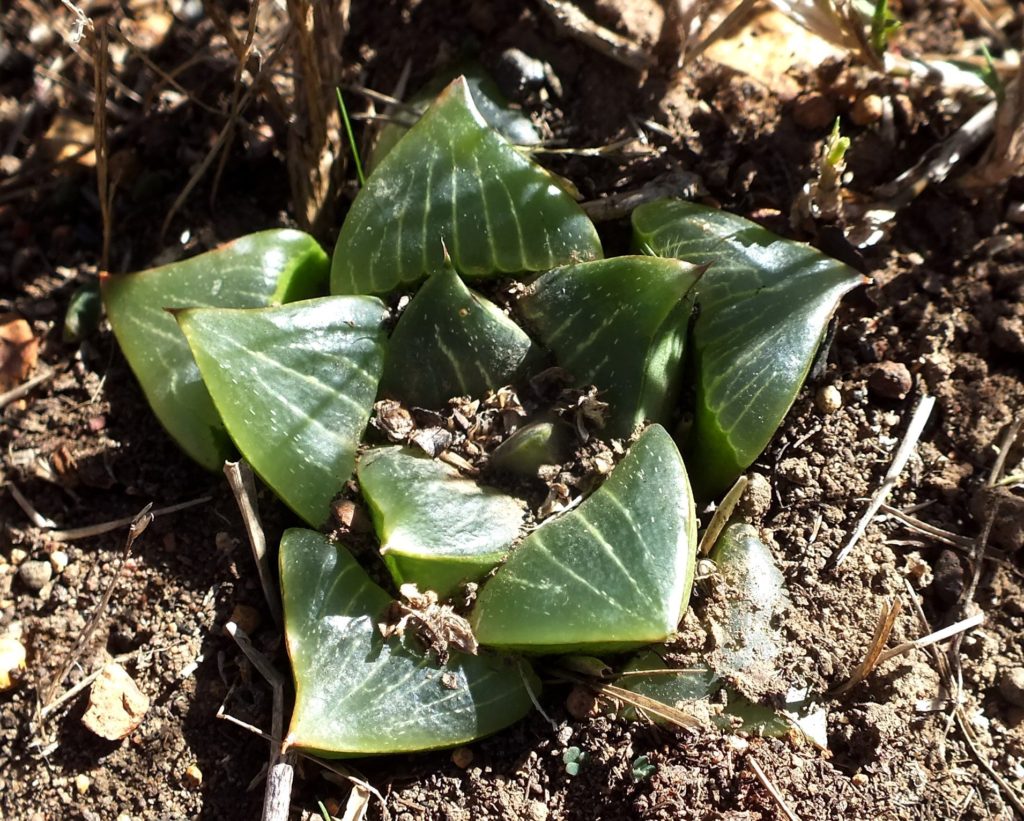

With Essie near a retusa pilgrimage spot. Essie has explored so much of this area and here he is indicating what he has seen and where. The plants here were in bad shape compared with some previous visits and porcupines have also been very busy. Sometimes chewing off the leaves and the plants survive, but more often grubbing them out.




Re those silver flecks. I feel constrained to post this here and now. There has been and is so much ill-feeling and misunderstanding in Haworthia classification that I have been accused of initiating while also bearing the brunt of it. Here is a quote from a great Haworthia personality who finds me unbearable …”the silvery flecks in the leaves of H. jakubii suggest connection to H. magnifica and H. pygmaea.” That is interesting because in the photograph MBB7818 Windsor 2, there are clearly silver flecks that this exceptional man denies it is determination to prove me wrong about the species status of H. jakubii. I do not find them in any of my magnifica (mirabilis) pictures from the type locality or in MBB6651 from nearby, but I do find them in H. retusa. I would be so grateful if this was shared around and brought to the attention of all Haworthia enthusiasts. Essie has been caught up in the mess too and I am enlisting his help to solve the problem. We have together written two articles in the process and are stuck in the third seemingly because of the wish to avoid further injury.
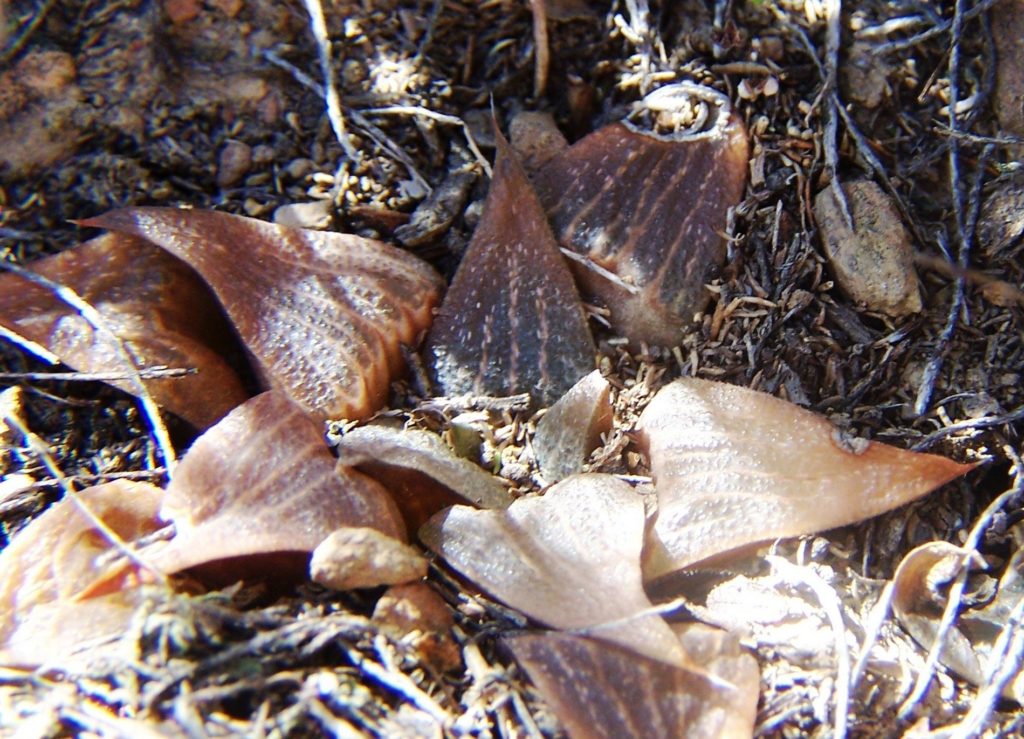
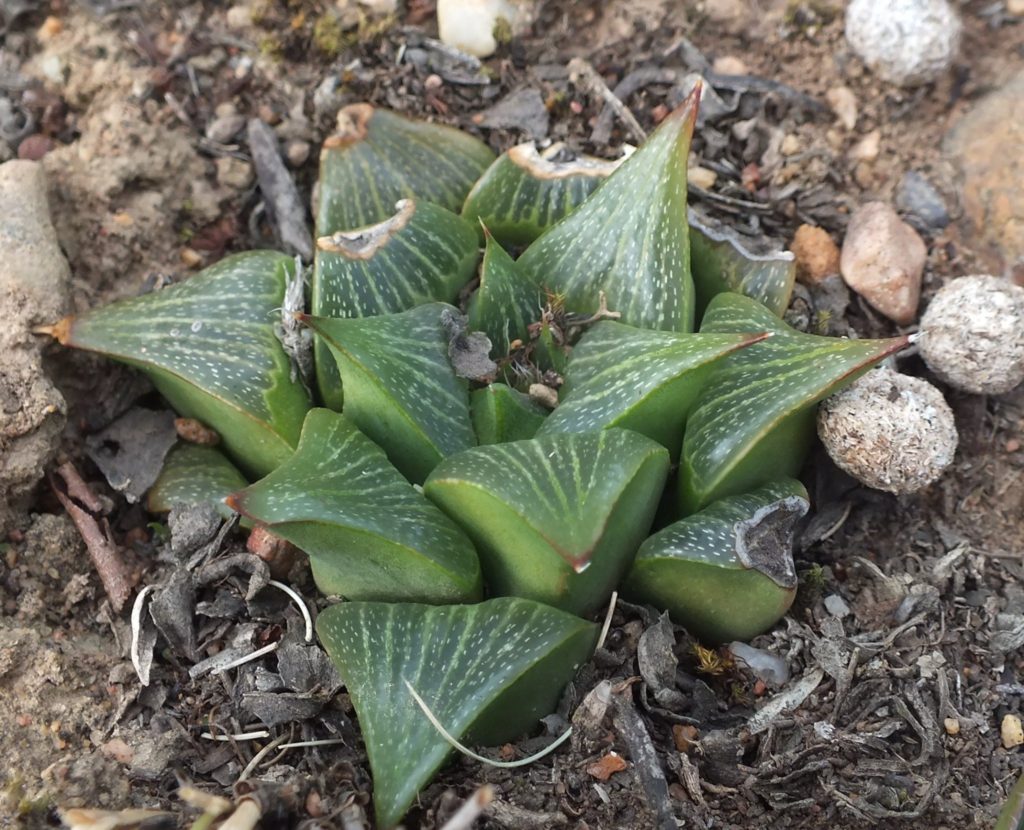
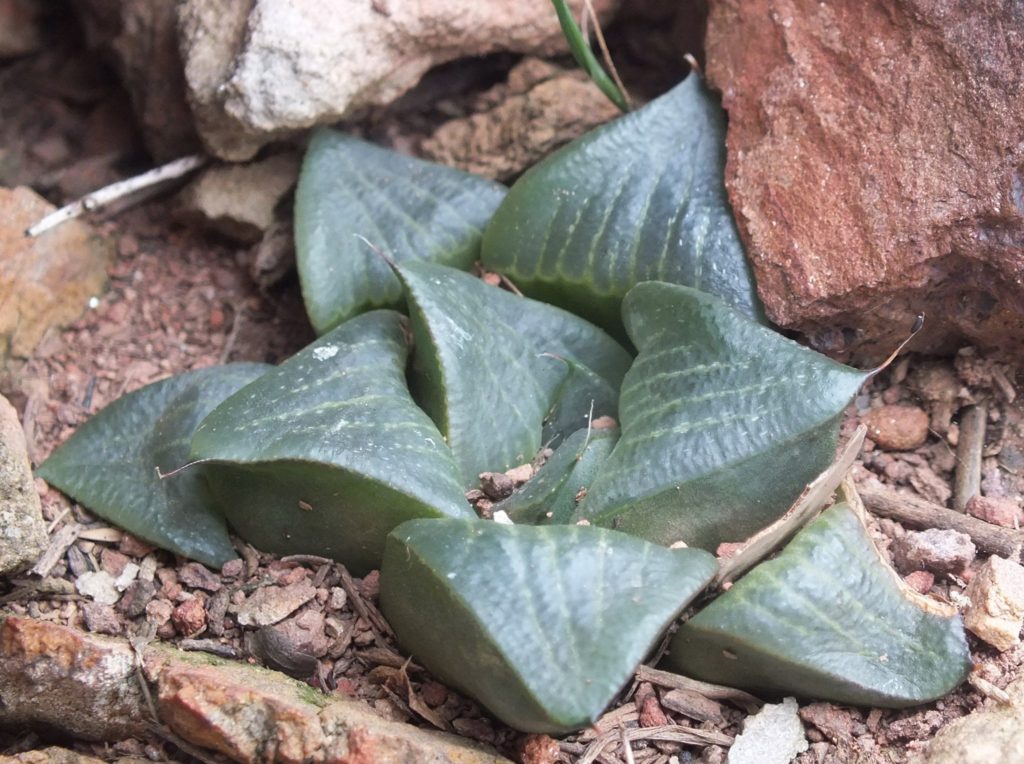
Essie showed me these retusa at the Riversdale town edge. Municipalities universally feel it is necessary to have a great swath of vandalistic dumping to signify their dominance over nature and make human presence known. So its a bit painful to walk on the margins and bid what will surely be a goodbye. But do also watch for flecks and see if you can decide how you would describe H. retusa.

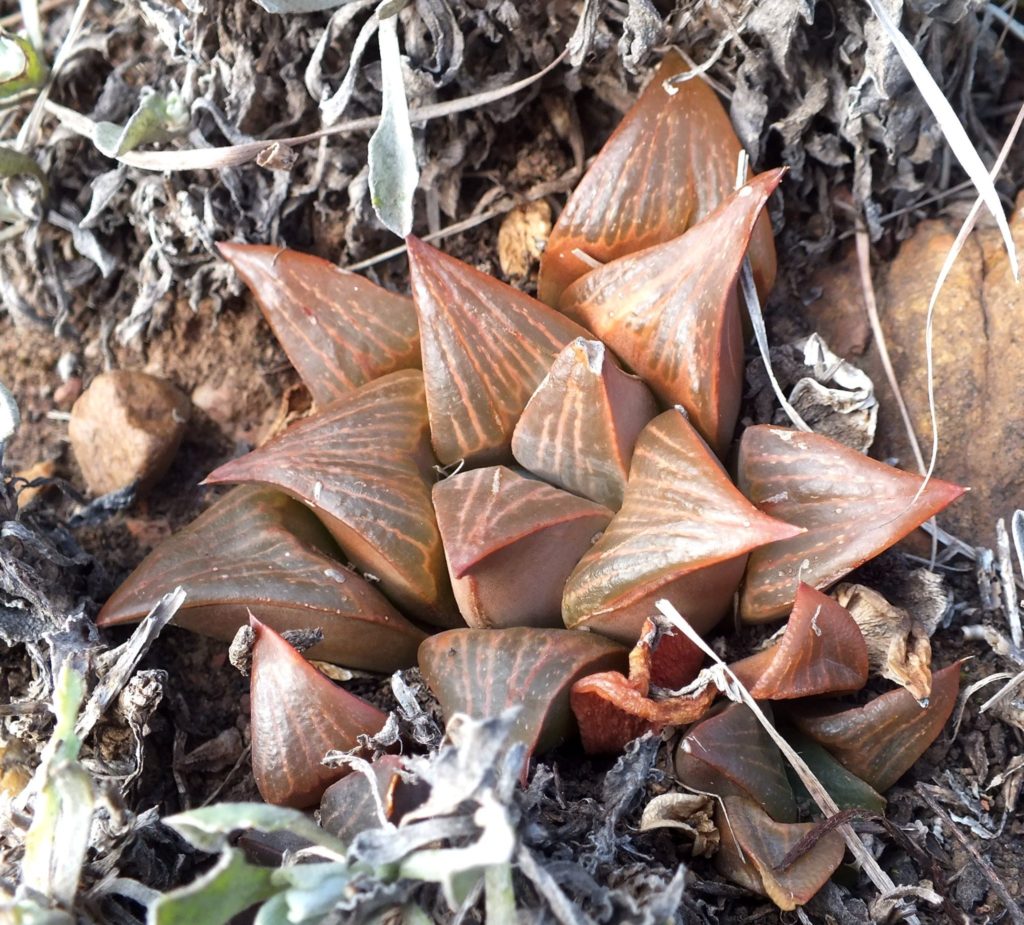

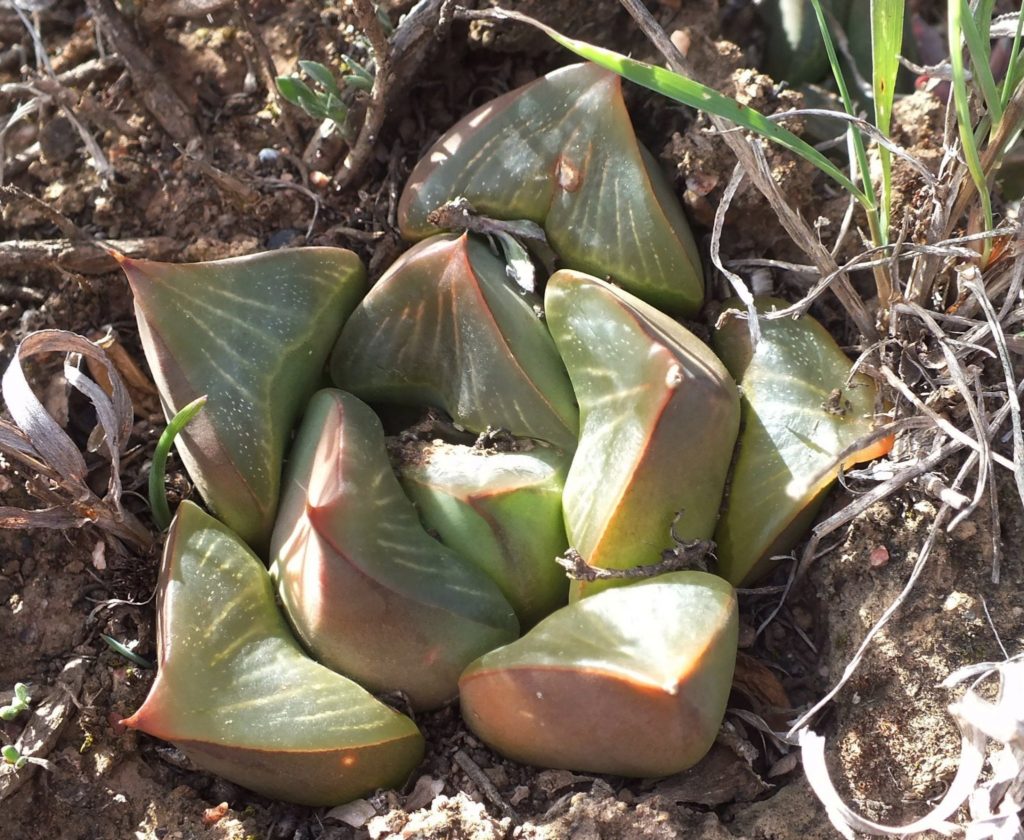
More retusa from west of Riversdale. This species also has that enormous range of variation that makes classification so awkward and contentious. Some of those quirky leaf shapes and tips occur in H. mutica too.
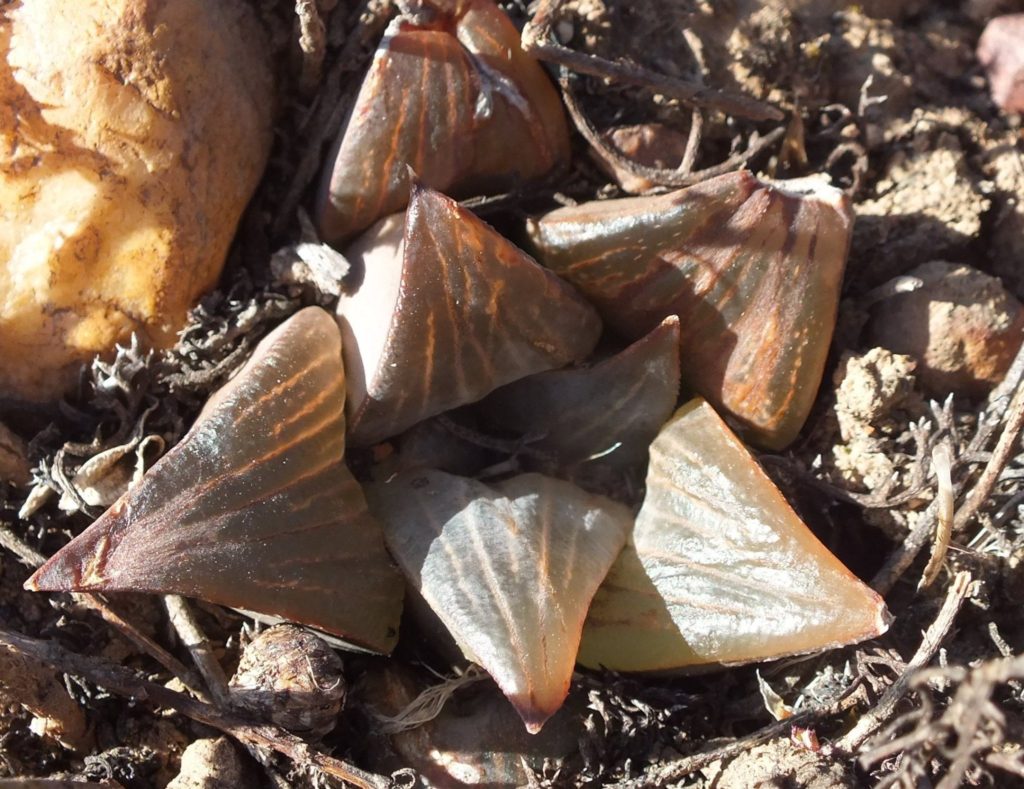
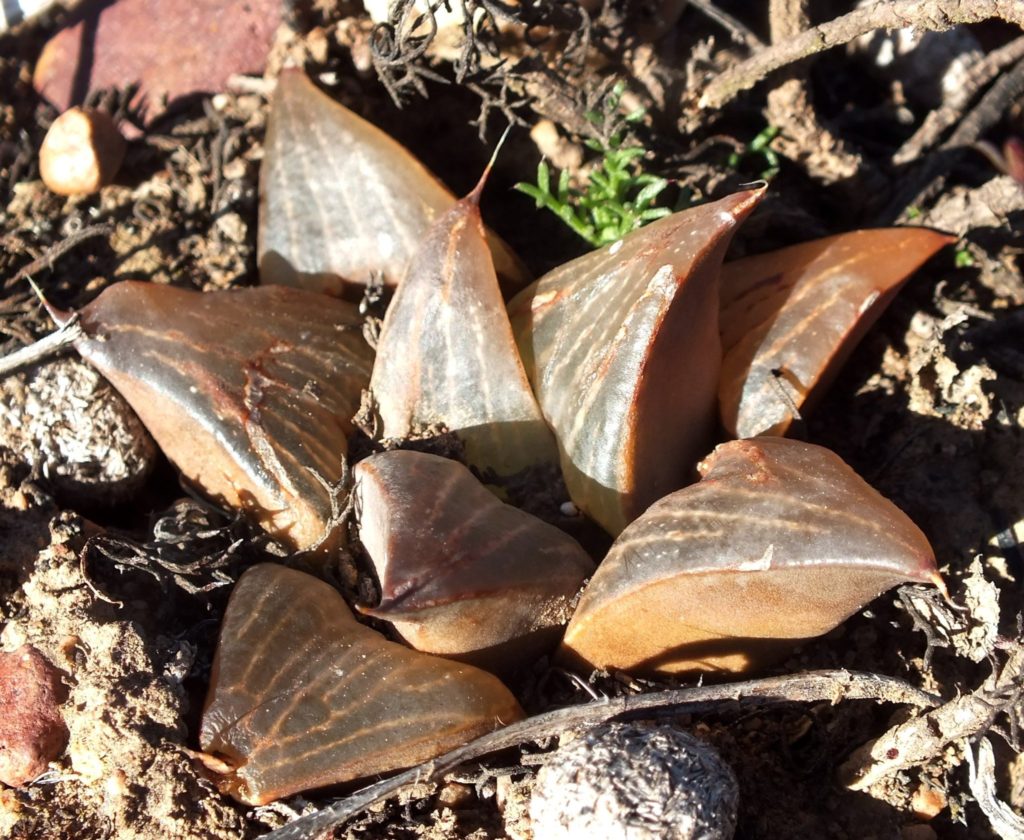
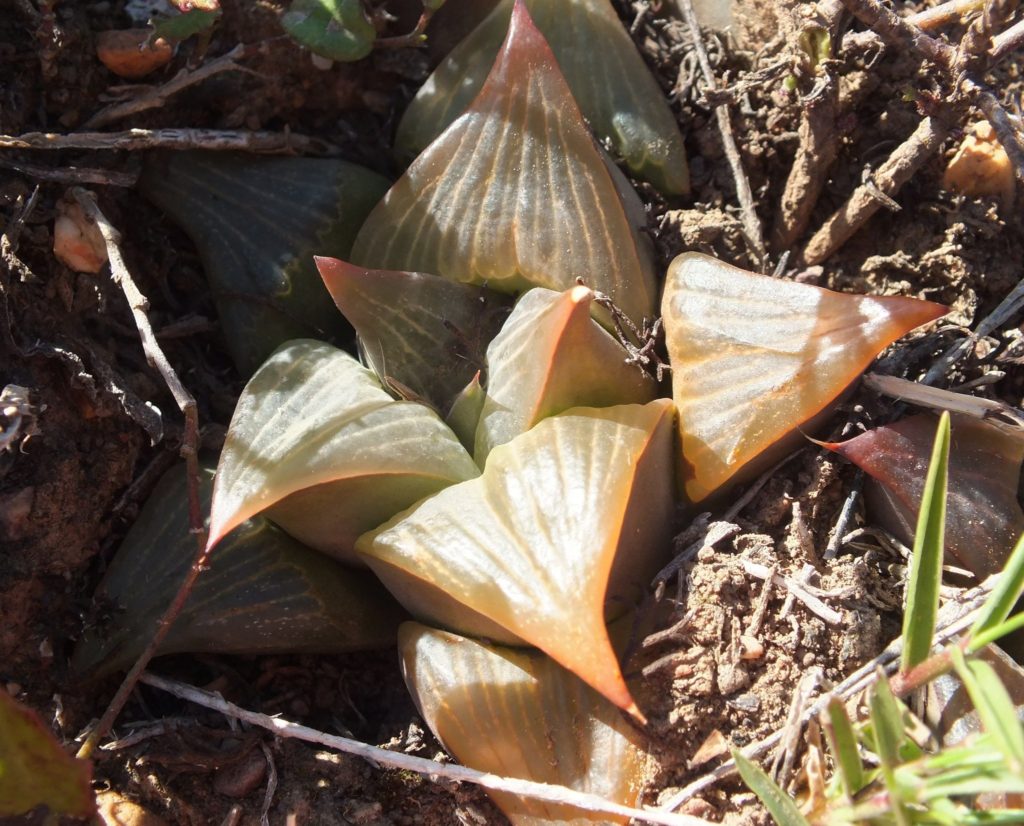
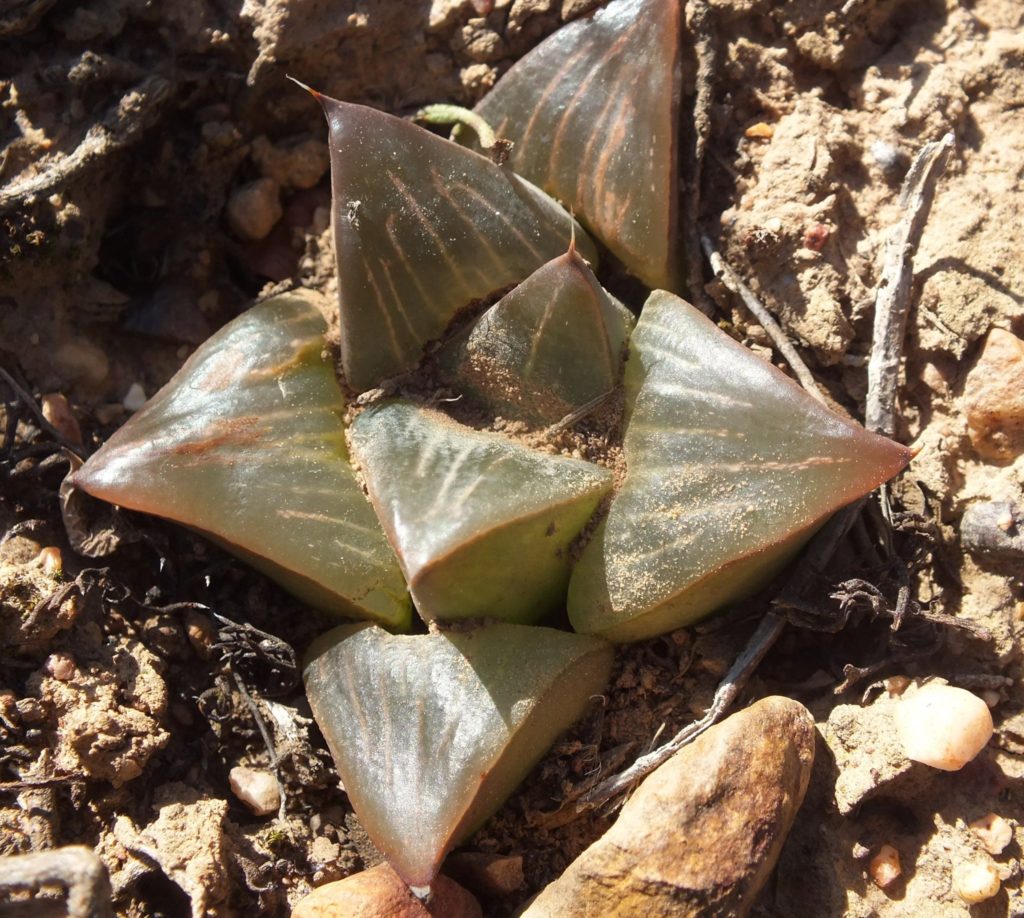
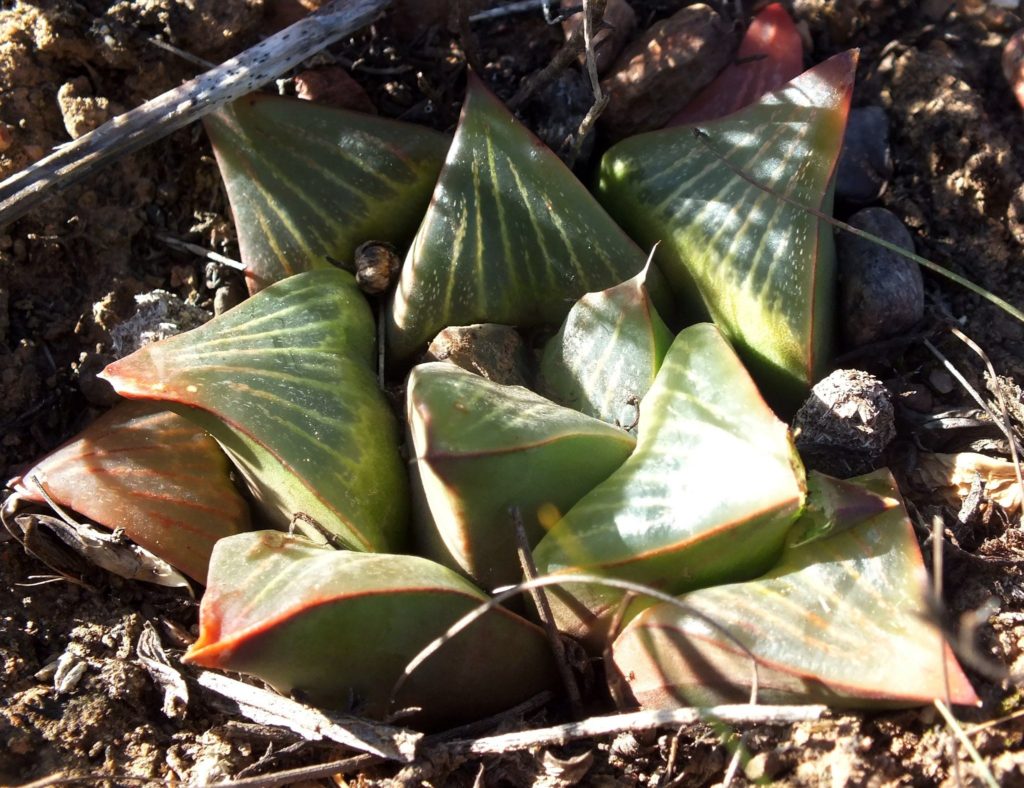
I could quite happily go back to Riversdale for another 20 pictures of these captivating plants. I was on about “white flecks”. Us mad taxonomists are always looking for characters by which to make outrageous claims, but some of these things like flecks and windows can be pretty behavioral beyond just variables in a population.
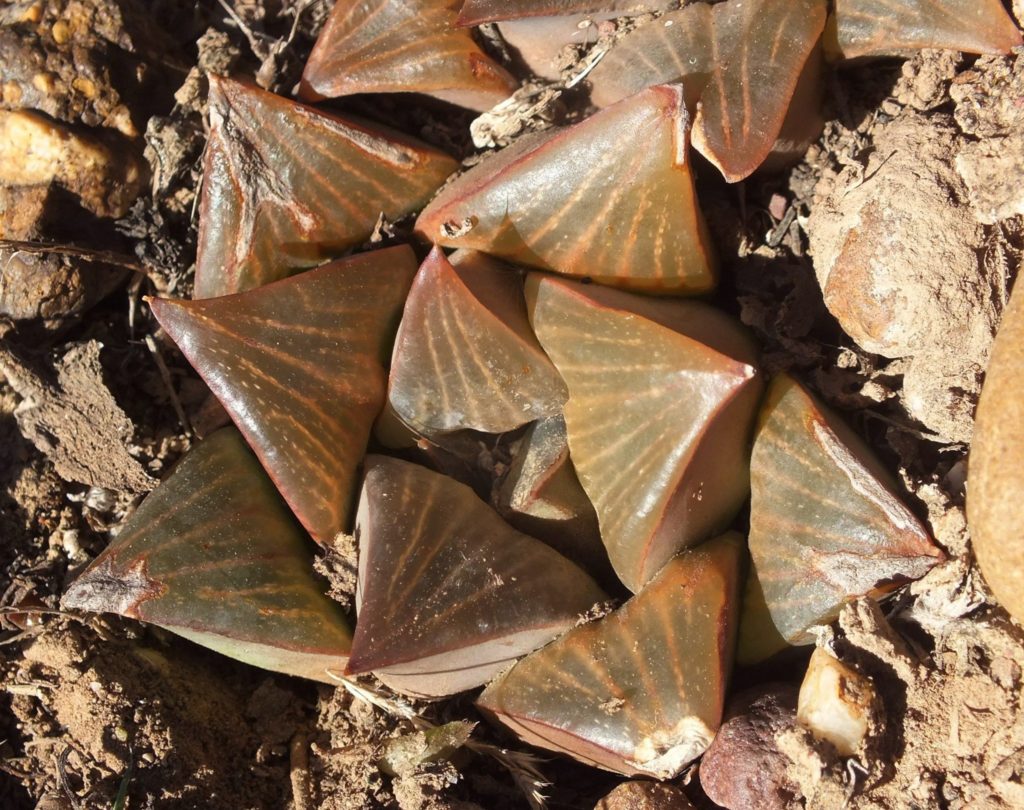
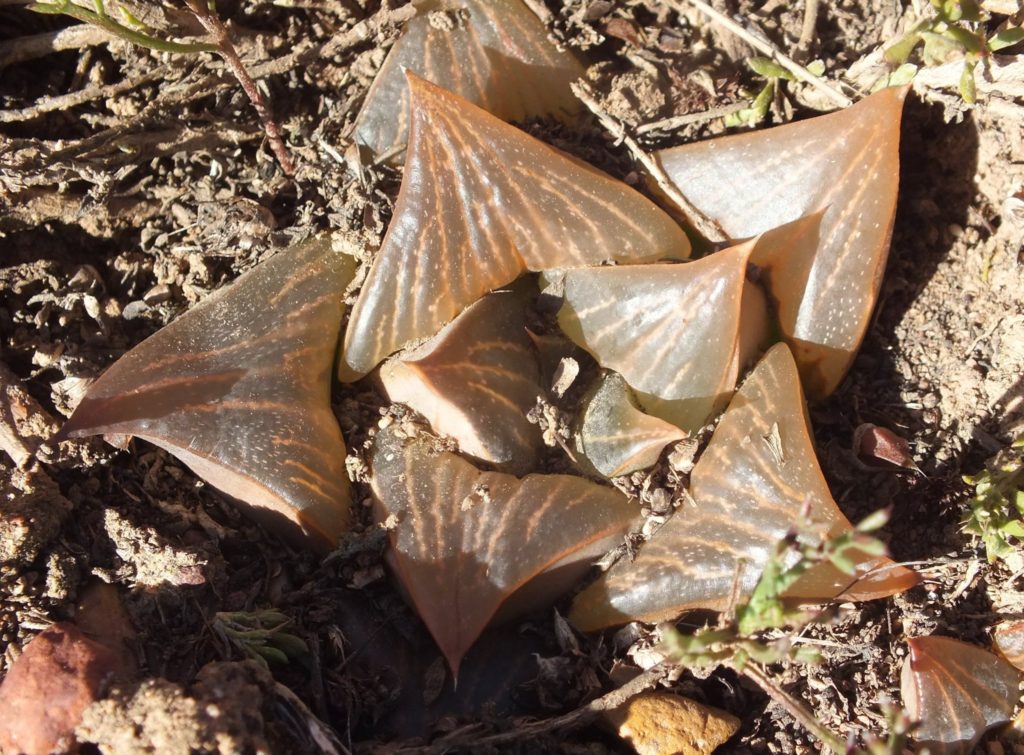
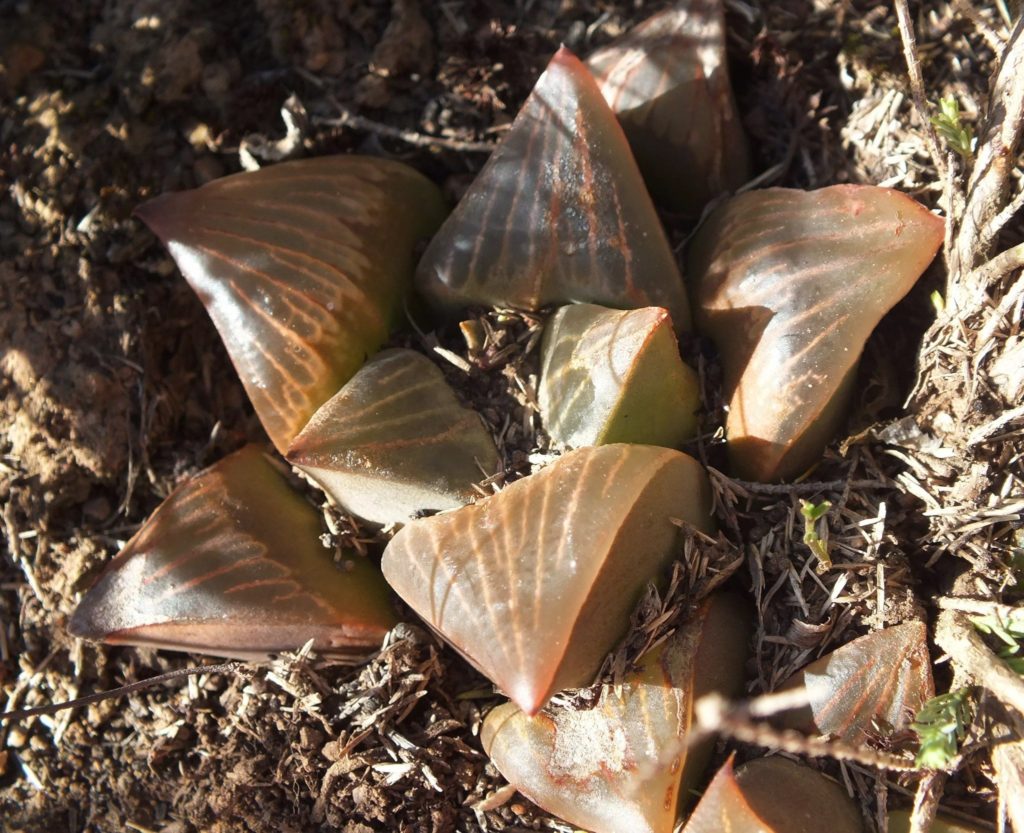


The significance of the flecks is that it is critical in relation to the recognition of jakubii as a species in view of the arguments put forward by proponents. The argument is made that jakubii has these flecks whereas my collection at Windsor a little further is supposed to not have them. Further argument is made that my photographs are just fleeting images and bear no relation to close observation in cultivation. So I can show that these are plants at Windsor that do have flecks, not only that, they appear in more species where this antagonistic proponent implies their absence. Both Essie and I simply observe that jakubi is in the continuum of H. mirabilis, and the fleck argument is void.
This is a photo of a pygmaea from Humor. These plants were named argenteo-maculosa because of the silver markings. There are actually two kinds. The narrow sharply defined and the more diffuse larger markings along the veins. The former could be oxalate crystals and the latter aggregates of chloroplast filled cells. It should be understood that there are more than 20 features in leaf anatomy that some scientists feel could actually be used alone to identify down to species level. My experience and opinion is that it only leads to very emphatic opinions than are not always true. In fact generally quite false. An example is my experience where I was called in as a practical field observer to support results obtained for surface studies where atomic absorption photography had been used to make big decisions. Why was that necessary at all?
More retusa – it is quite instructive to examine windowing in the individual plants. It would be very difficult to quantify. Flecking either as chlorenchema aggregates or oxalate crystals if that is what they are – is relatively absent.
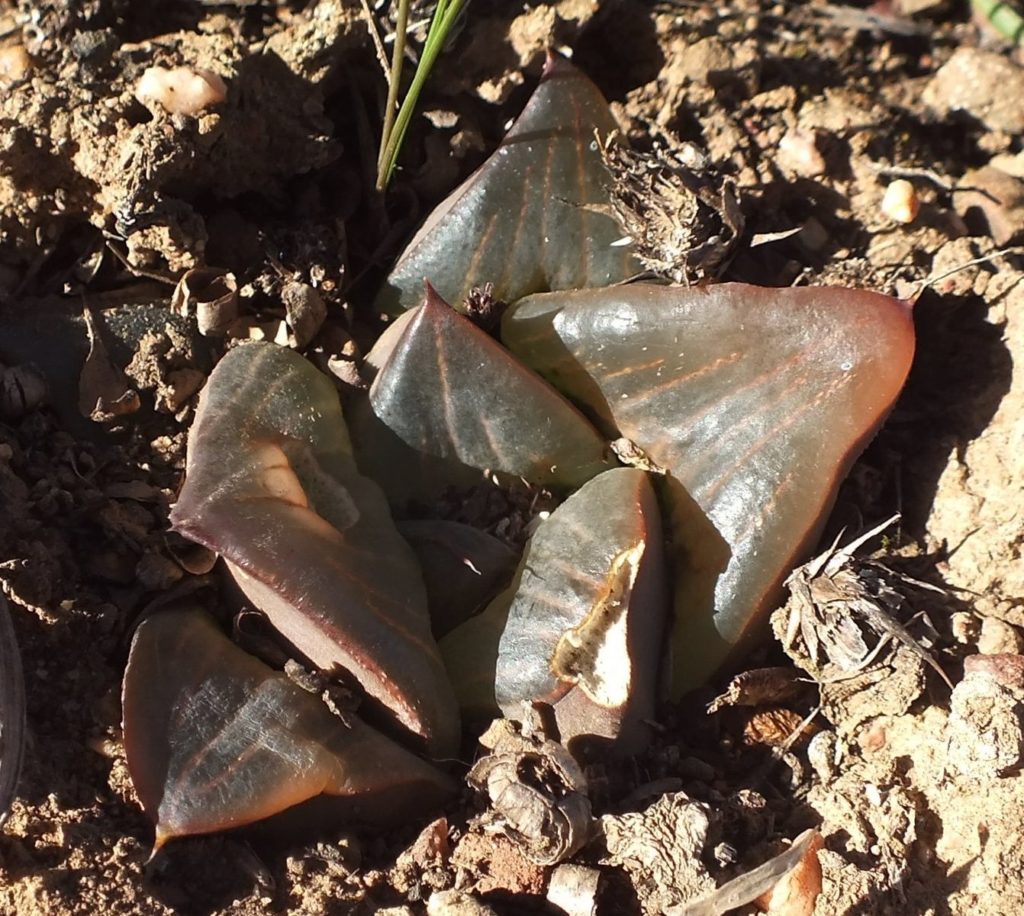
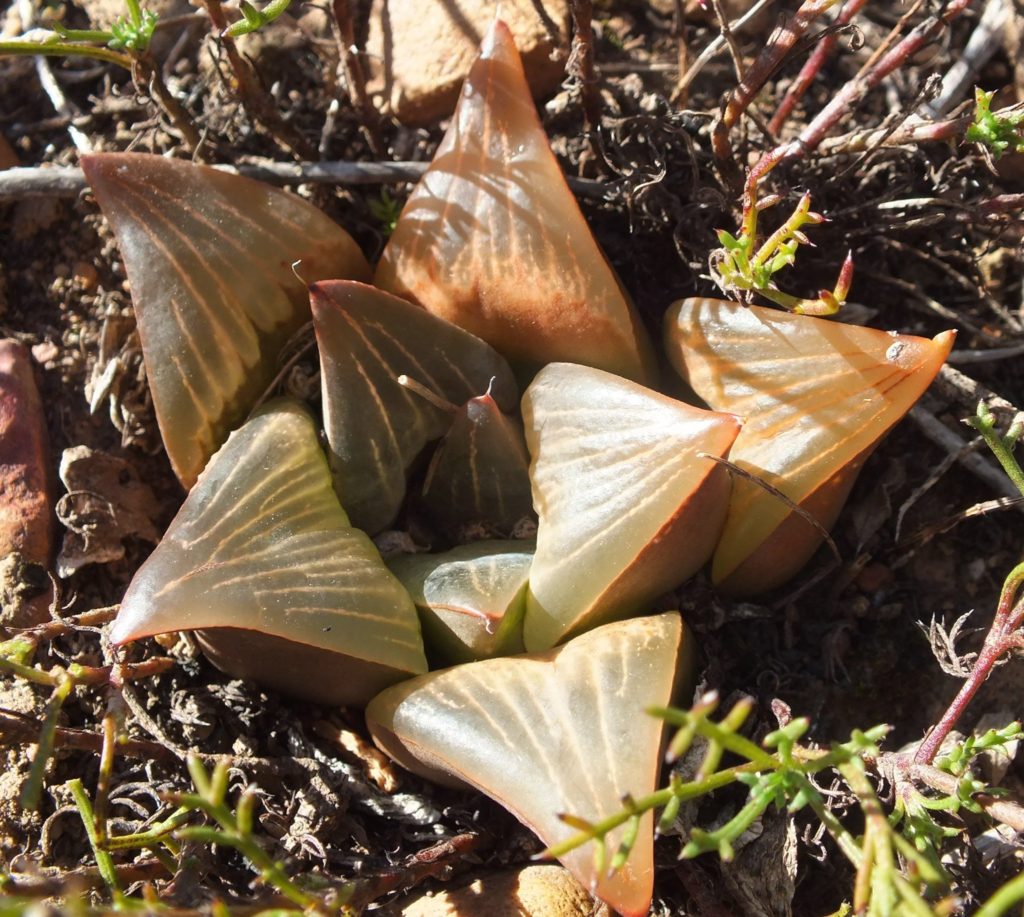
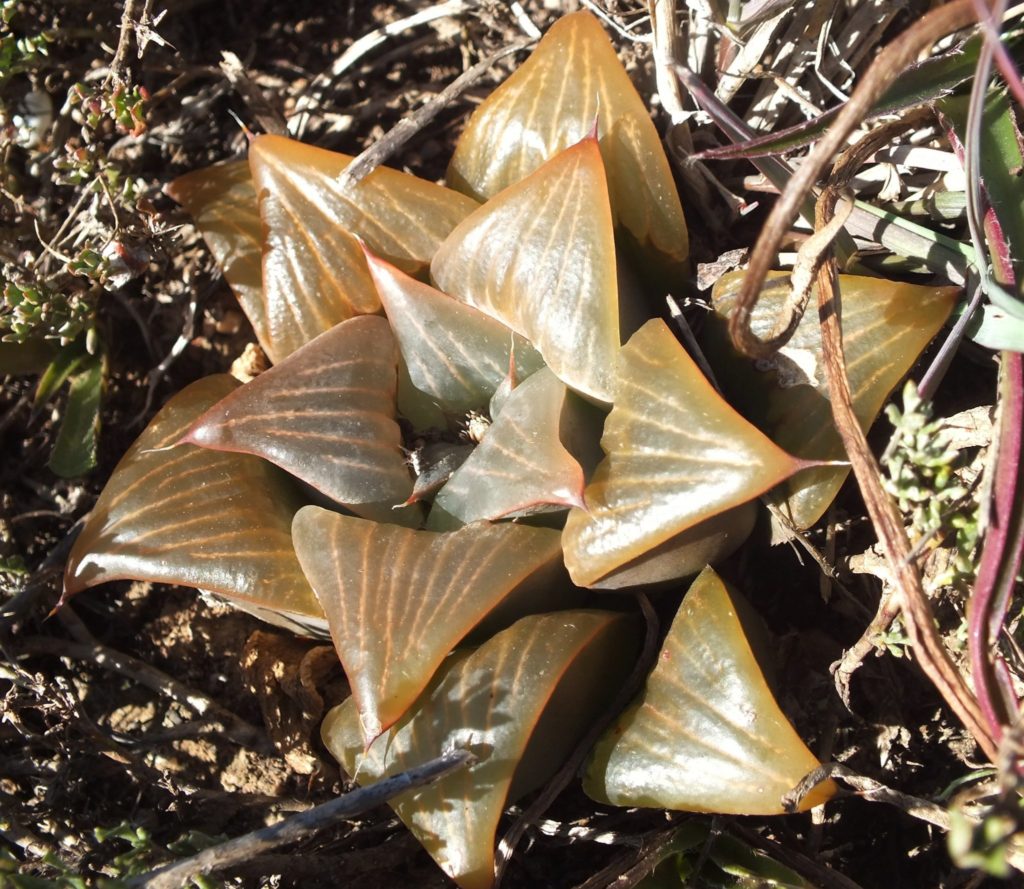
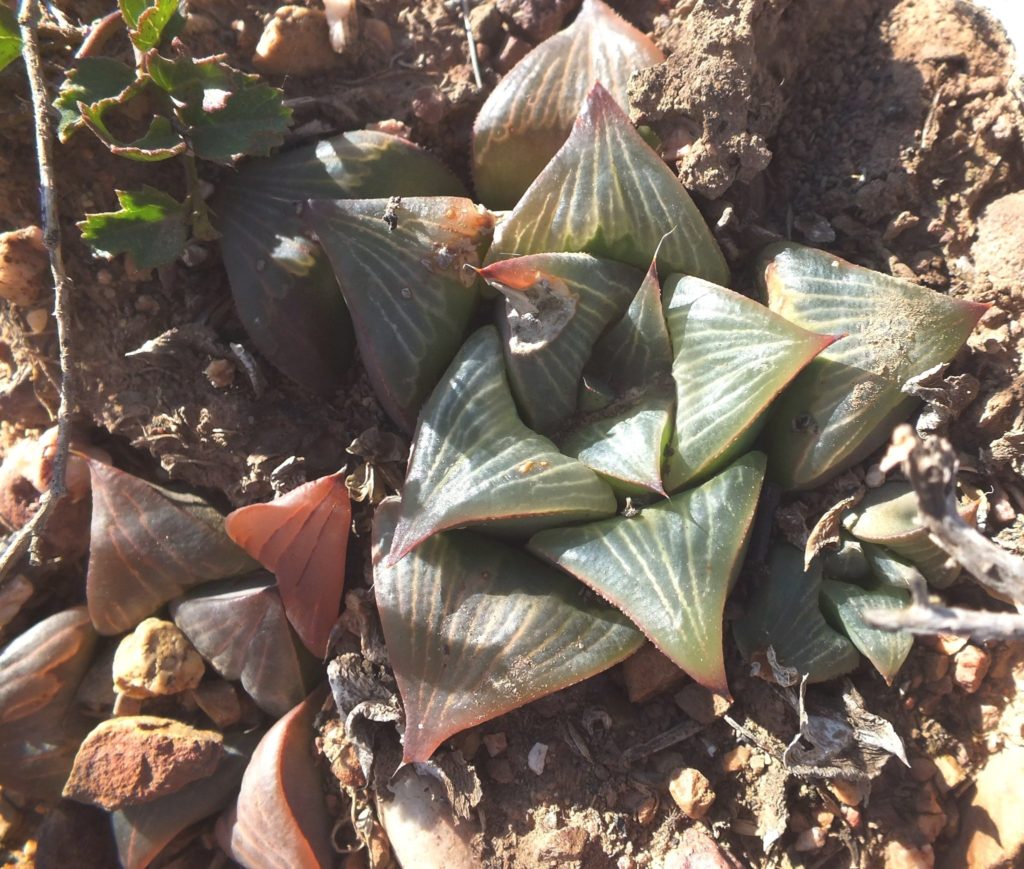

This diagram of interconnectedness and continuity has its roots in a first draft drawn in 1966 when it was pretty clear that there were clinal gradients from population to population of Haworthia. This has been demonstrated time and time again. Essie has independently come to exactly the same conclusion from the same careful and considered exploration and observation. All these elements on the map are somehow connected and are best understood in this context. This has nothing to do with simply providing labels and names for collectors – it is about providing a basis for a deeper appreciation of the plants and their origins. In fact, of nature itself.
The blue is the mirabiloids, pink the turgidoids, red retusoids, orange rossouwoids, red crosses muticoids. There are species names in the map. Just remember the lines connect discrete localised populations. Ideally each populations should be “identified” and individually mapped.
What now? I think I am going to carry on with retusa as the red-line drawn on that map. It is totally implicated in turgida as a complementary element. The two are really different in respect of habitat occurrence and degree of proliferation AND not always! I have had these all published and I have posted before, but I want to write with new emphasis supported by what Essie has to say. He is posting on his page… Haworthia veld memories and we are busy writing together as a team. Together we can make this map more significant. These are Essie’s “close east of Riversdale” retusa.
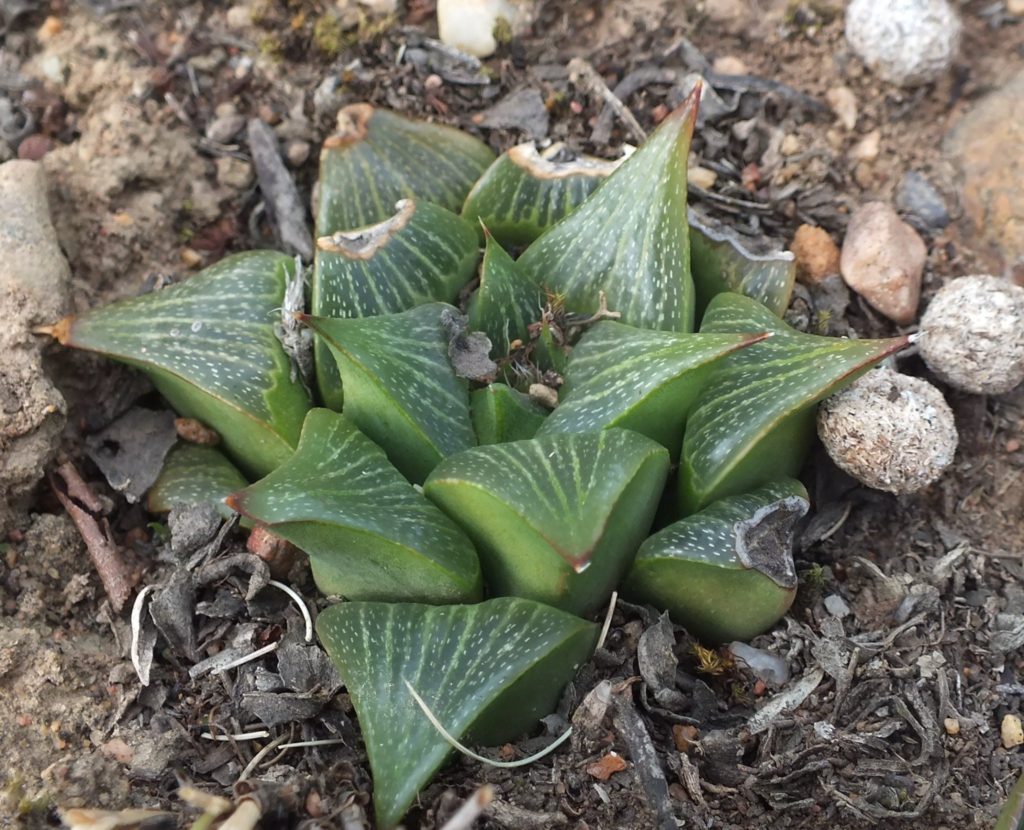
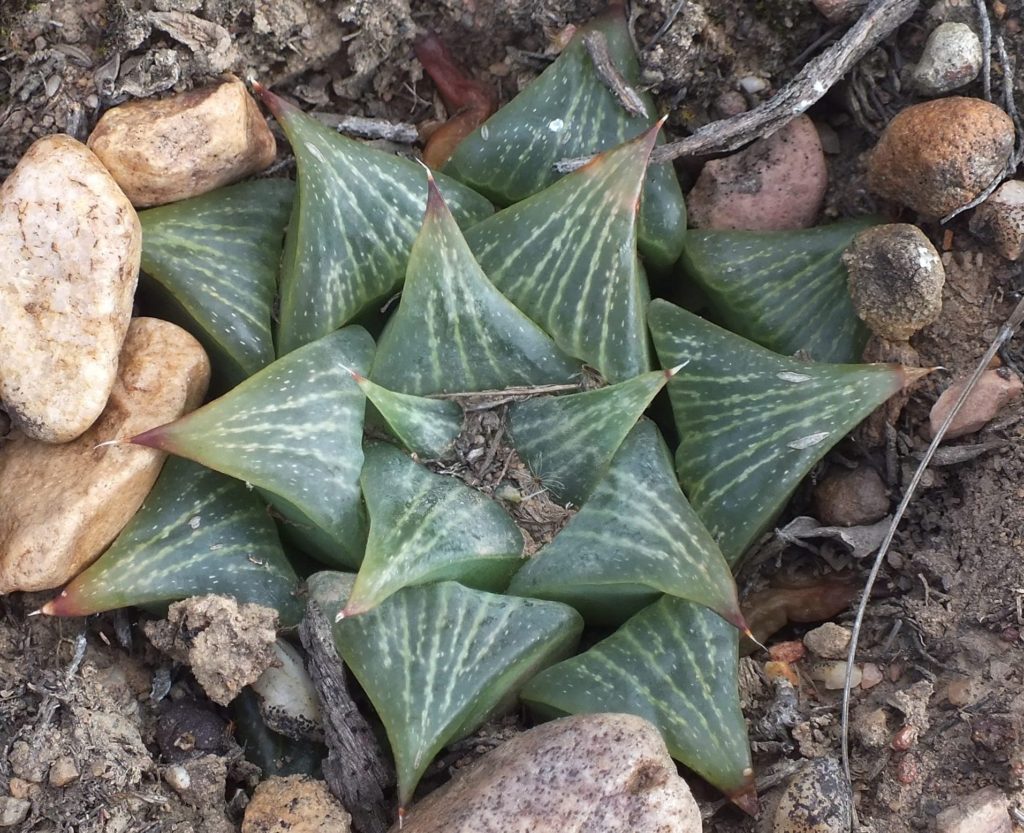

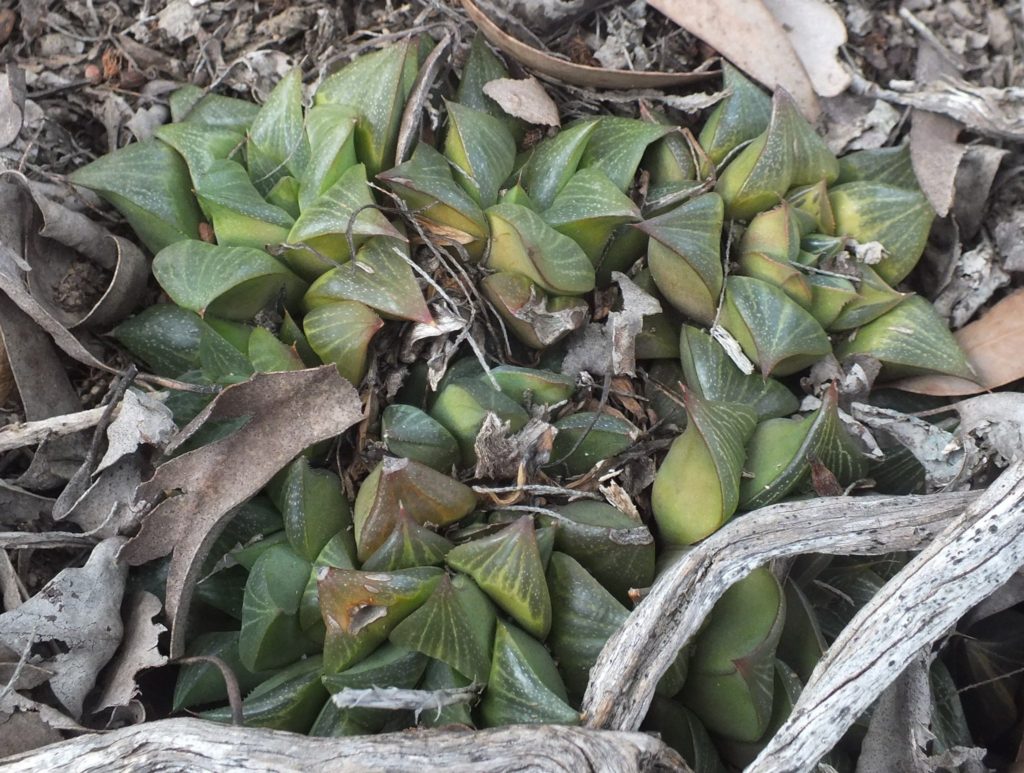
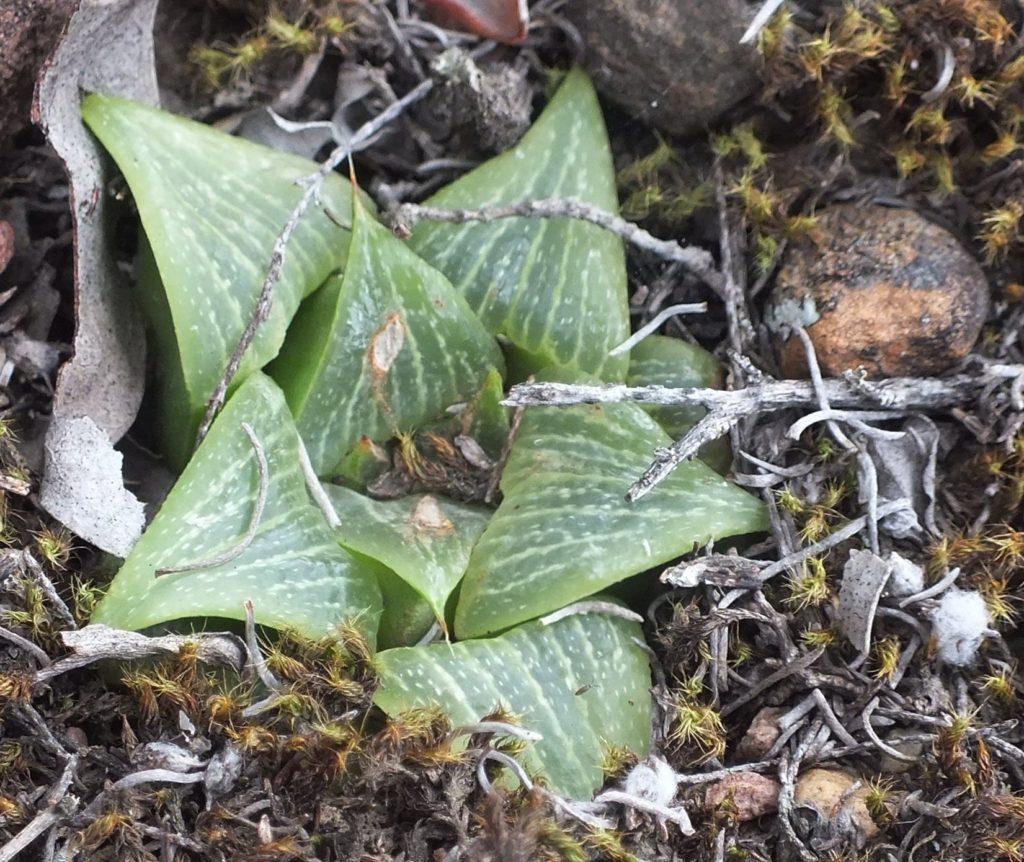
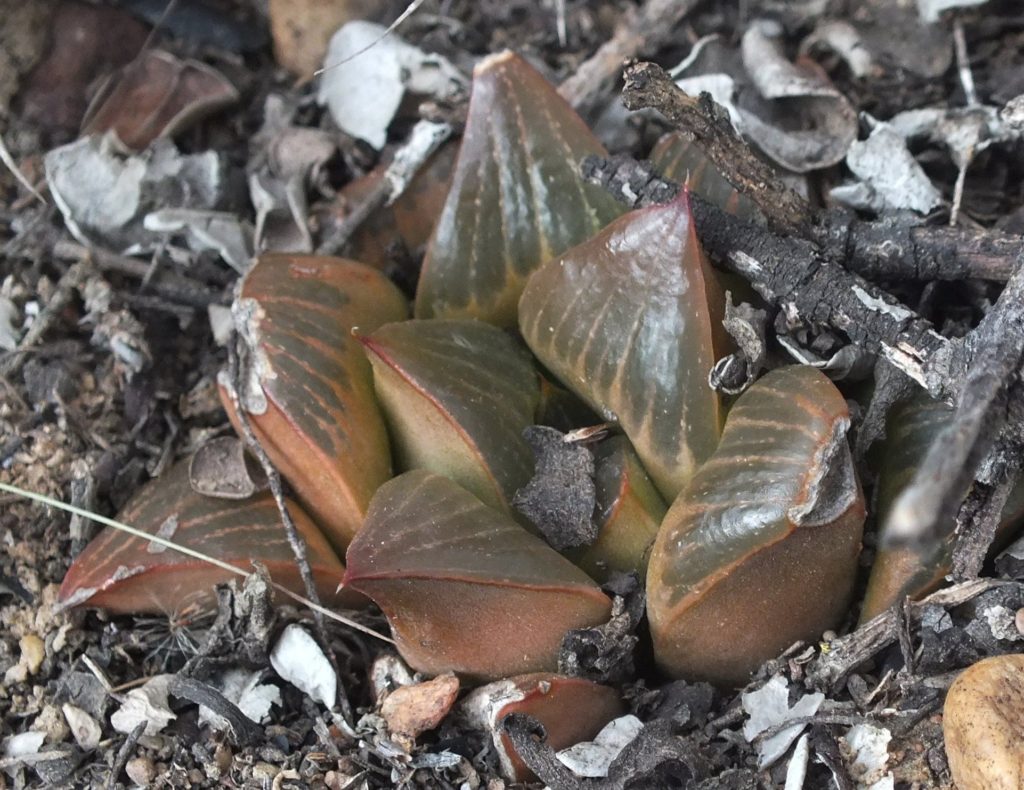

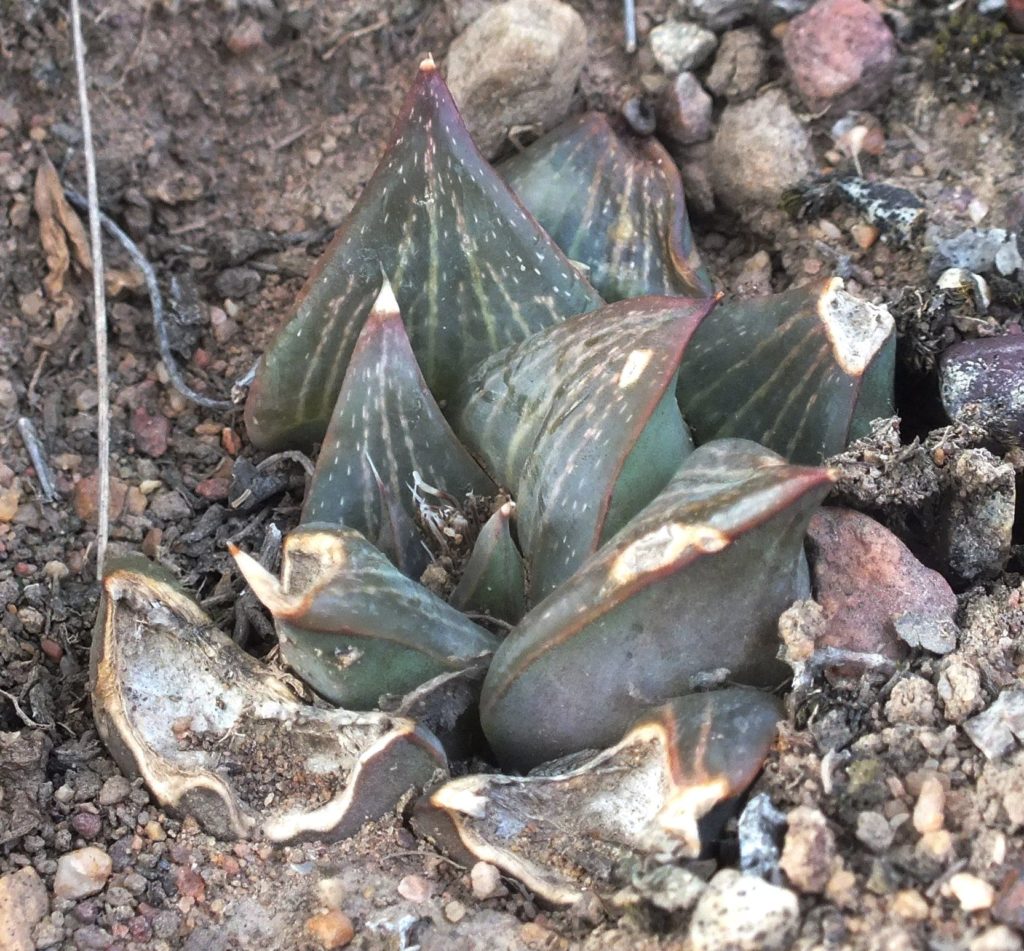
Another West of Riversdale population with pictures taken by Warwick. Take note that populations differ from one another just as the plants within them do too.
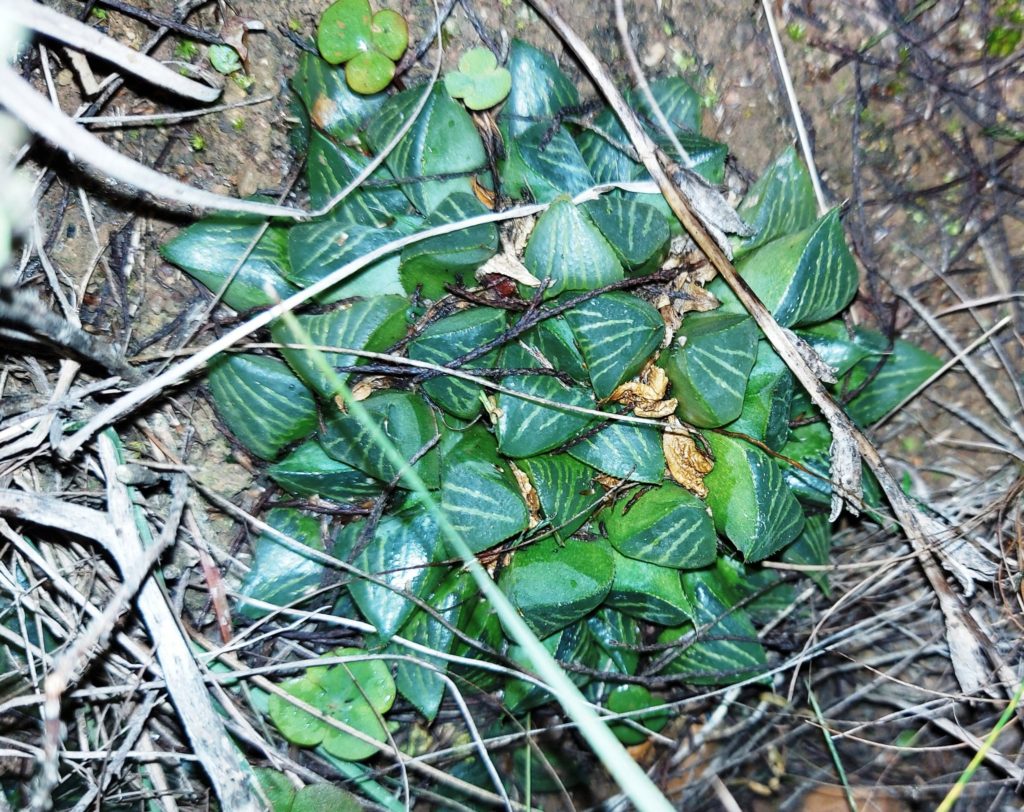
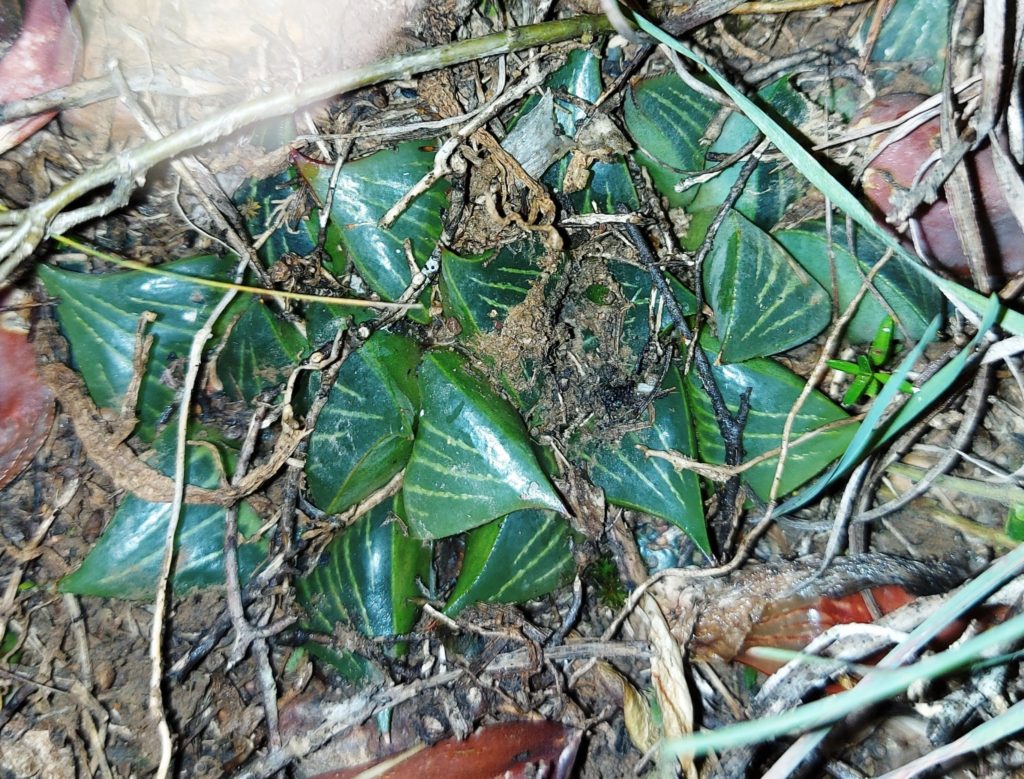
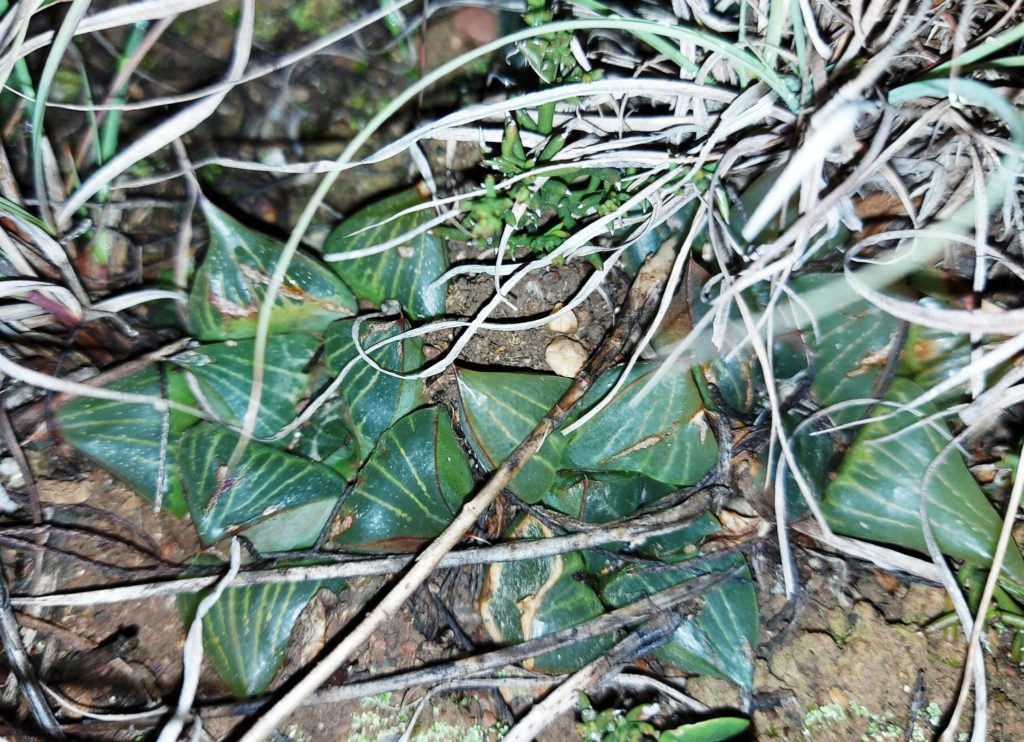
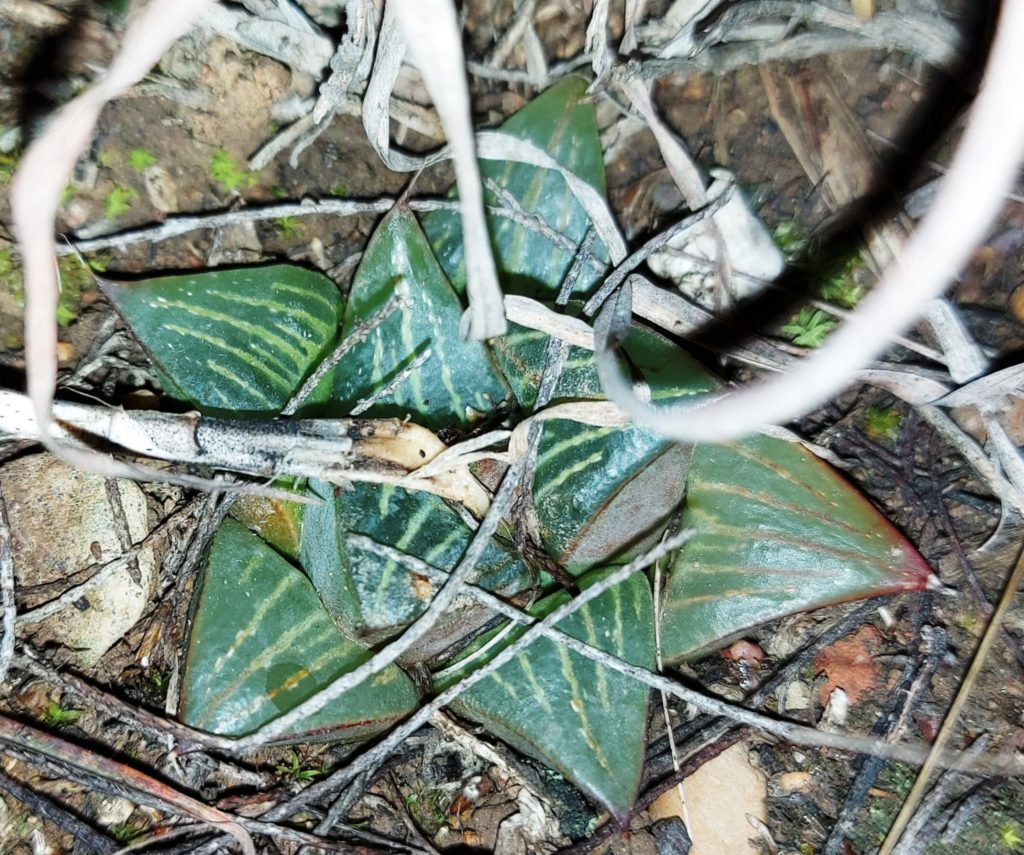

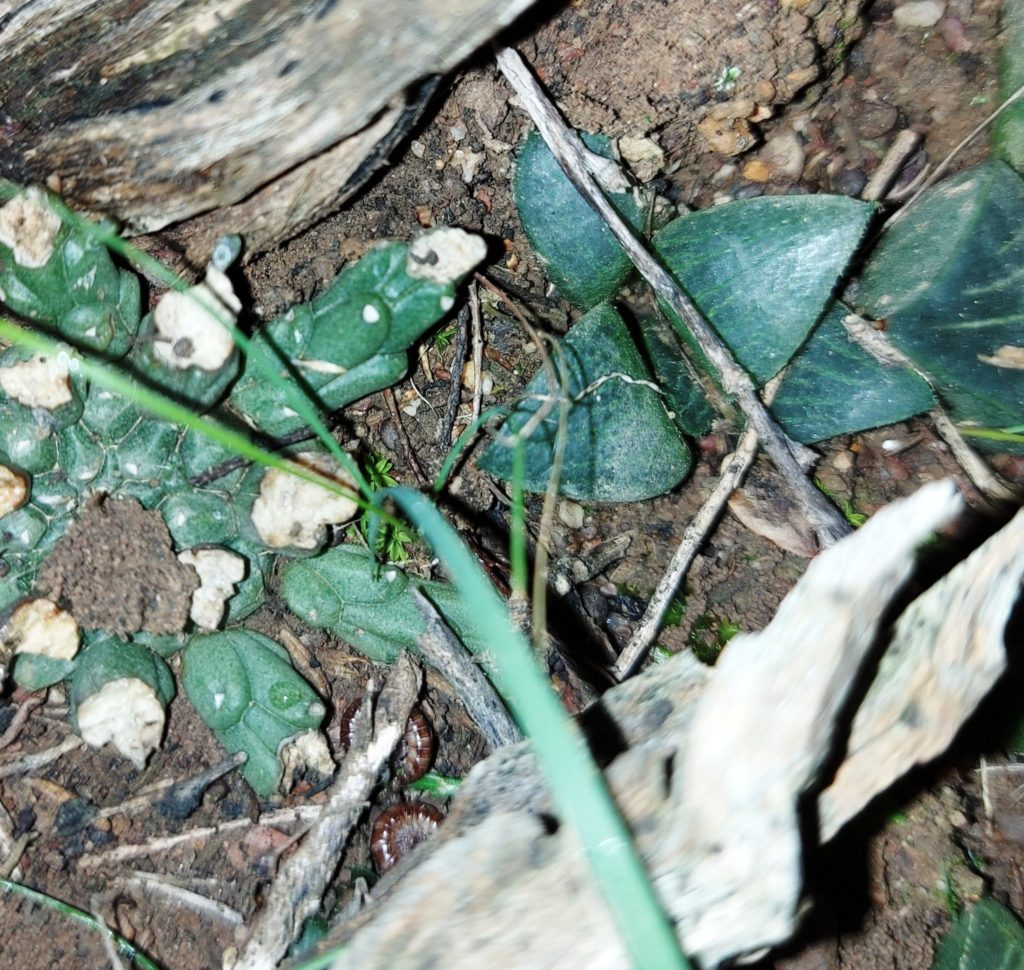

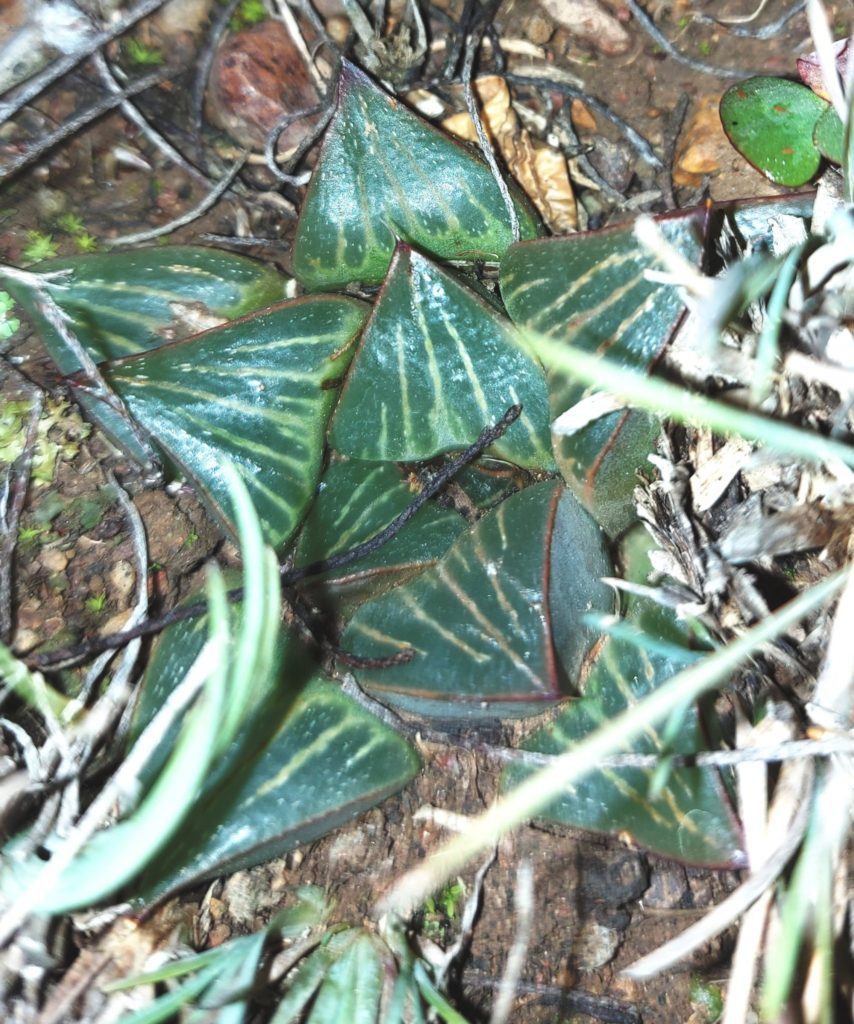
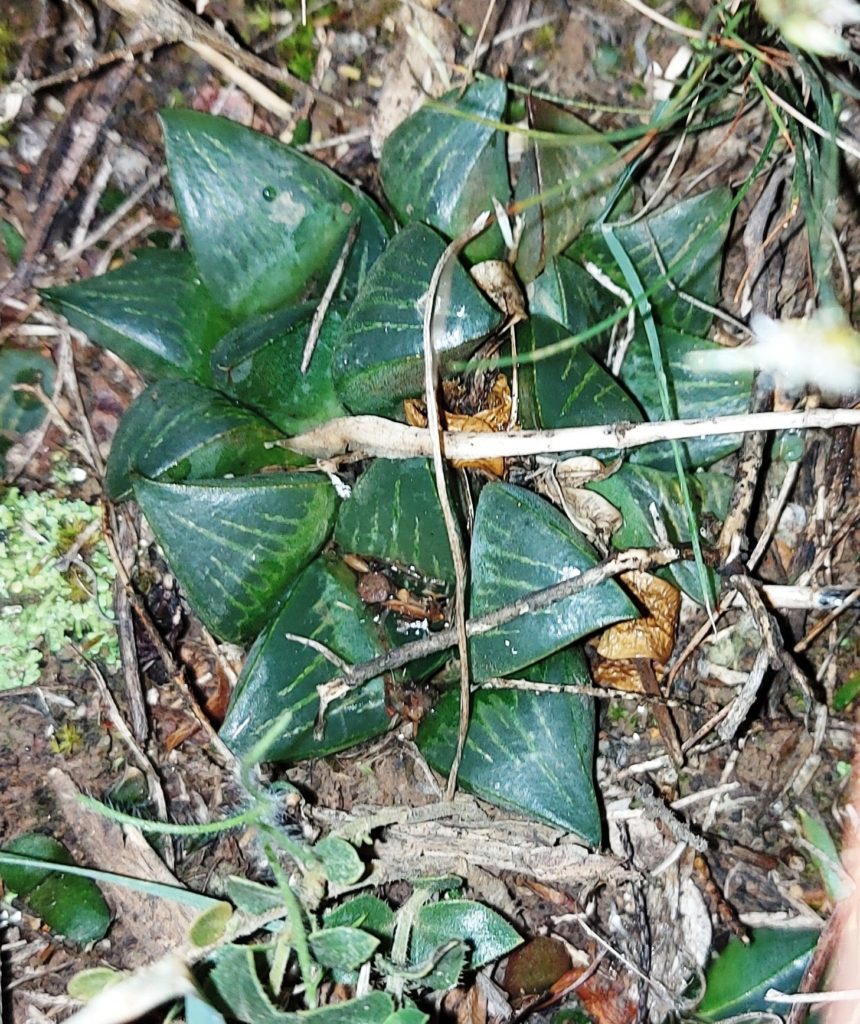
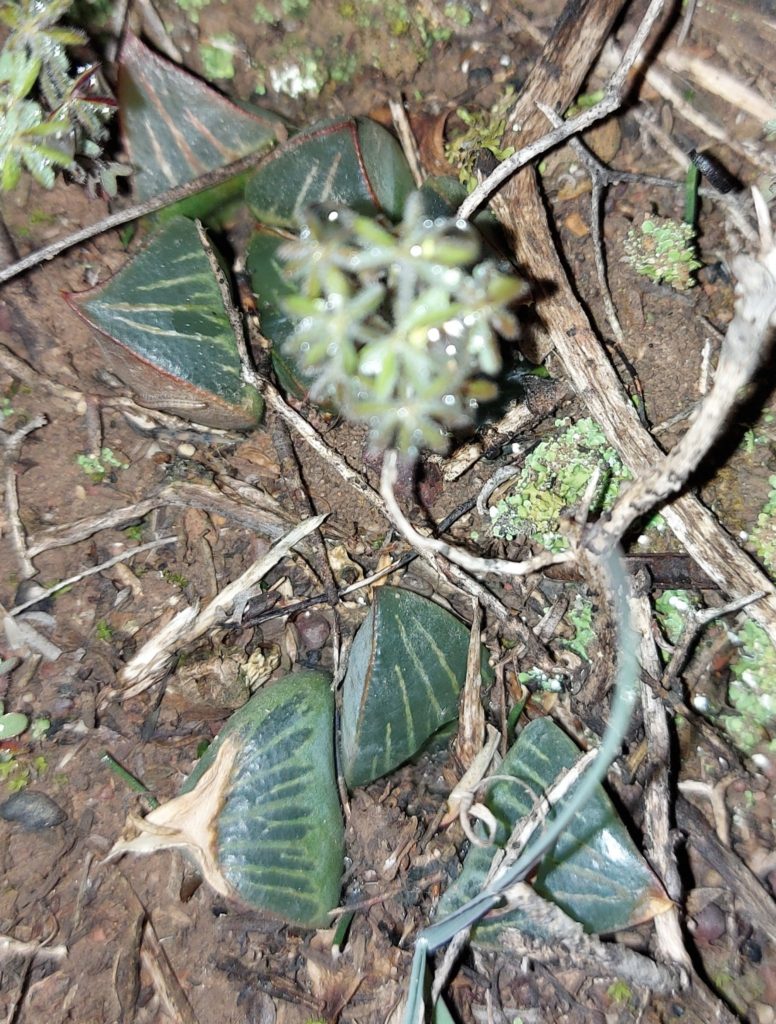
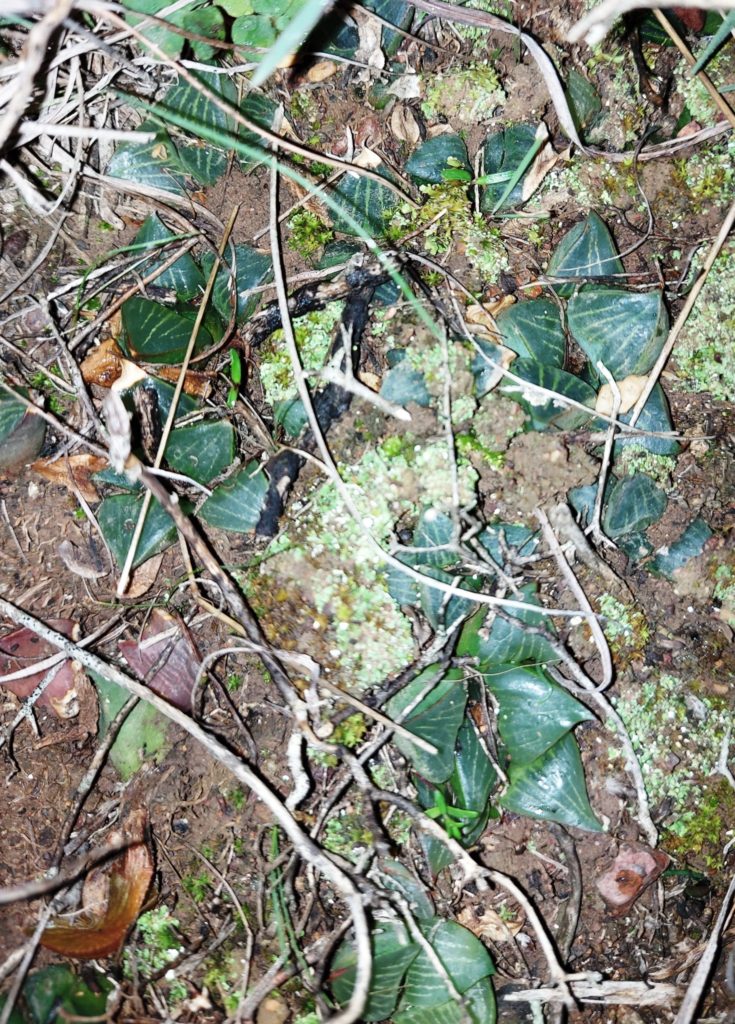
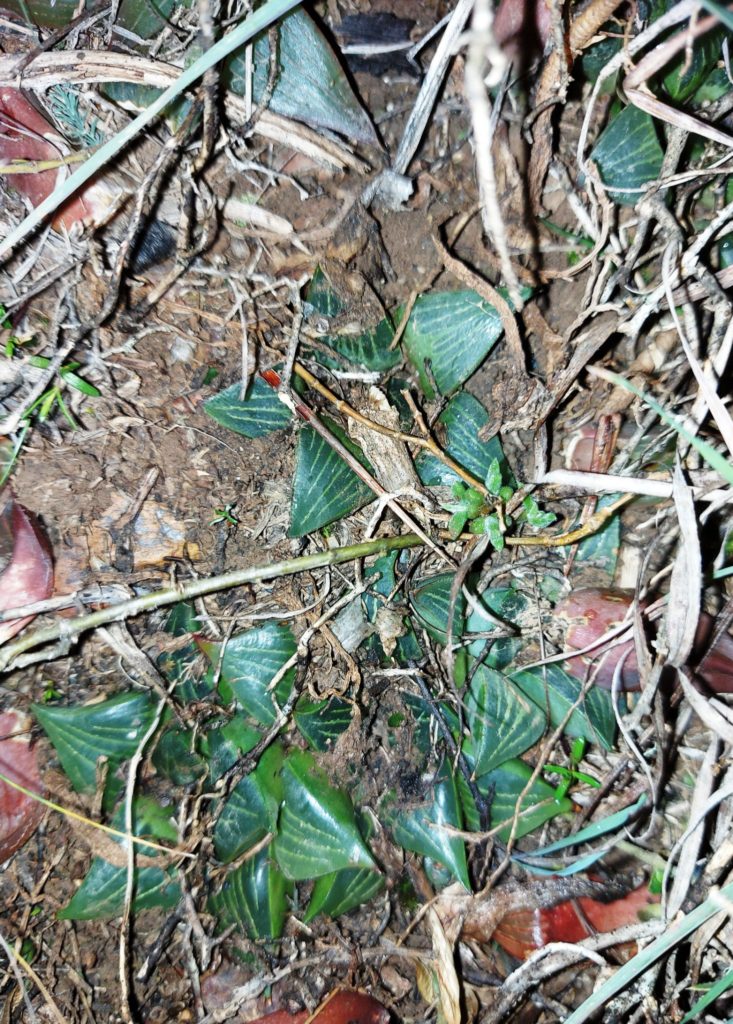
These are about the most southerly of retusa.

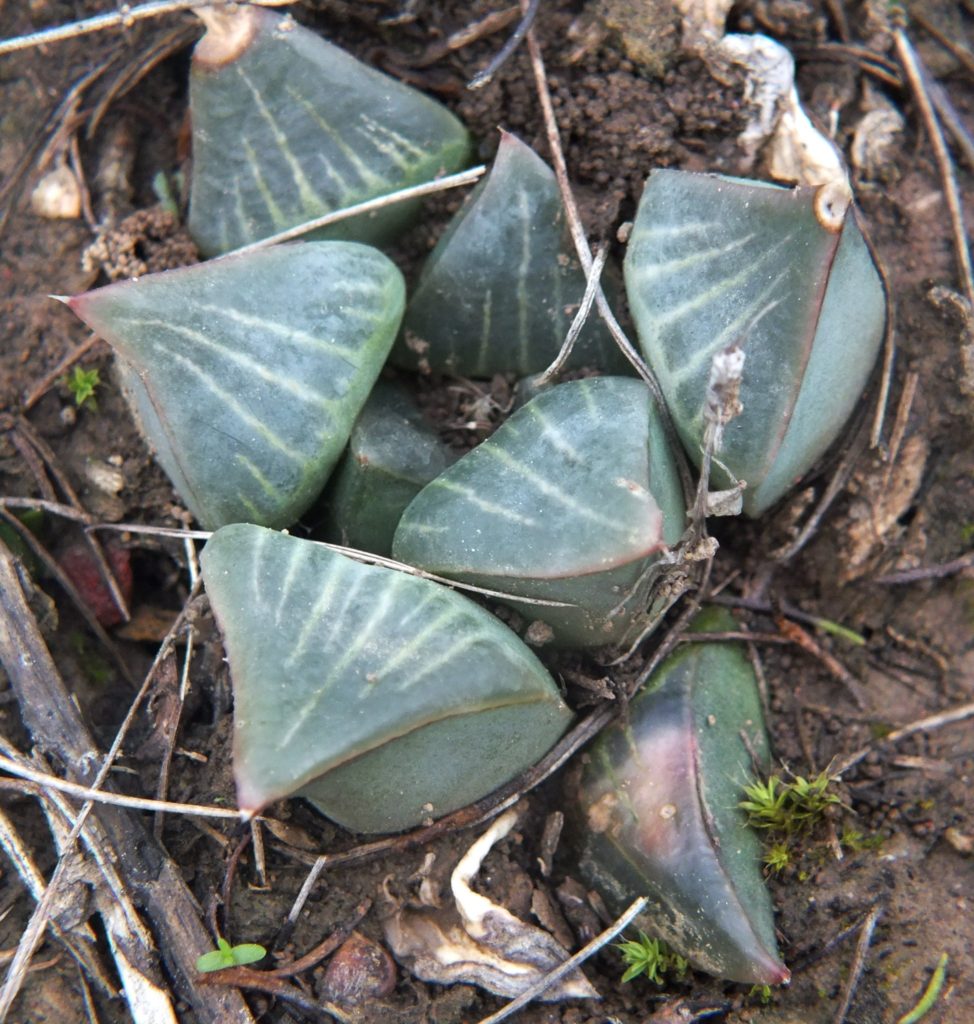



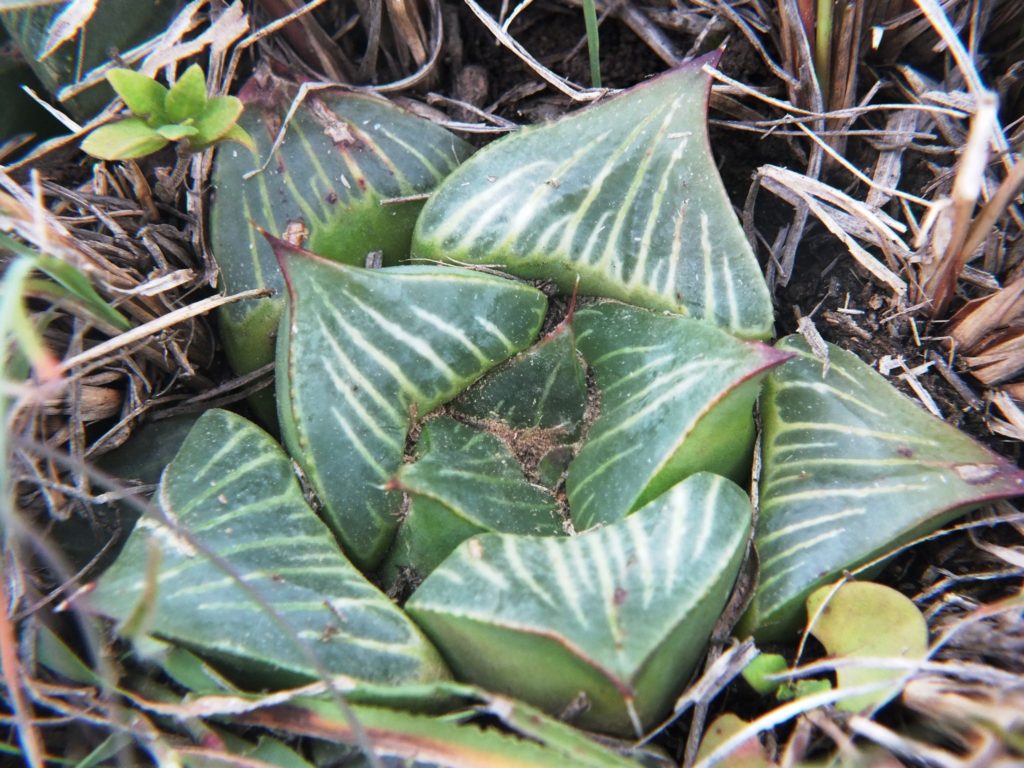


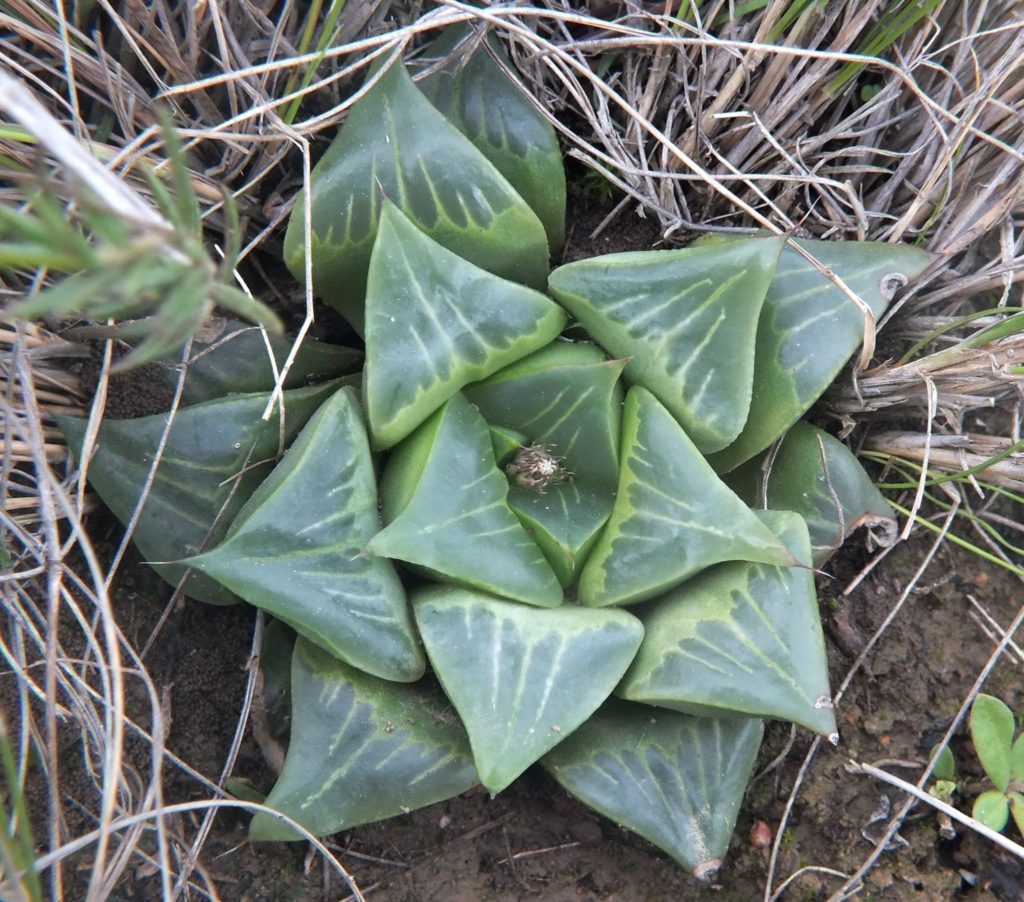
I have often taken a pilgrimage to this site S Riversdale and the population always seems a bit different. I posted a few pictures of plants from here a few days ago taken May this year. The present pictures were taken 1st Aug 2012. Bud are just pushing. Wait until you can compare these with pictures taken 2008 and 2020. Habitat pics should be time-stamped to take into account the shifting dynamics of field populations. Perhaps it would be better to say that some research ought to be undertaken to explore population level changes. Just note that many of these populations are not somewhere you just walk out the back door to see. With modern photography I would suggest a minimum of 20 good photographs for any one habitat – which means take about 50! The underlying truth is that taxonomy has to move away from tinkering with names, to considering the impact of time and conditions.
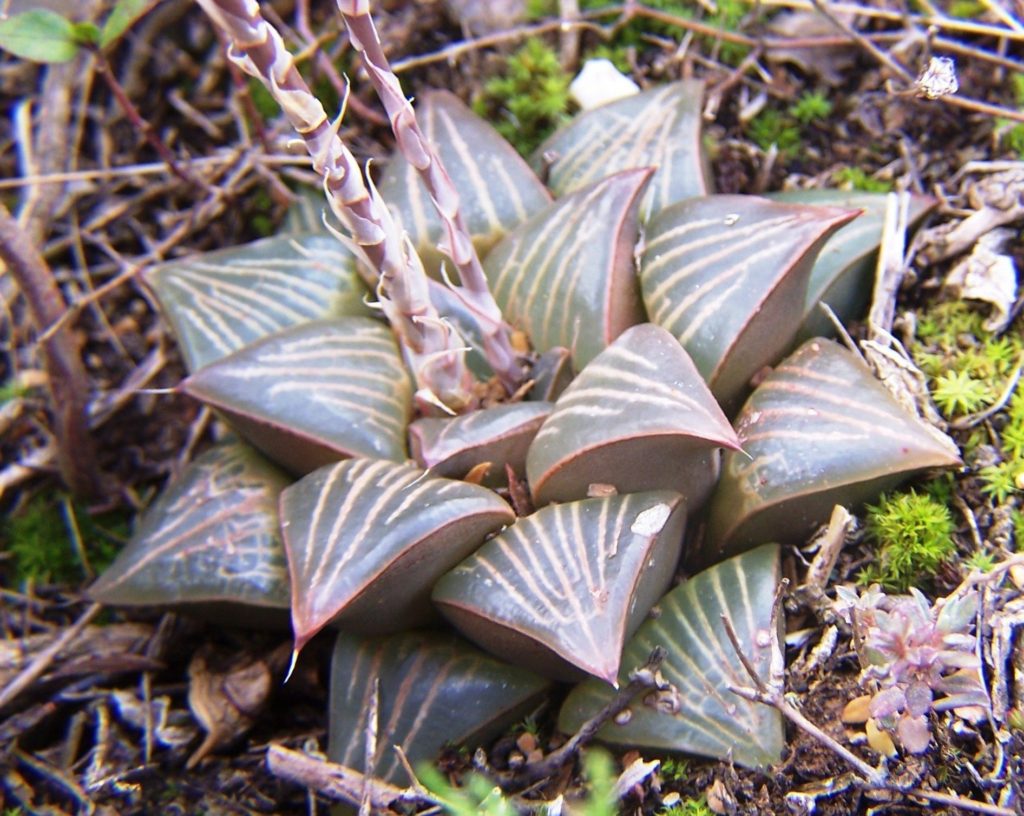
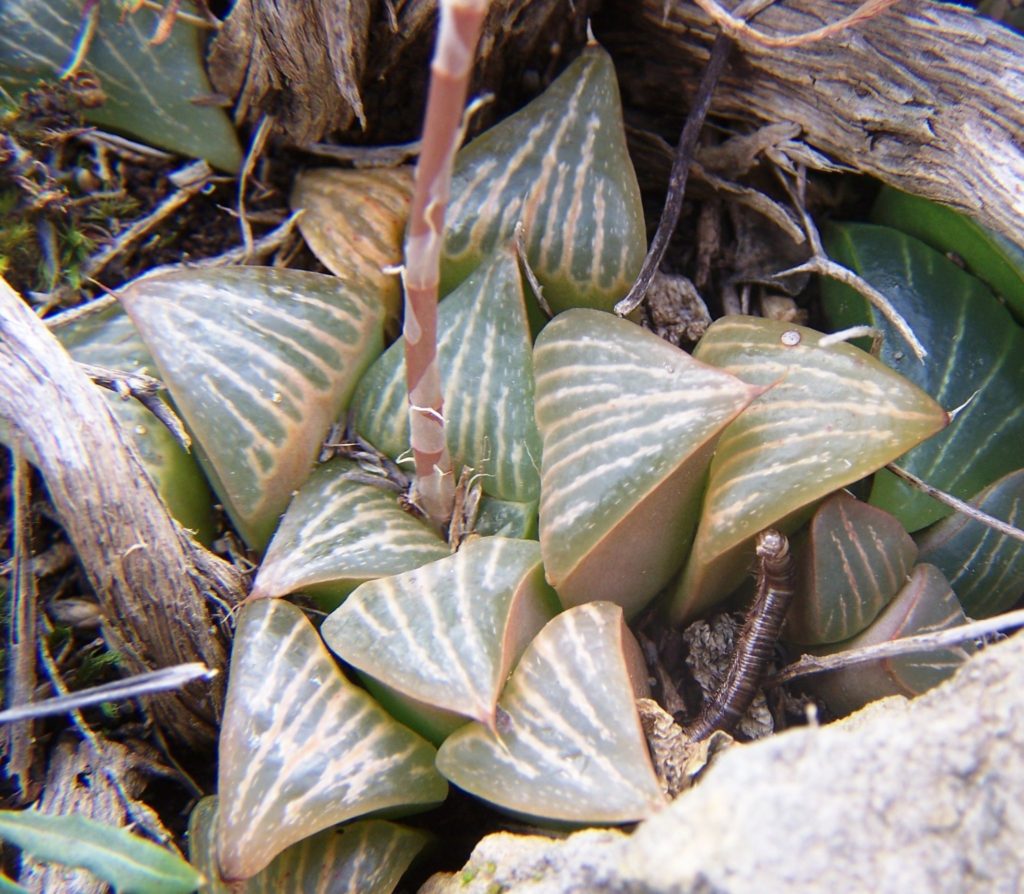
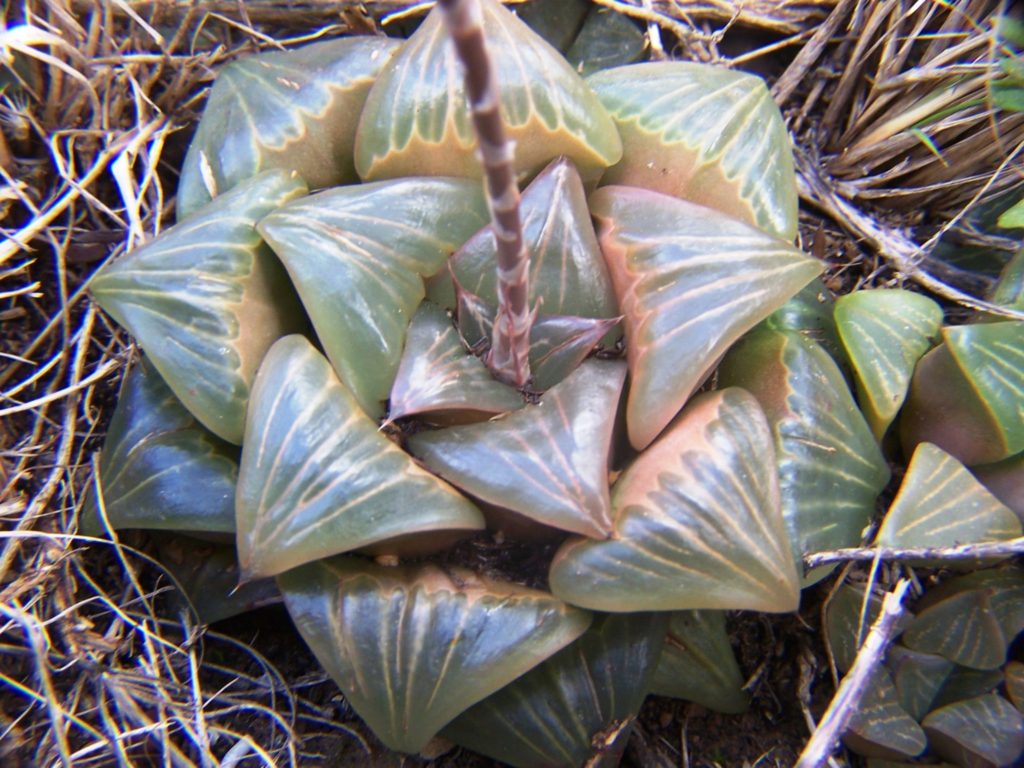

Sept 2008 S Riversdale. Plants in flower and looking great?
January 2020 and the plants colouring up in the sun.
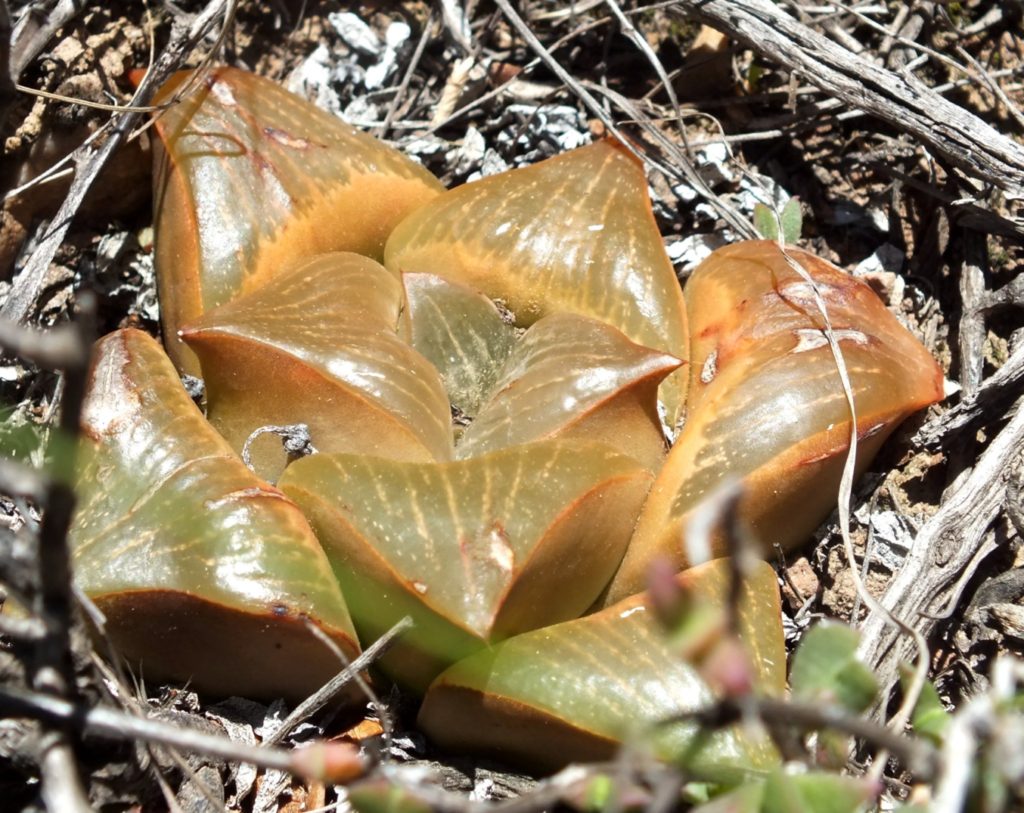
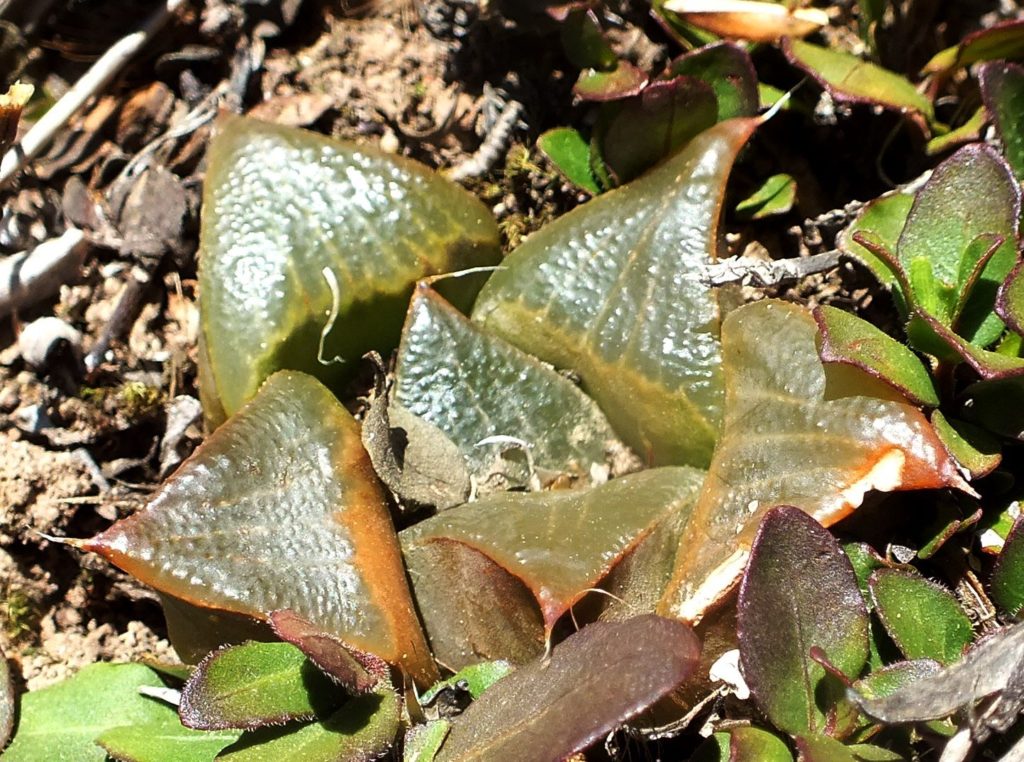
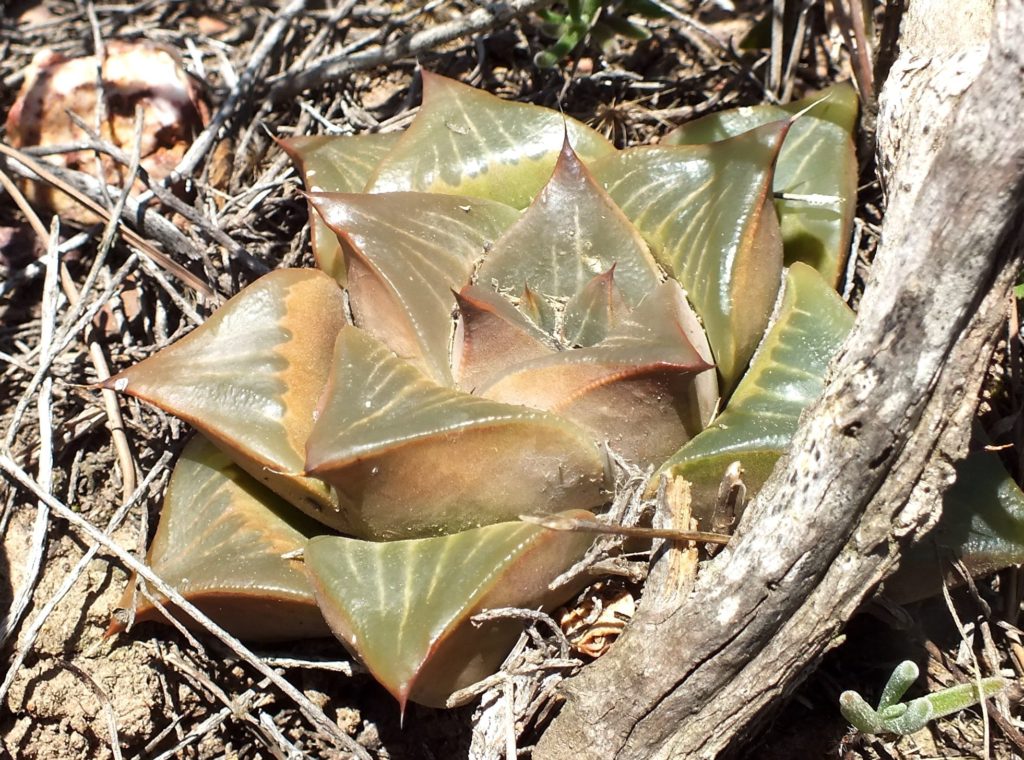
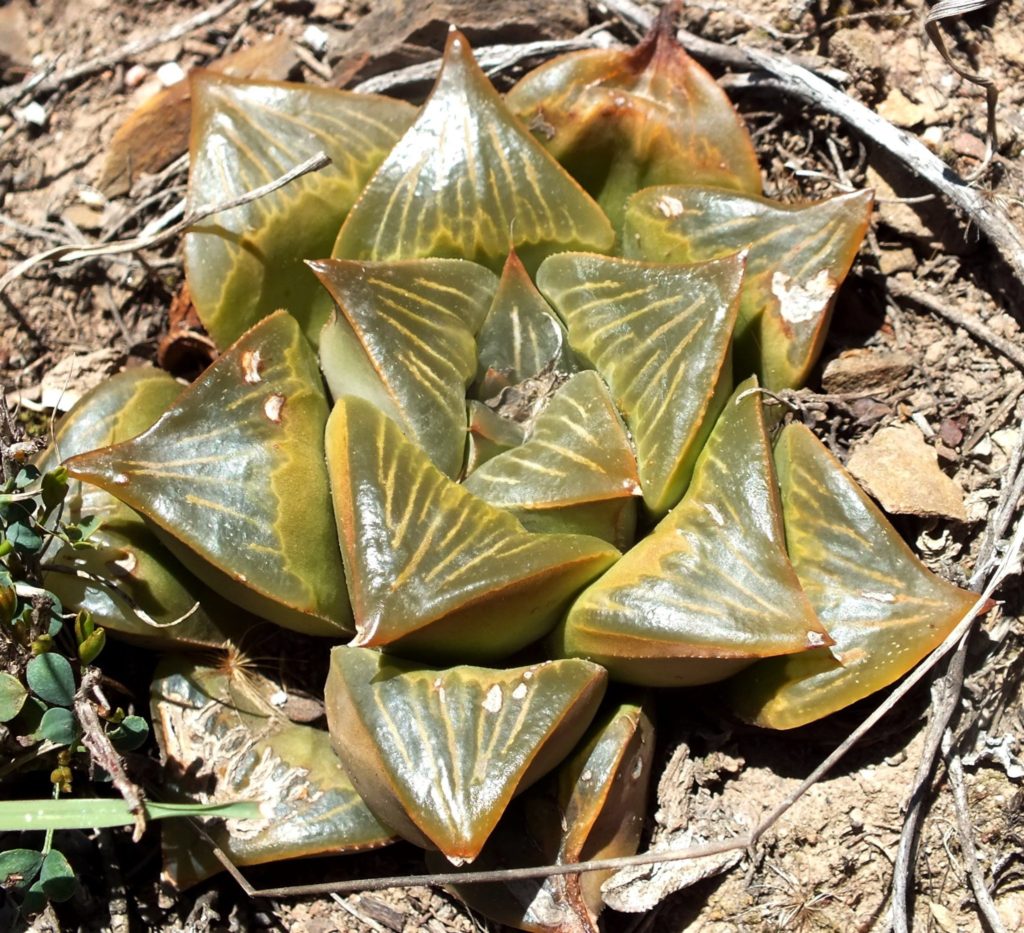
This is another of Essie’s discoveries and particularly interesting because it highlights the reality of the relationship between the recognised species. I regard this population as Mirabiloid retusa because over the whole Southern Cape there is ample evidence that despite gross differences in flowering time of the two “species” involved, they do “hybridise”, but more significantly that they are part and parcel of one system, which calls for a better definition of what the word “species” actually means.

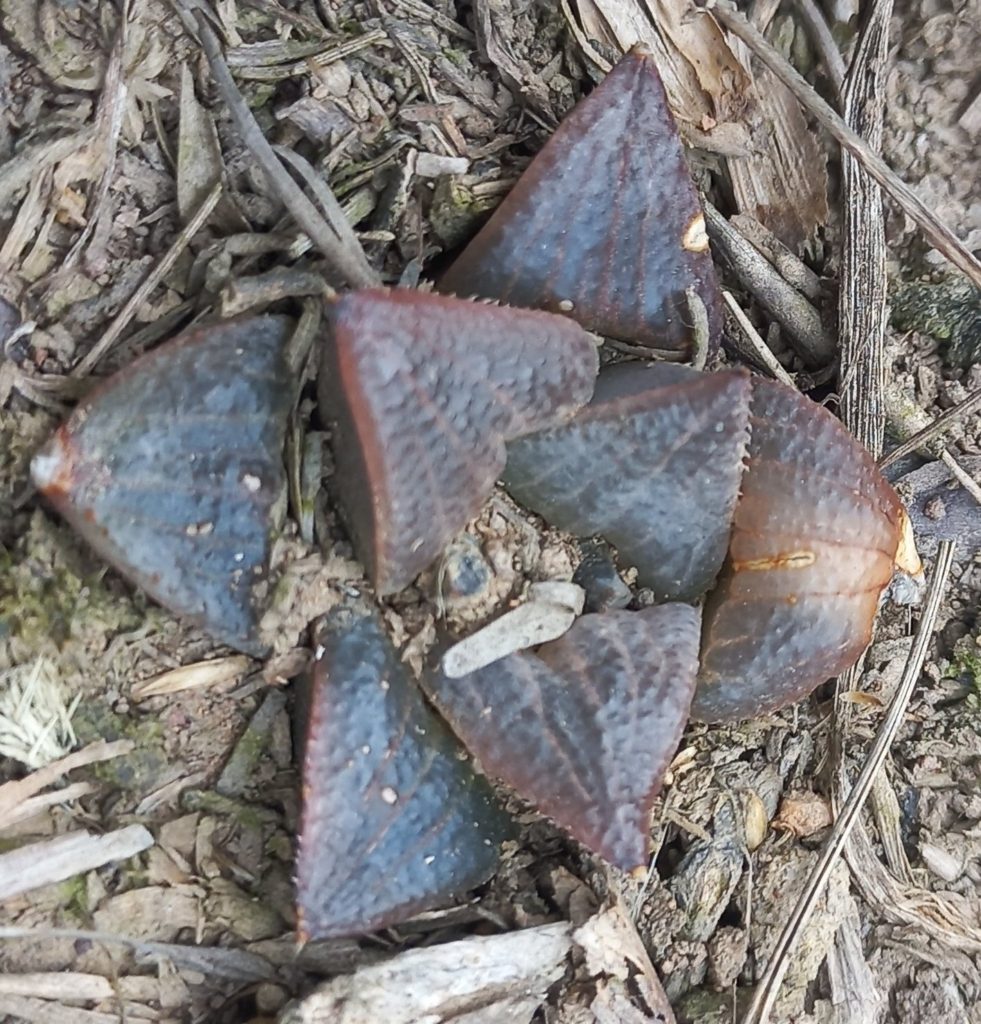
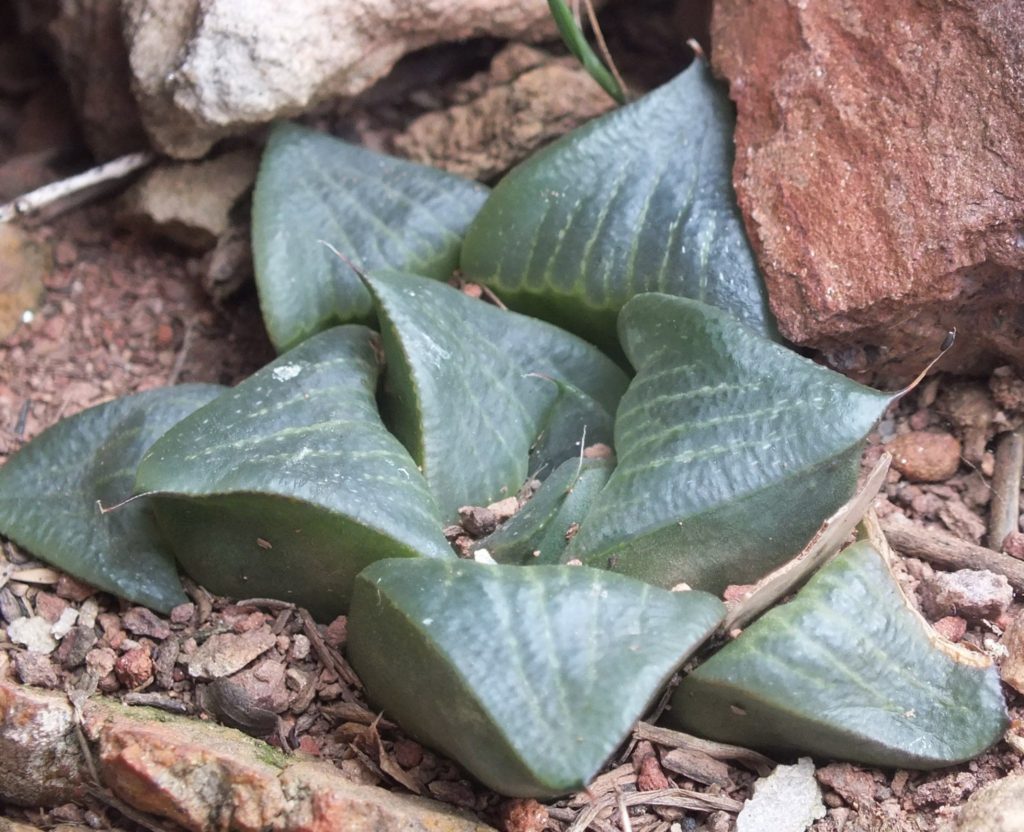
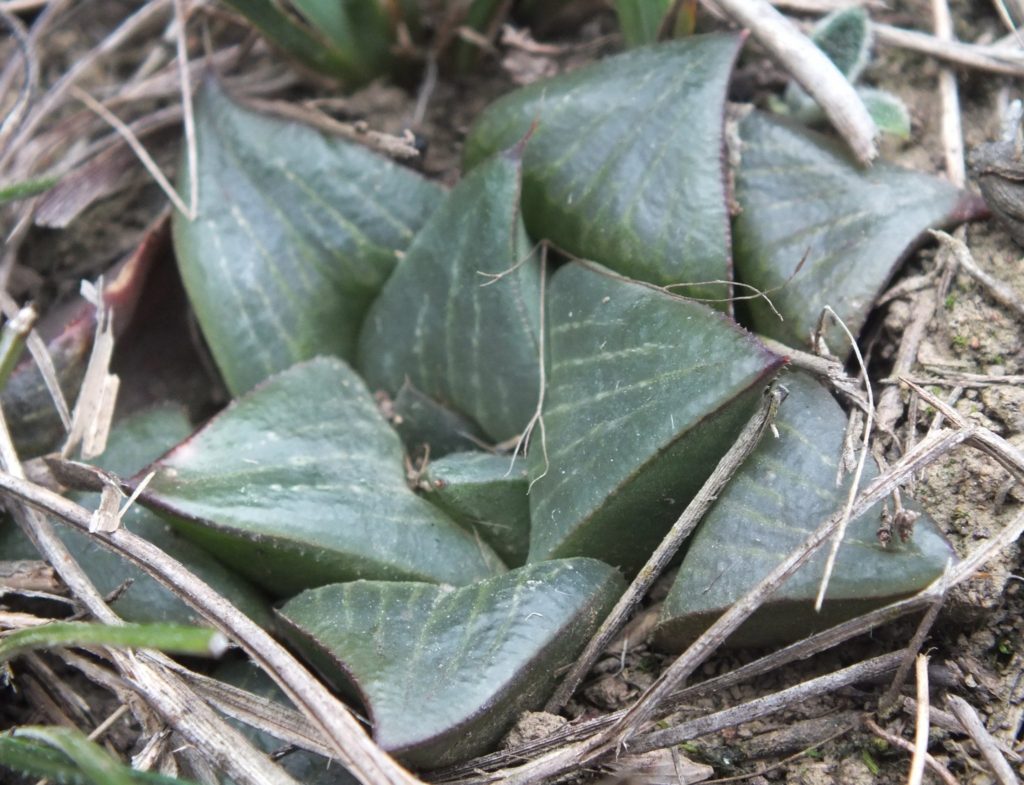

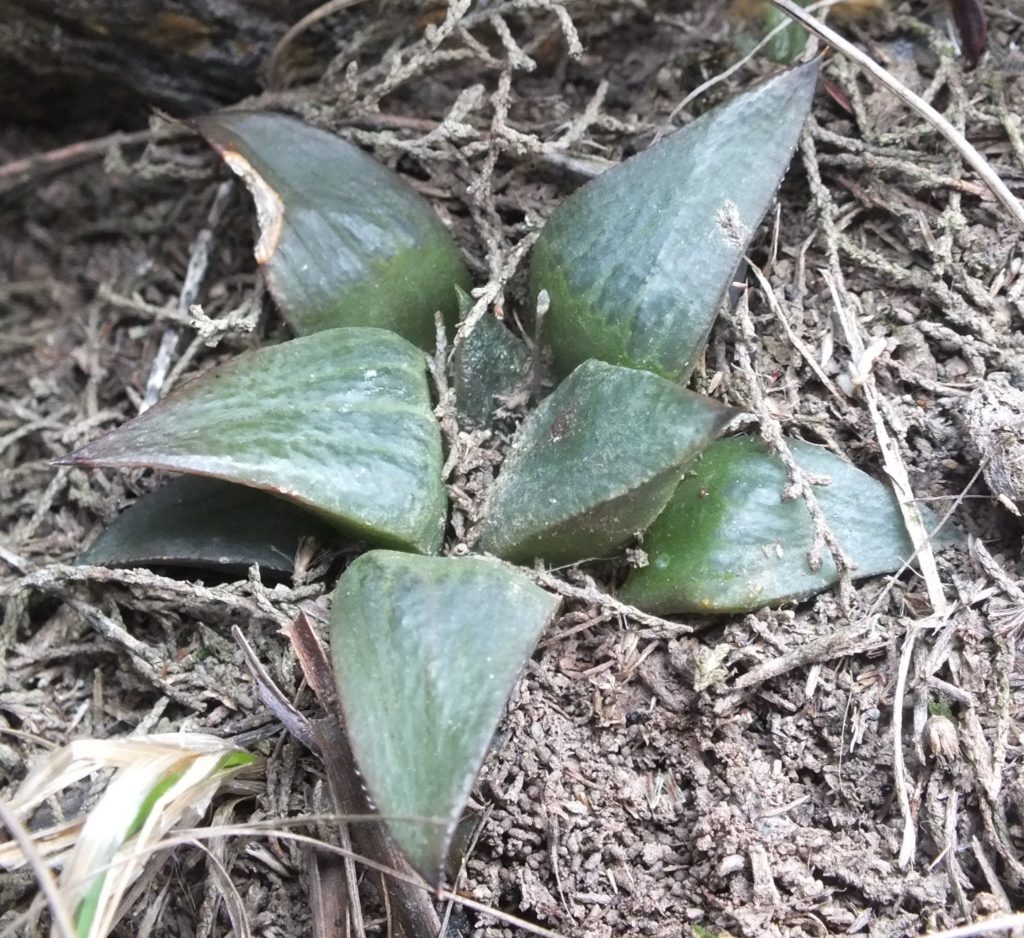

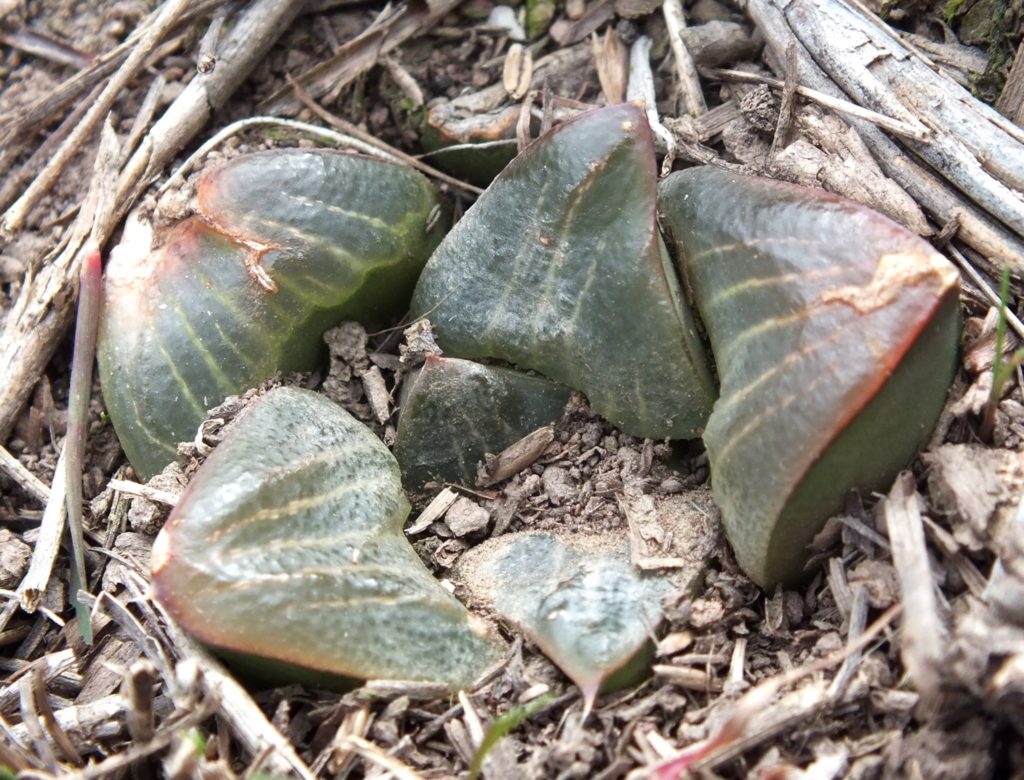
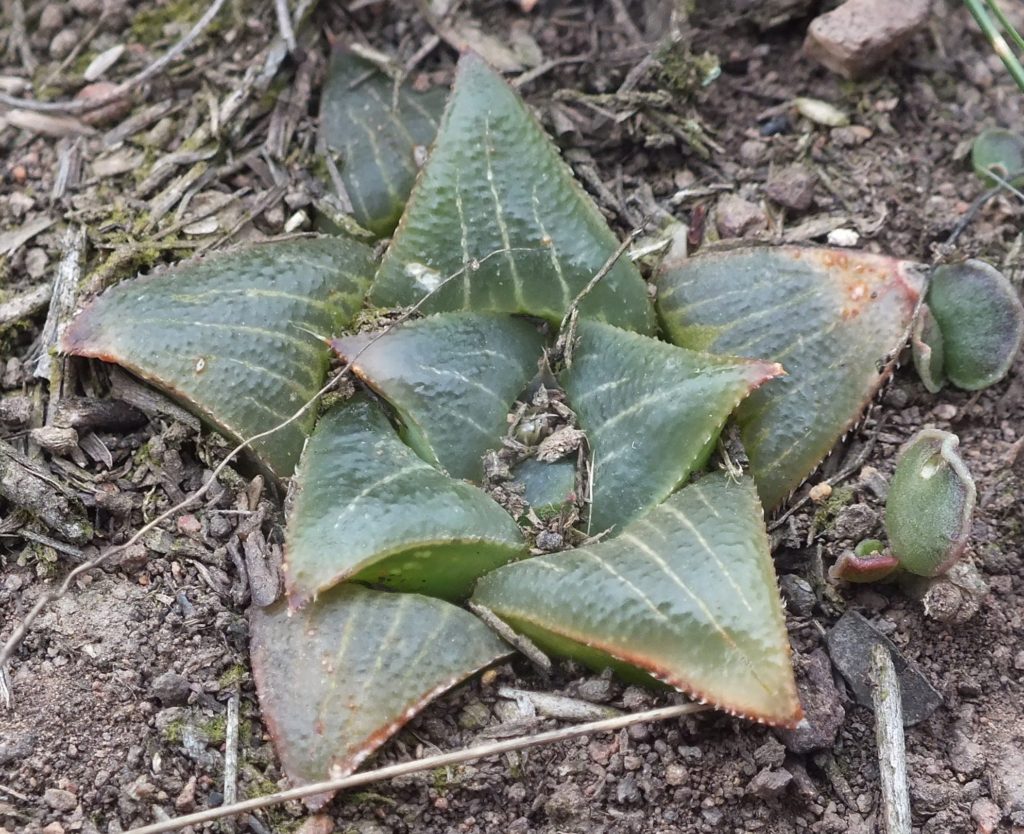
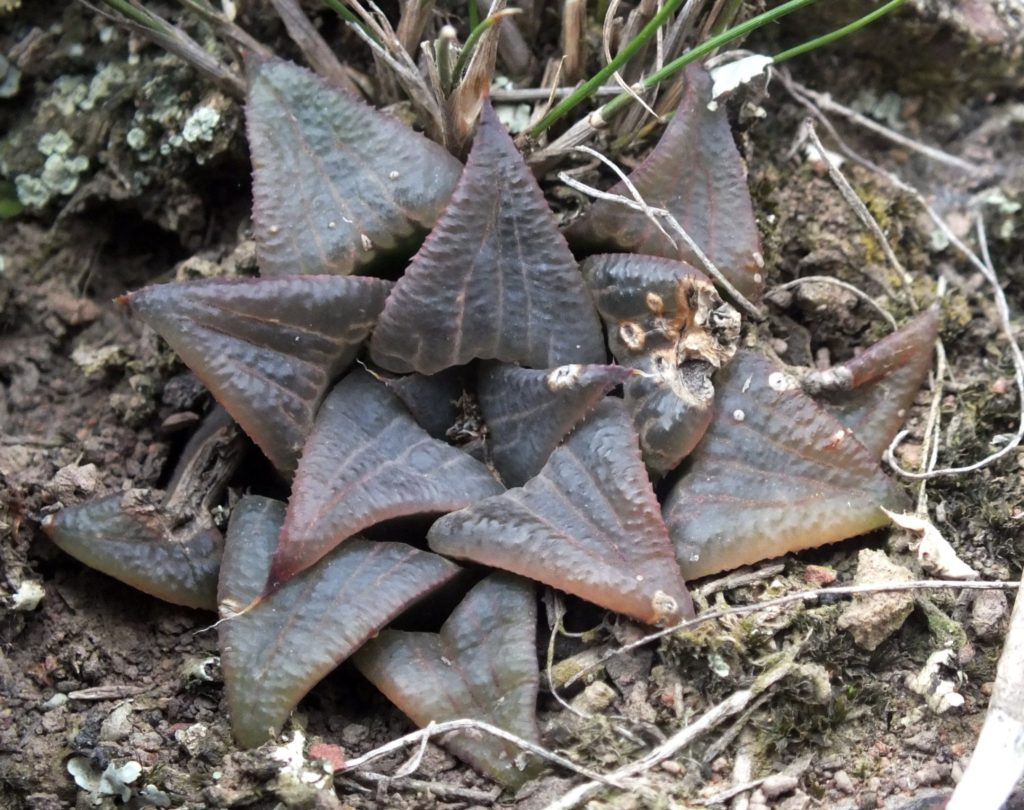
This is close to east Riversdale where there used to be four populations of this plant. The southern one was gobbled up by cultivation and was the origin of the name “fouchei” that was an erect leaved non-proliferating form of H. retusa. Semblances of that form occur in the next population that is some 300m north …

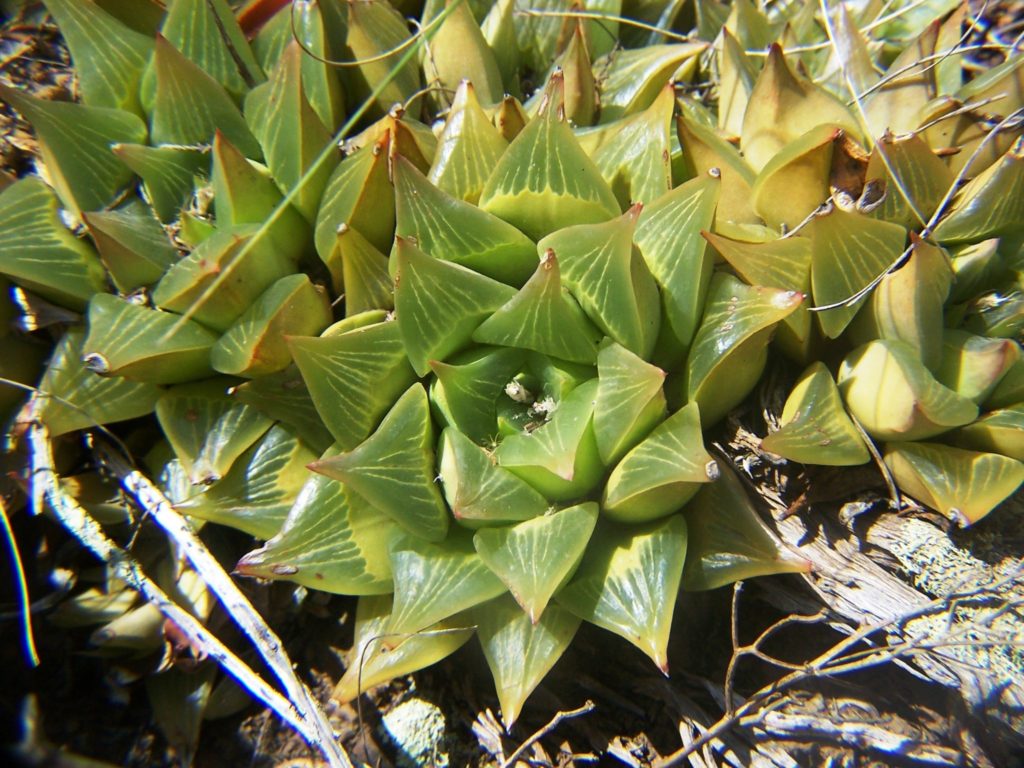
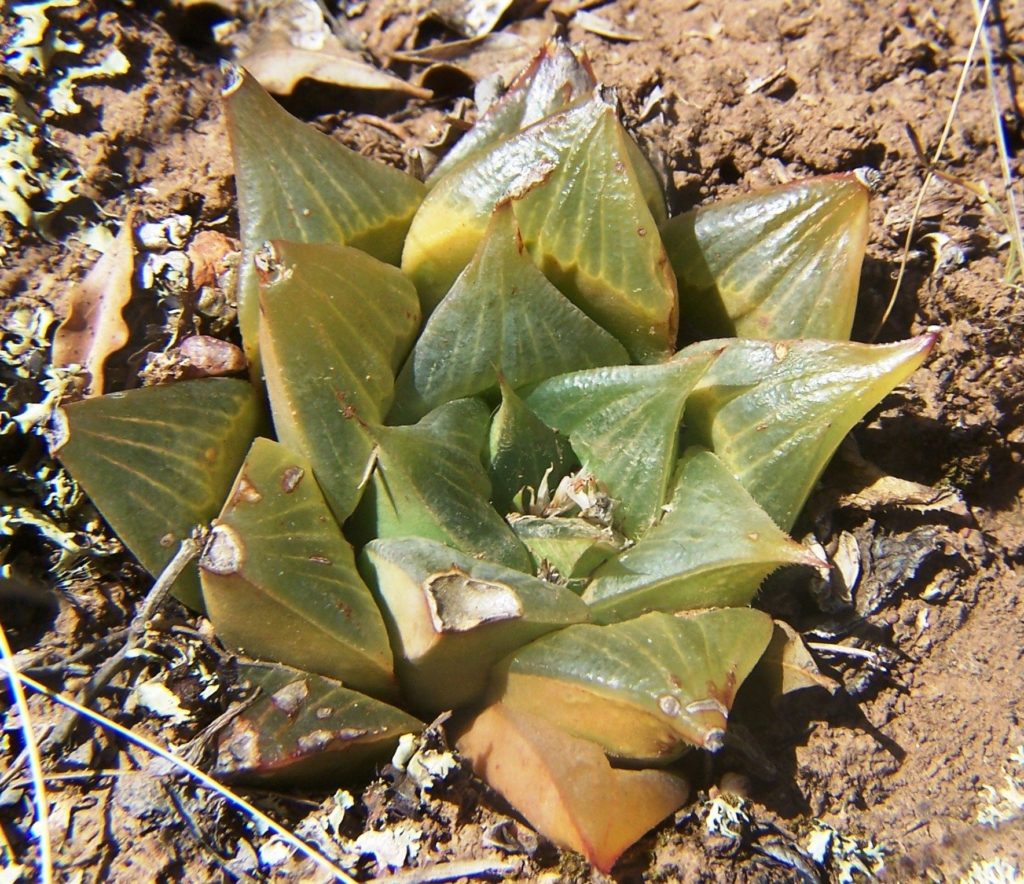
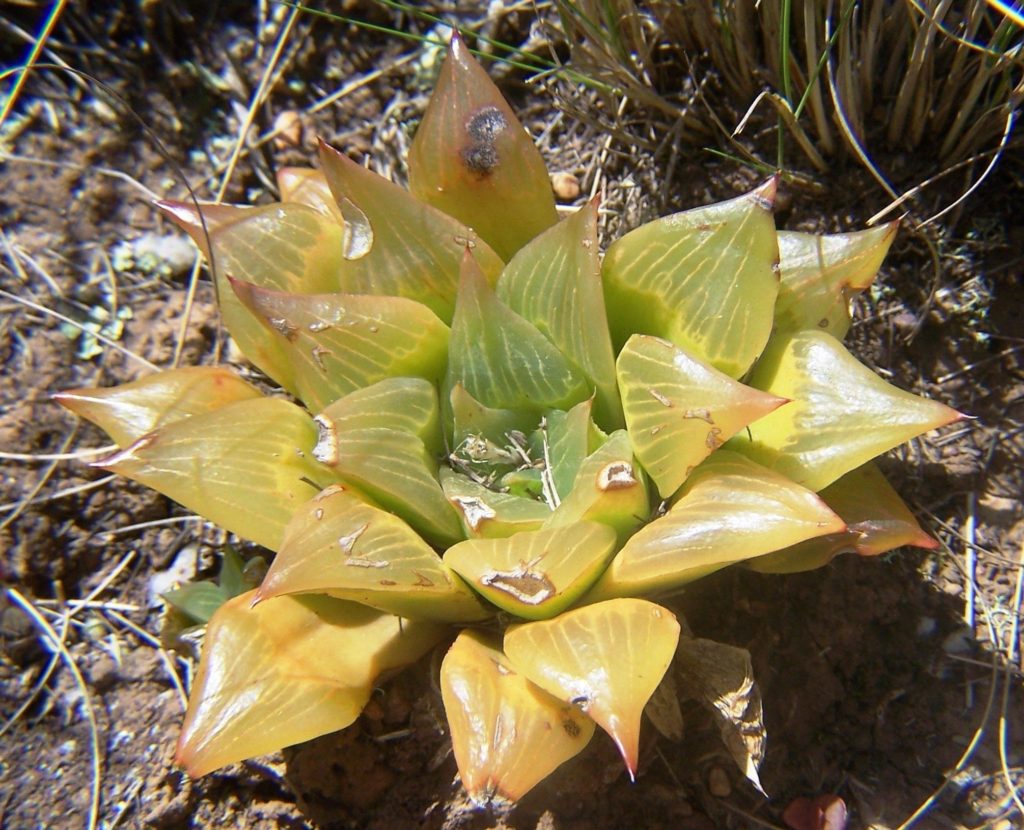
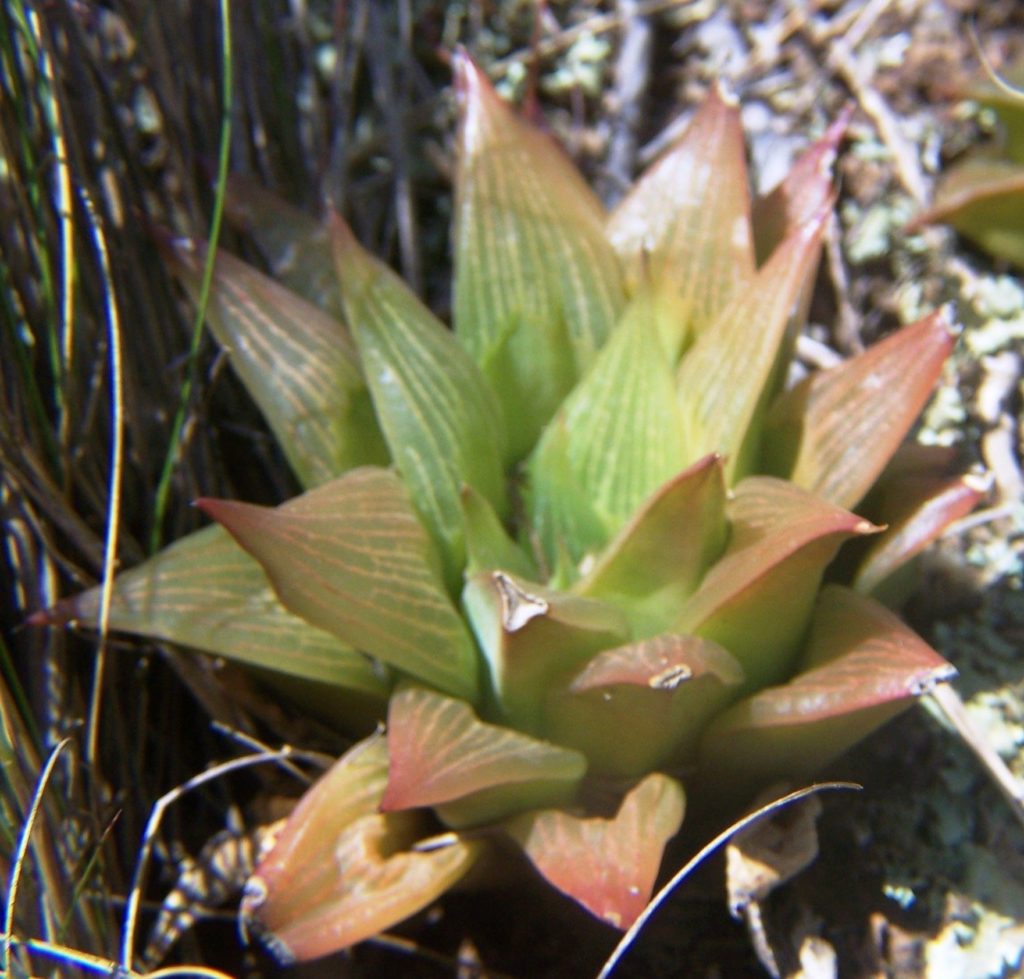
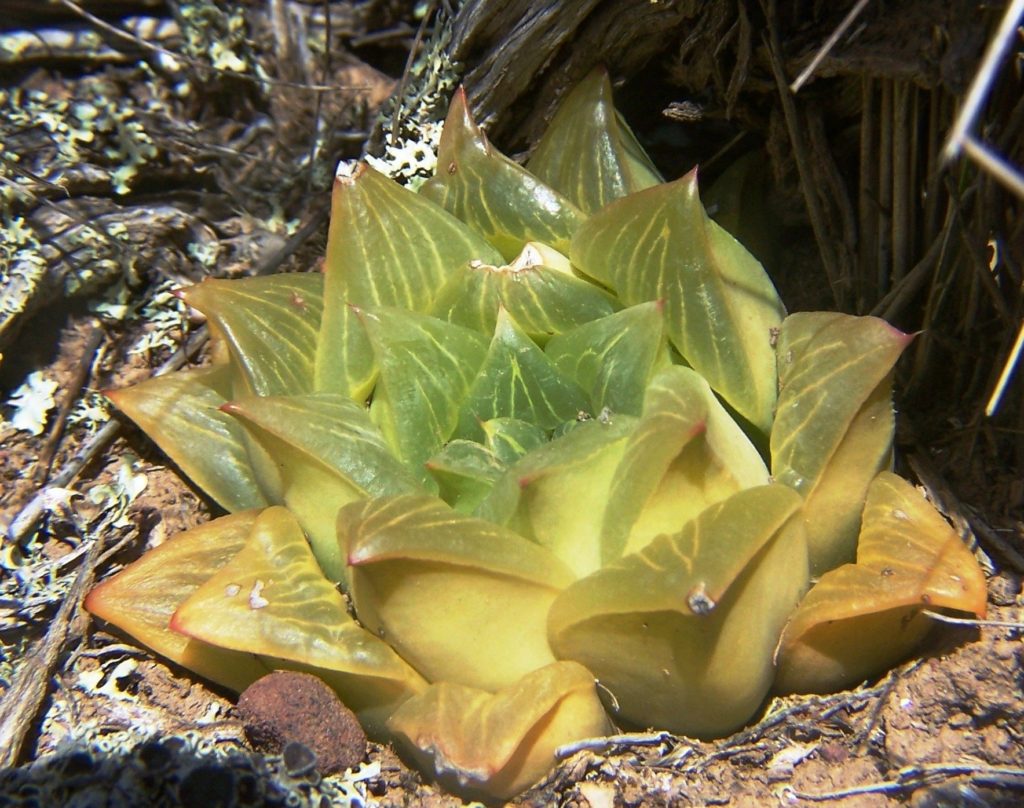
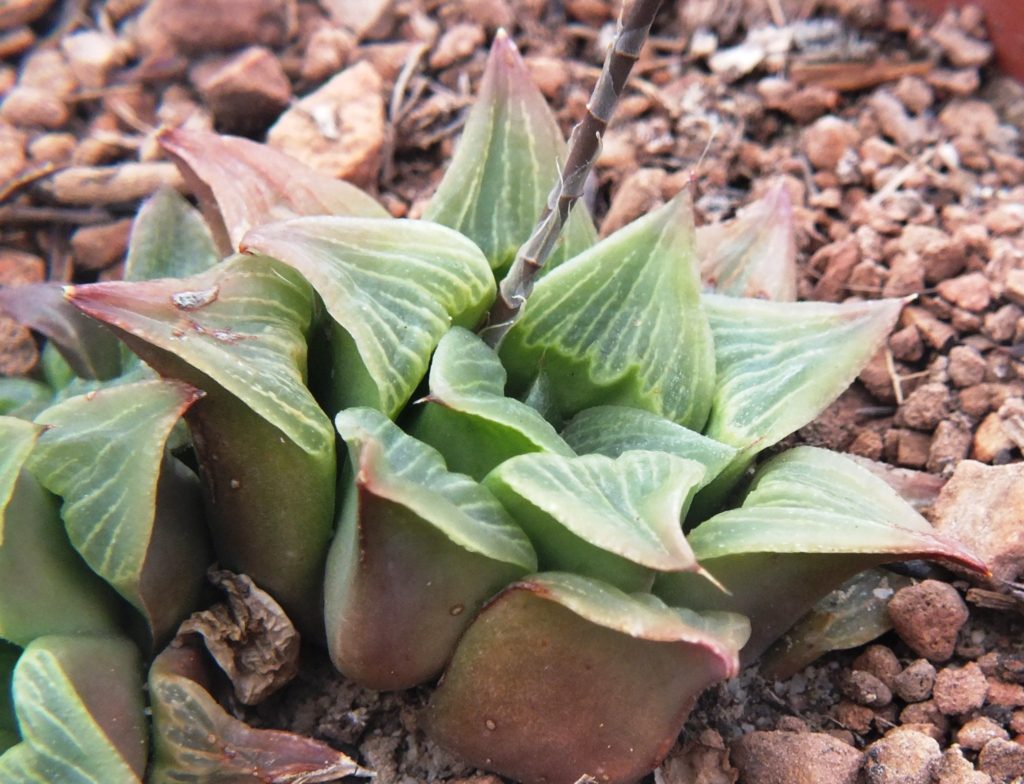
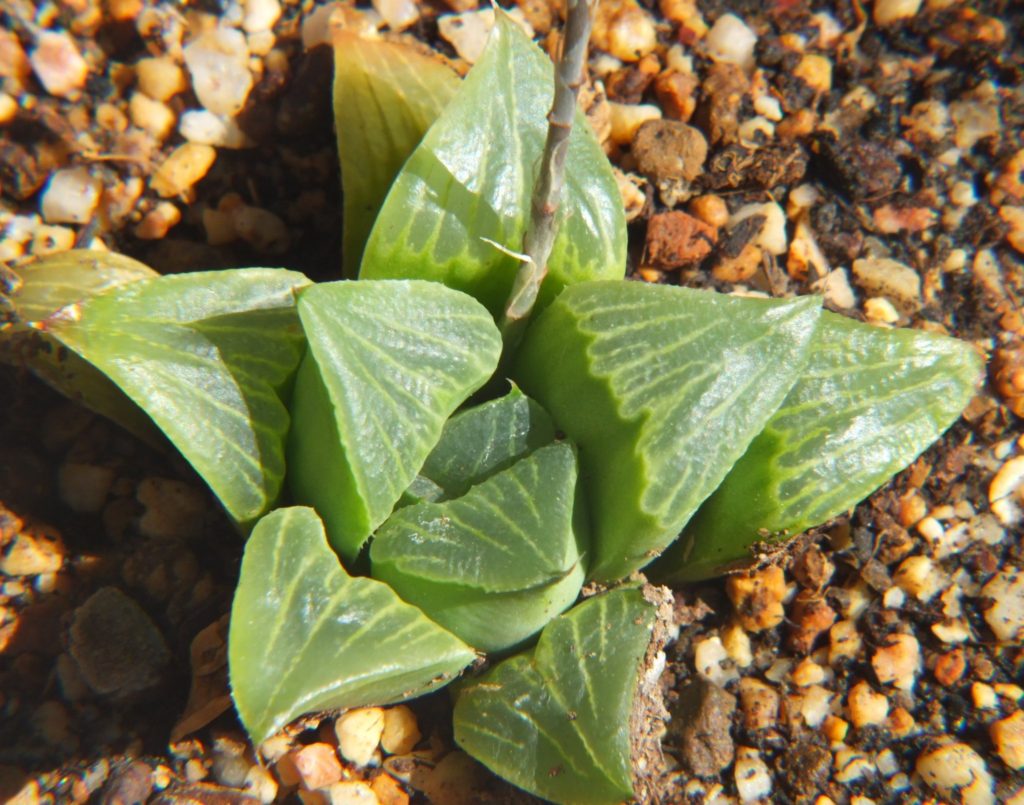
A few hundred meters north is another very well known population H. retusa “geraldii”. When I first saw these plants ca 1971 the plants were in huge flat clusters over 400mm diam. With time the clusters broke up and were far less impressive. Retusa is normally a fairly non-proliferating element.
There is direct continuity between turgida and retusa. They do not “mix”. I also think now that it is incredibly more complex and that we only have the two groups … the very dark green late-summer flowering mirabilis and the light green/yellow spring flowering turgida. These two match and mix to produce a host of variants of which the main are mutica, pygmaea and emelyae. I do not know quite how herbacea/rerticulata/maculata/pubescens come out in the west.
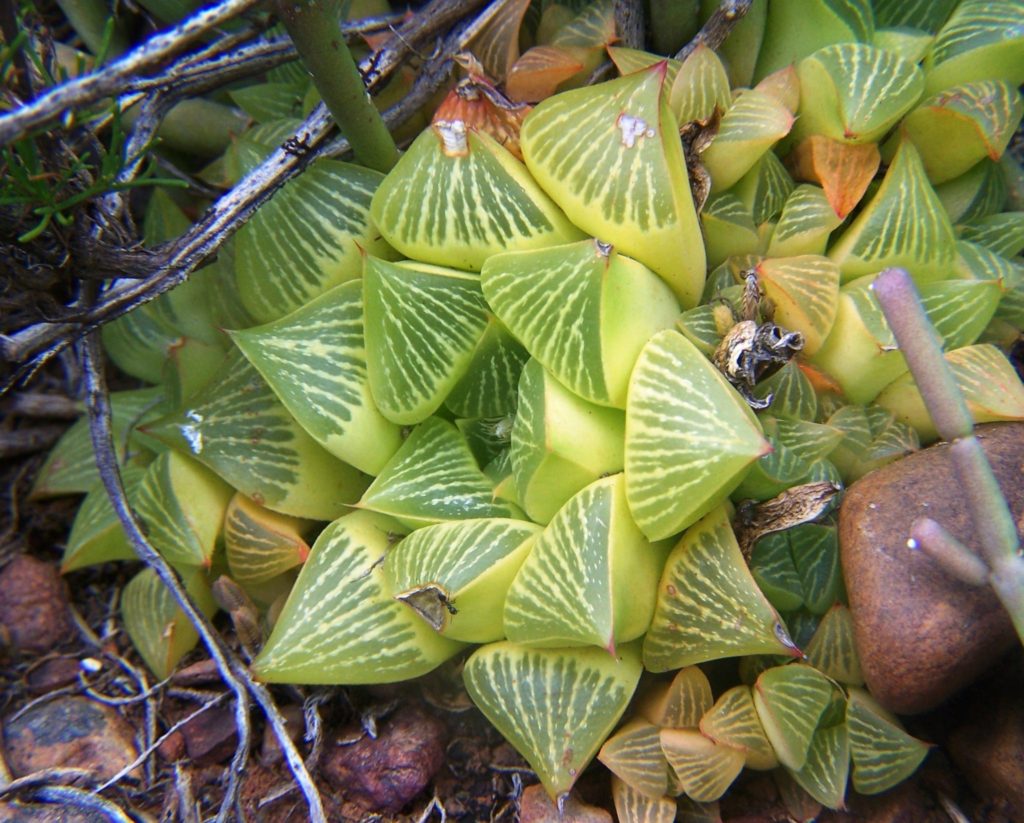
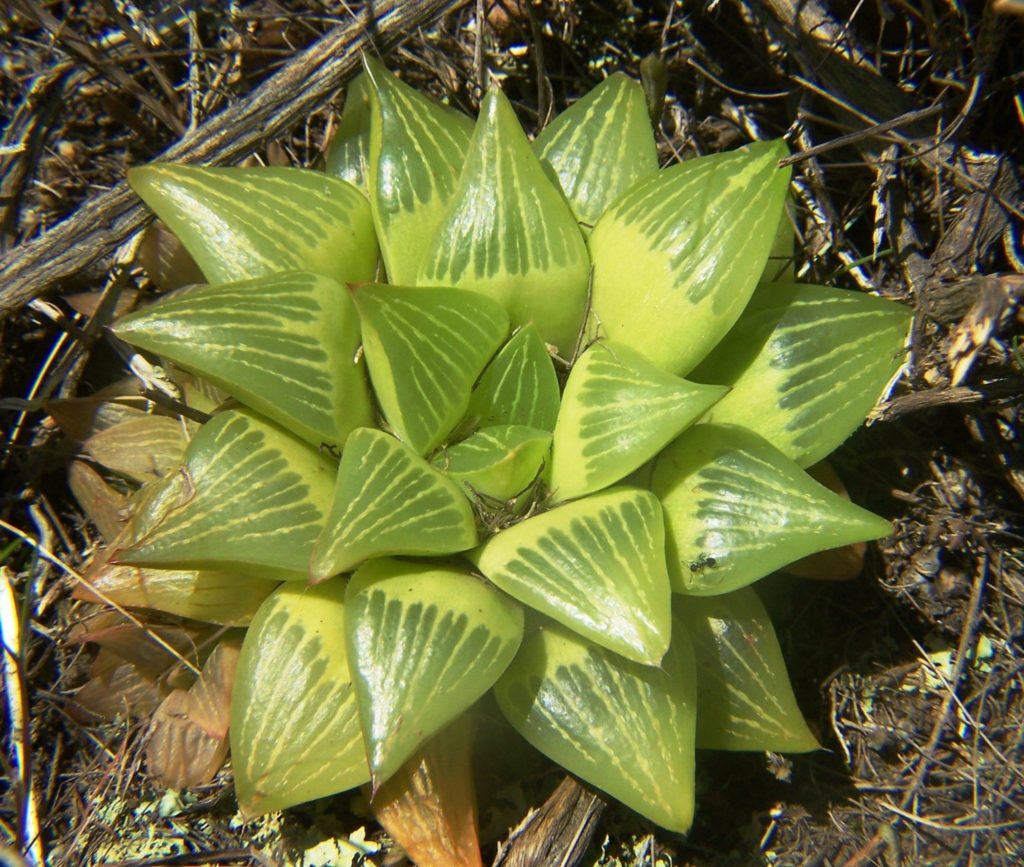
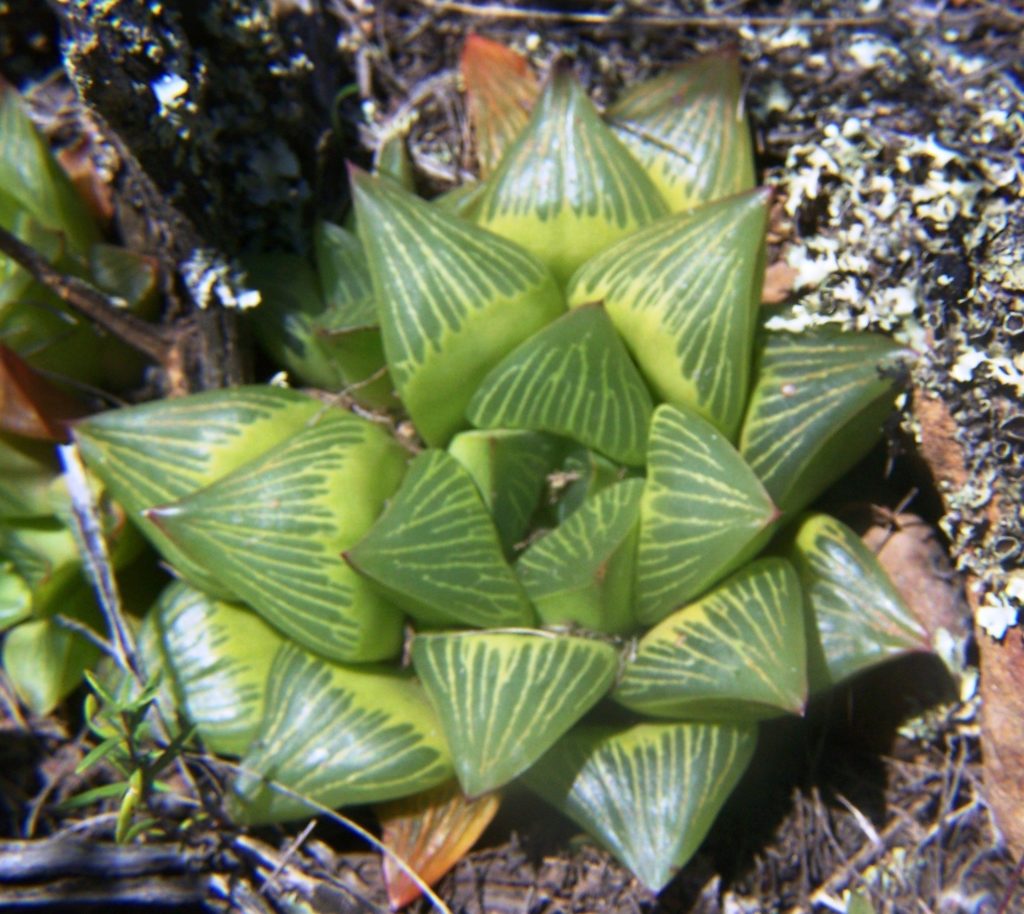
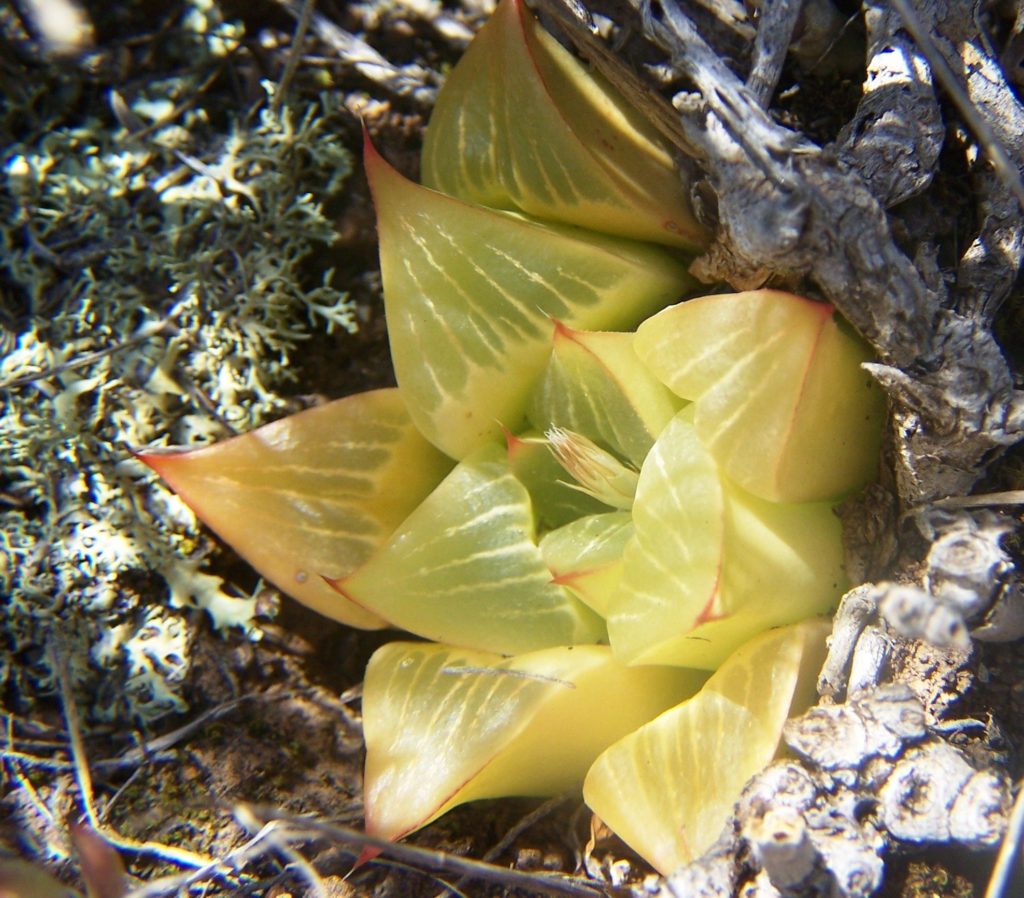
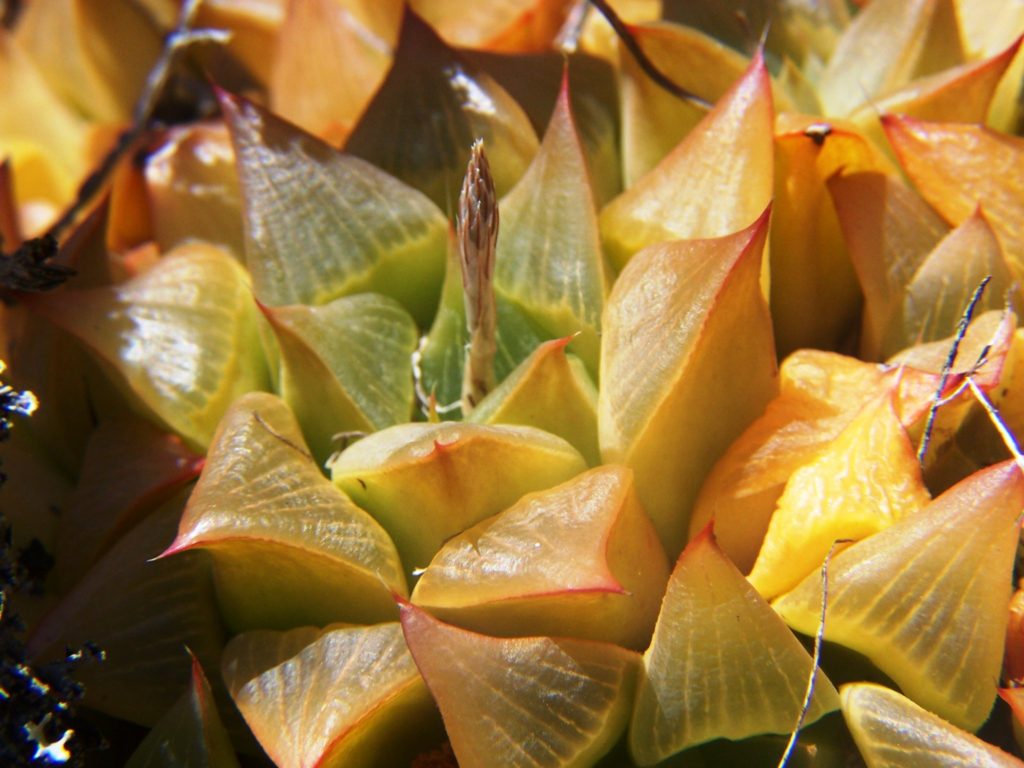
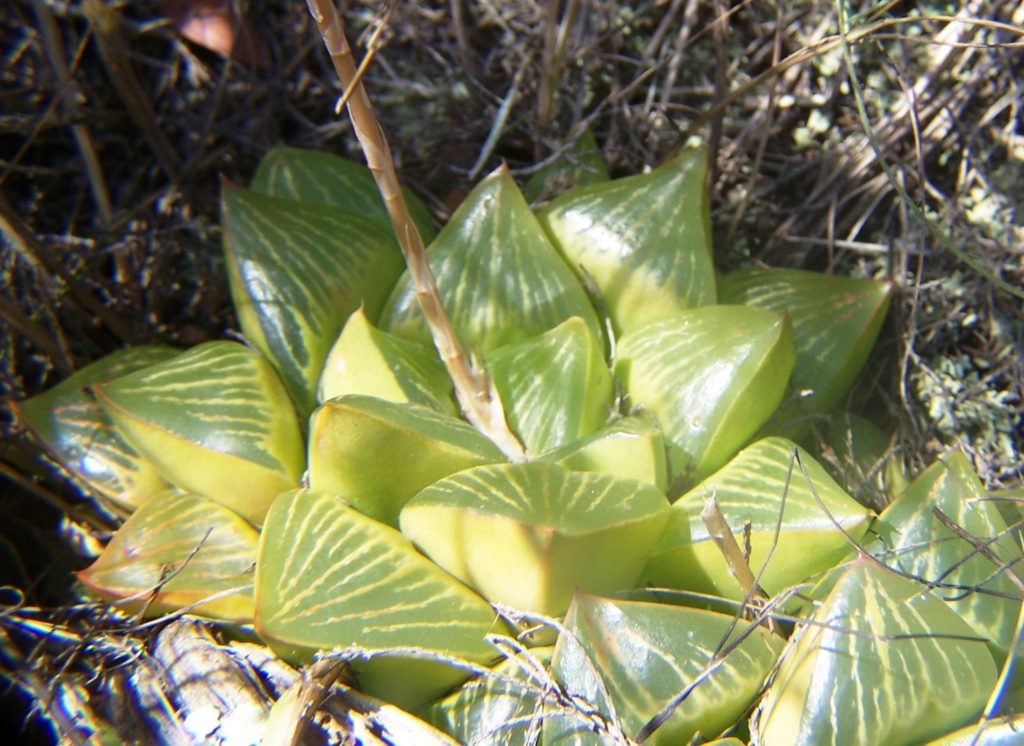
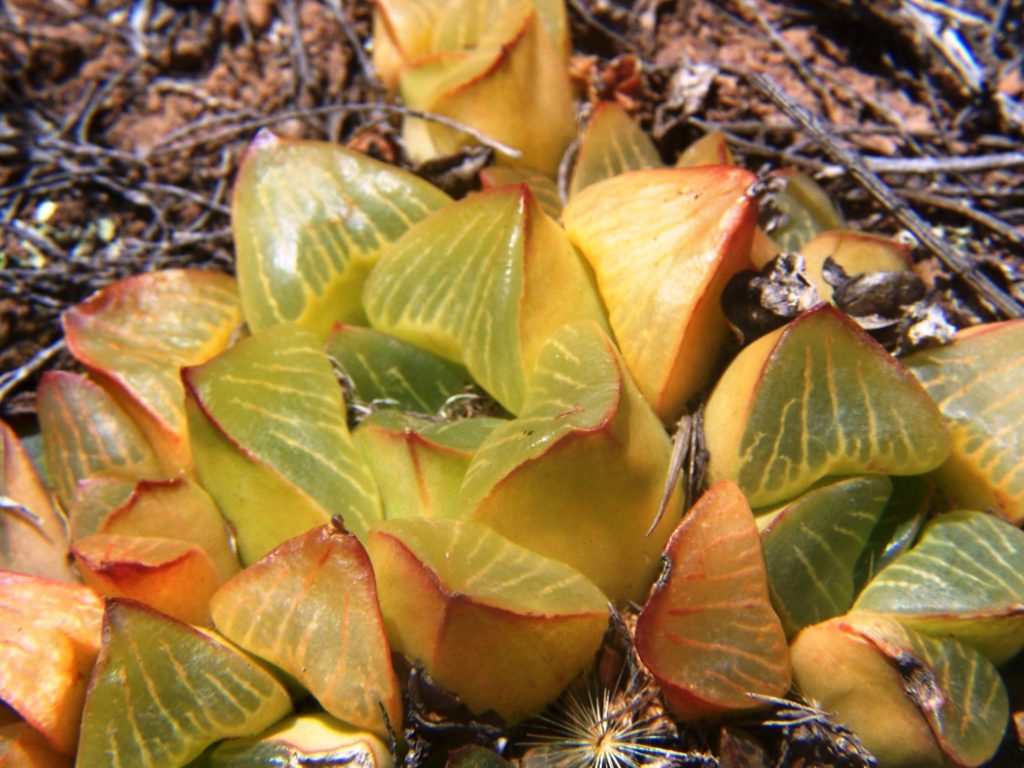
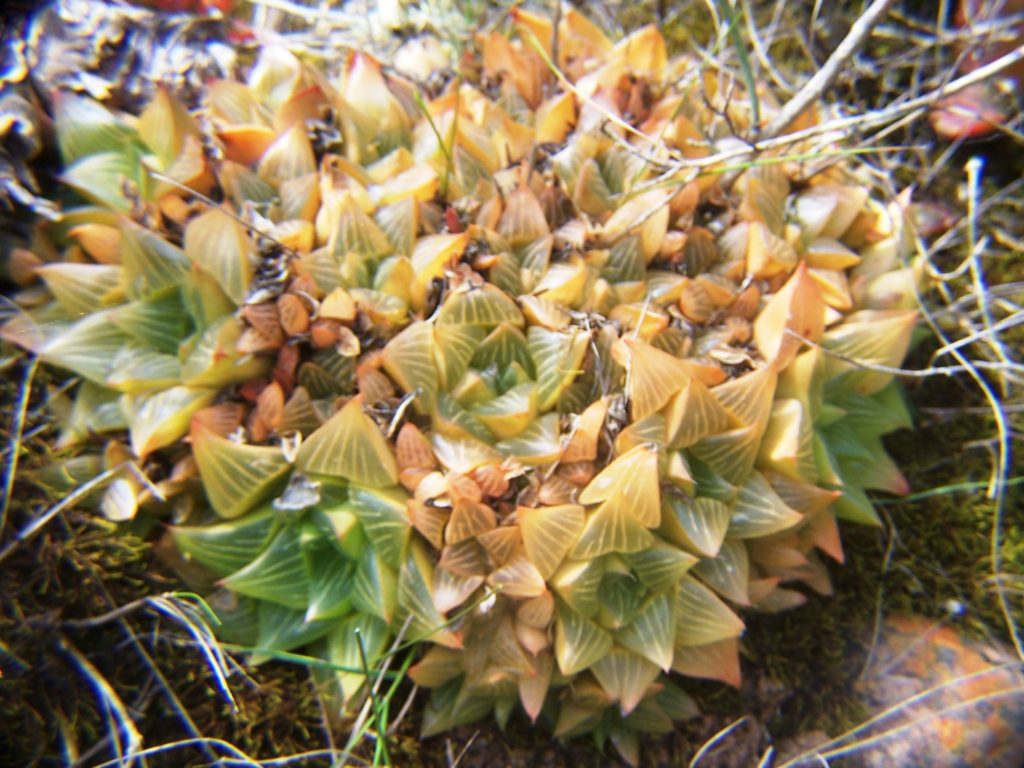
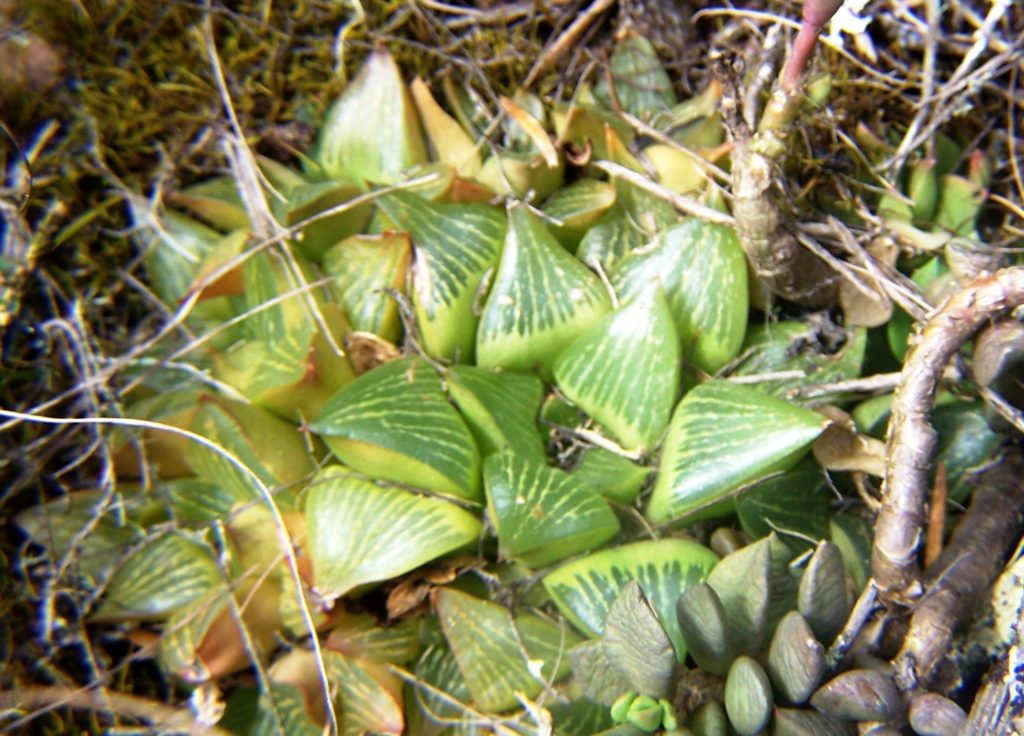
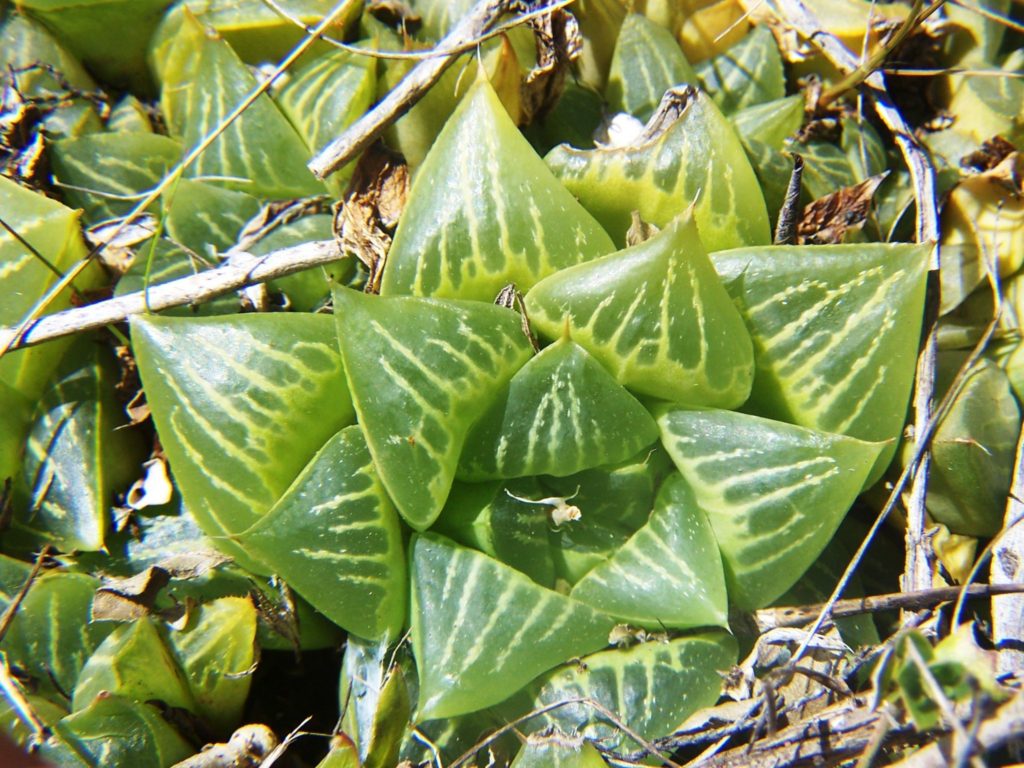
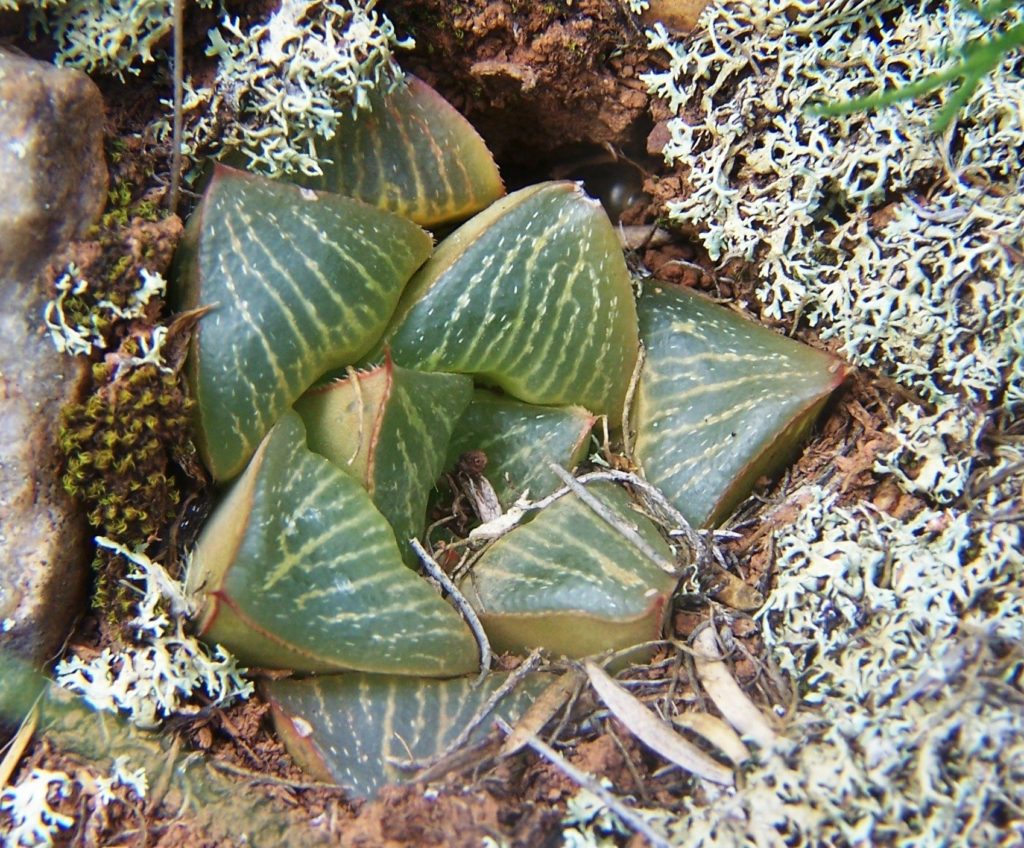

I wrote in 1981 …”The species problem very seldom arises where species grow together, but rather from the difficulty in associating populations strung out in isolated populations.” This in itself is a rather weak explanation. Here I have just posted two H. retusa populations but there is a third population that I ascribe to H. mirabilis that others say is H. asperula. Curiously I took two sets of pictures for that because I found there to be two sub-populations closely adjacent … this is one of them…
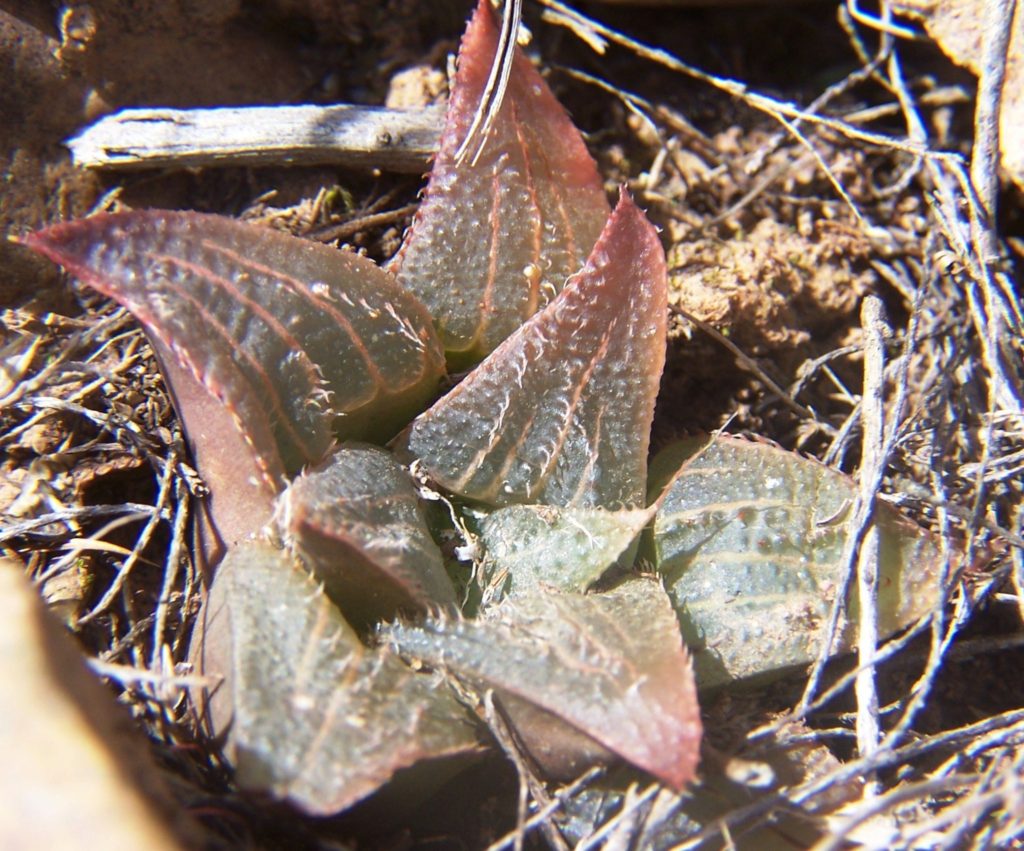


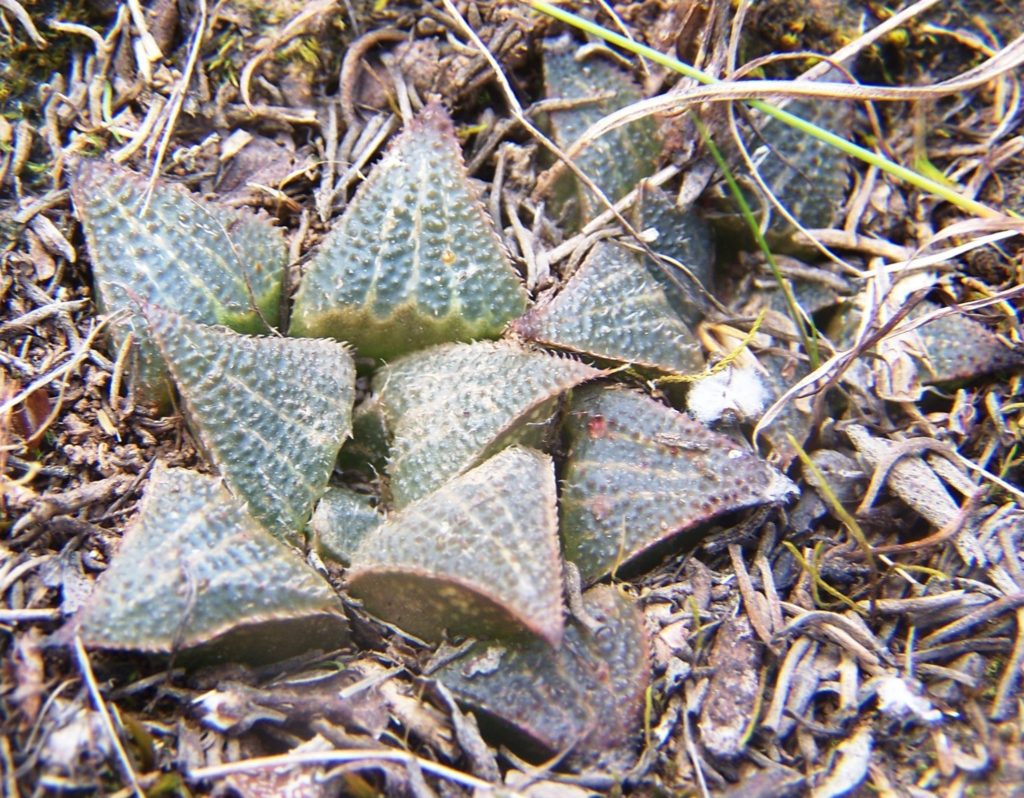
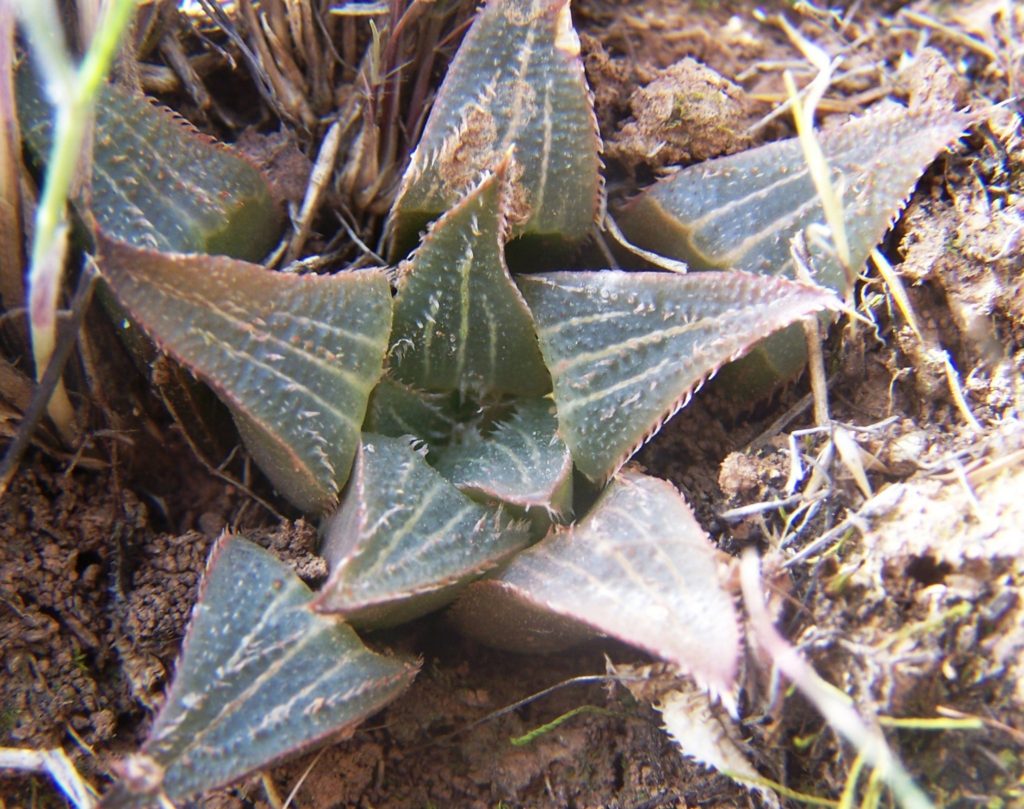
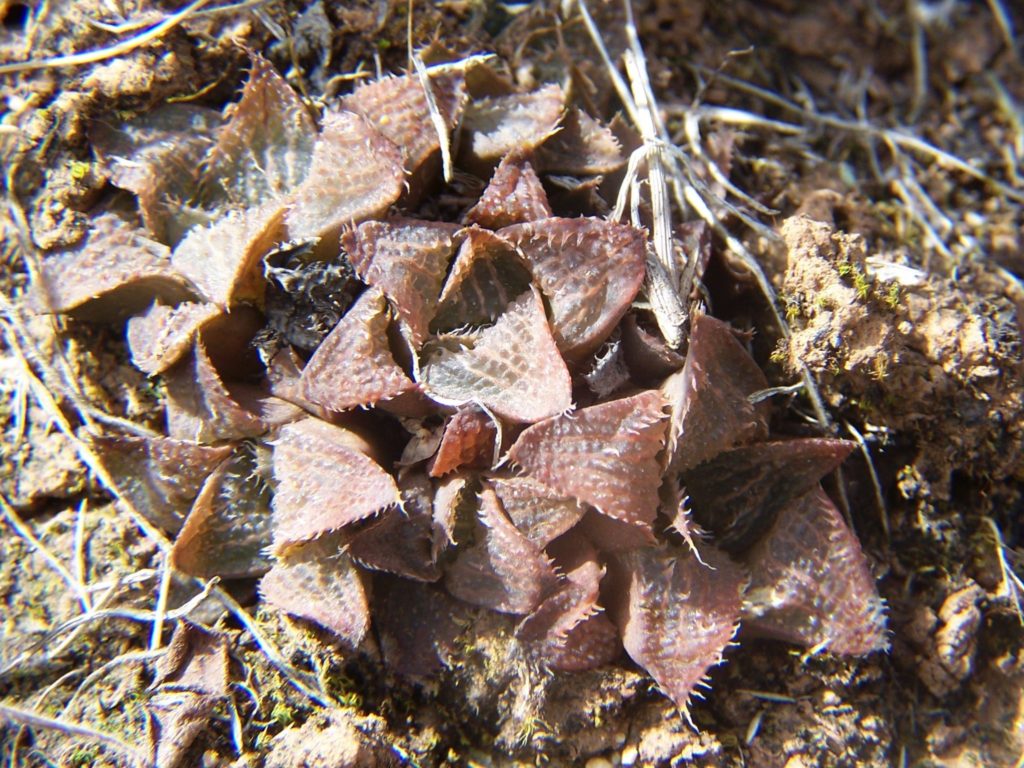
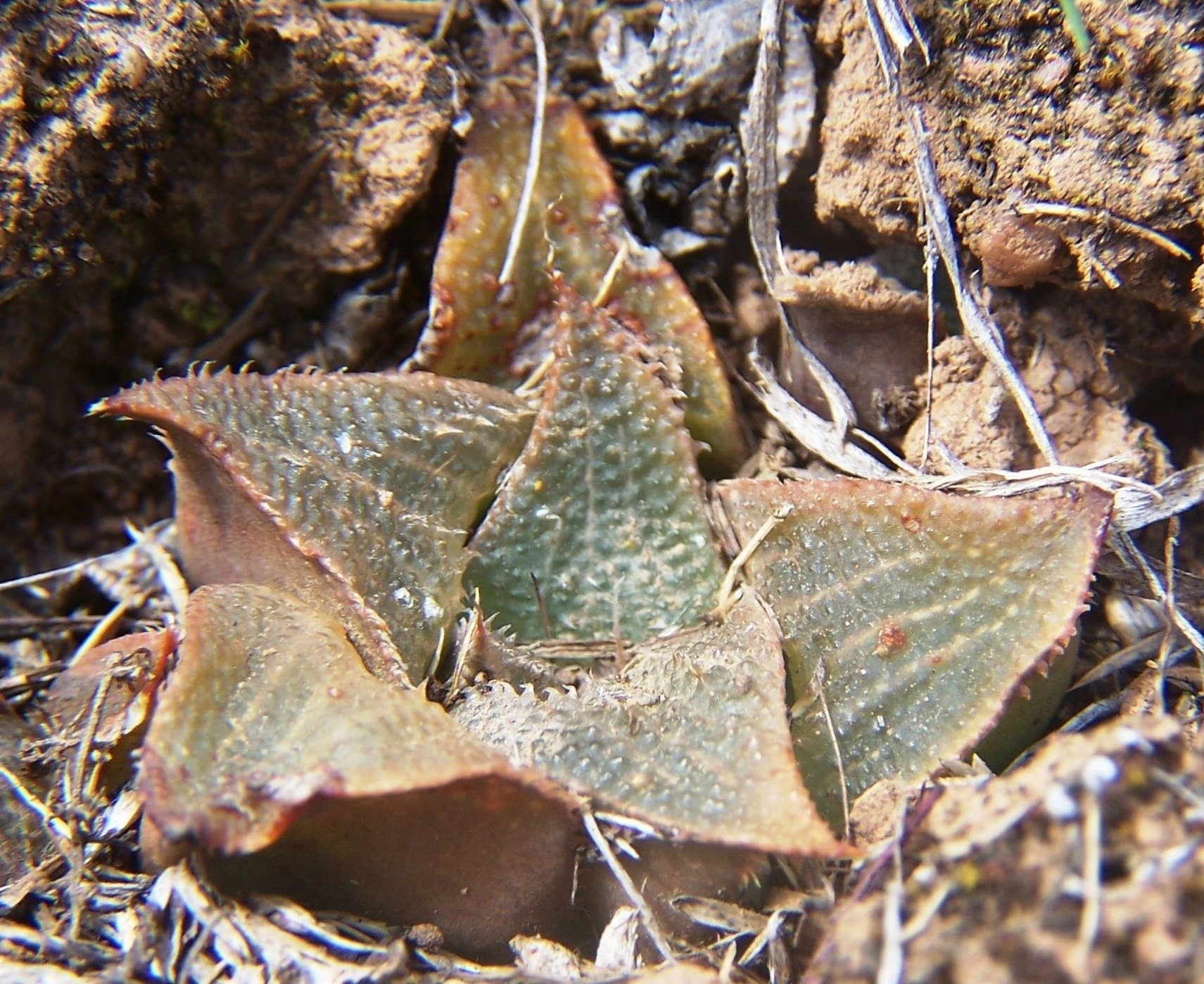
In contrast. About 30m away in vegetation unprotected from grazing animals for the past 80+years, thus impacted vegetation and skeletal soil, is this bunch of variables.

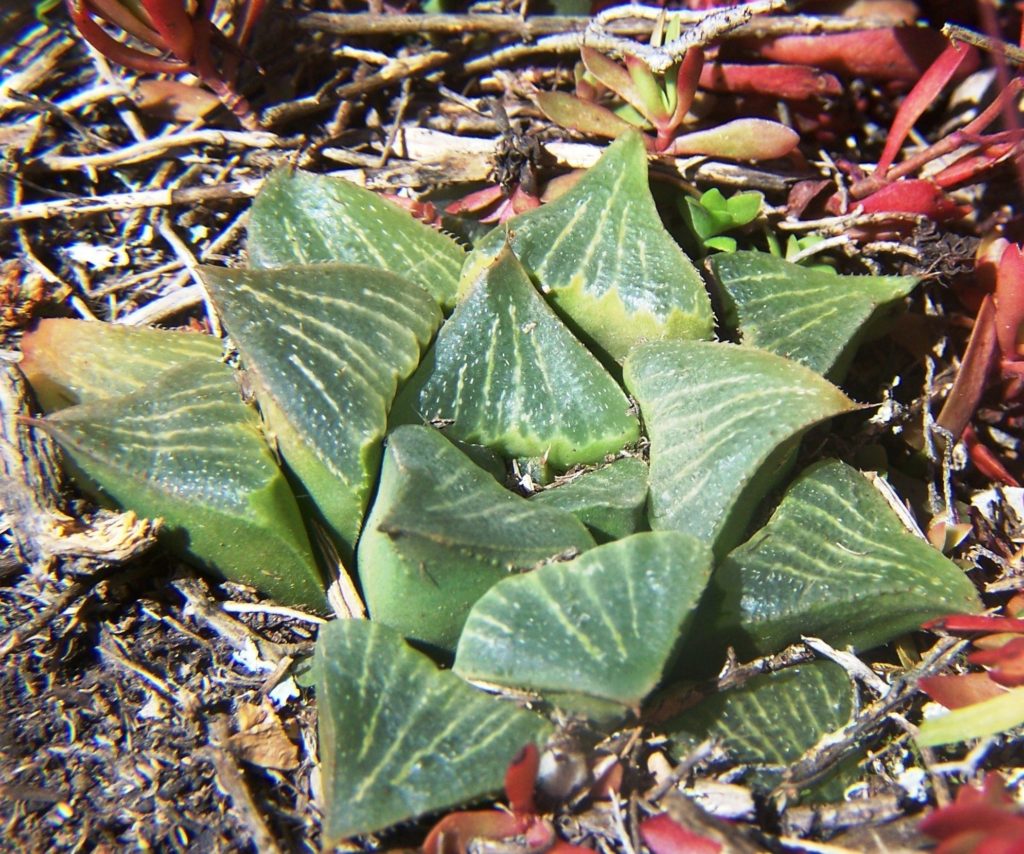
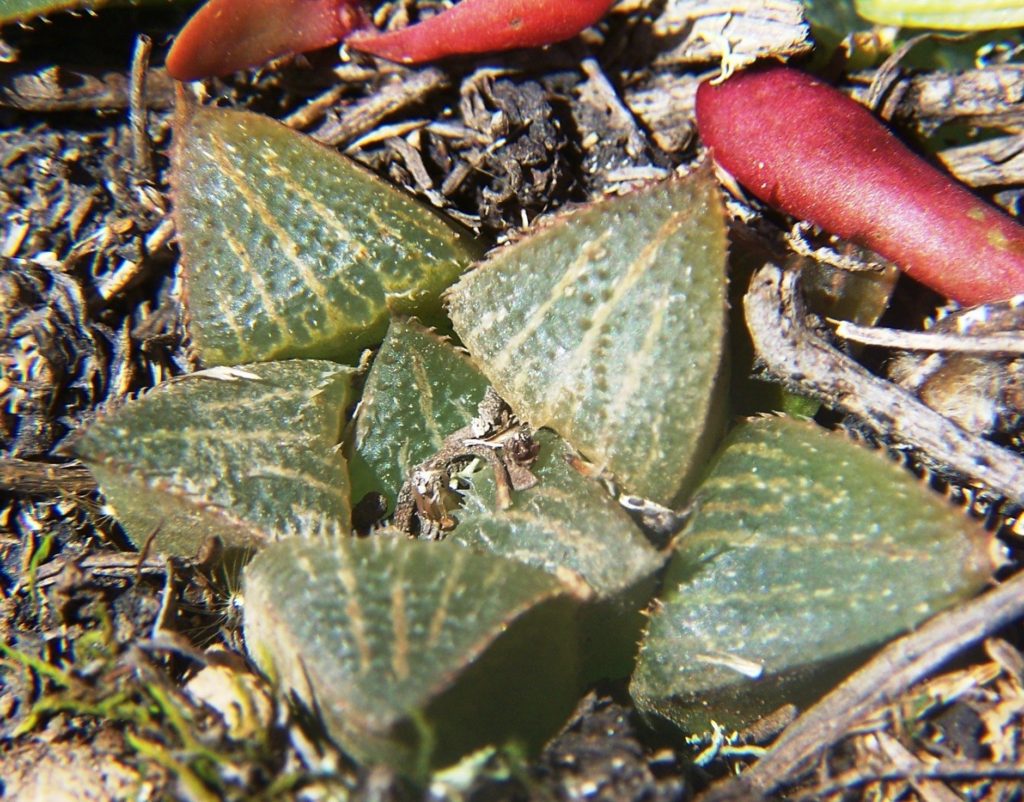

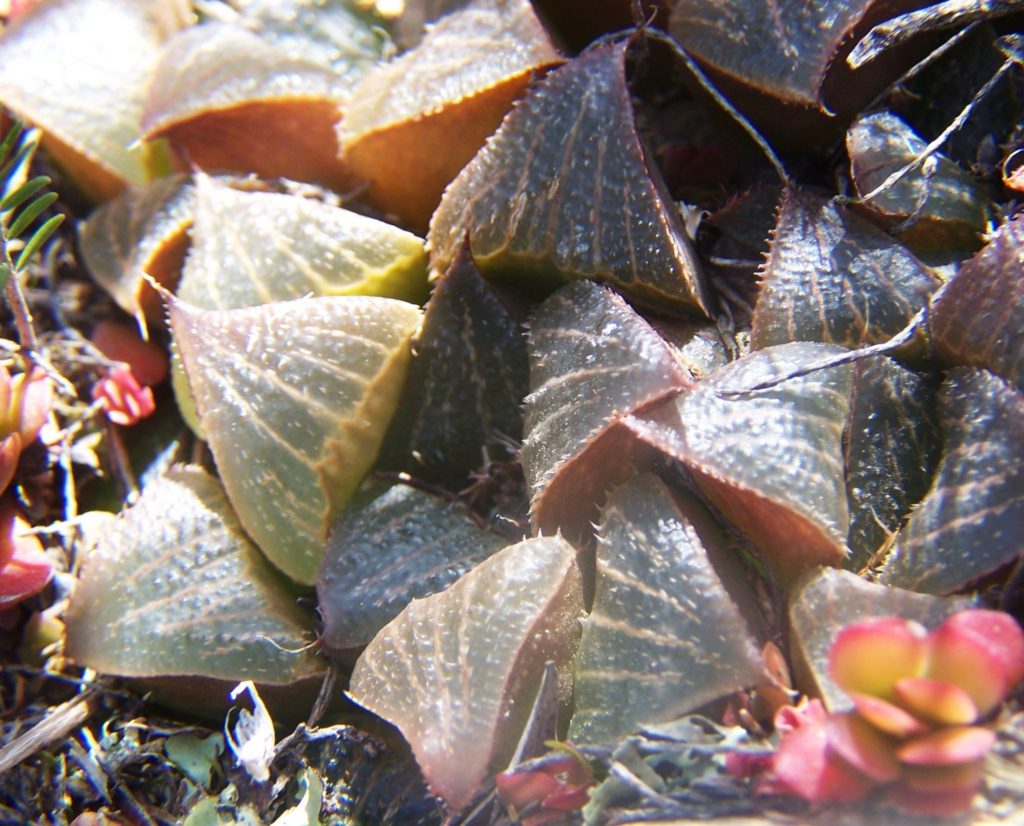
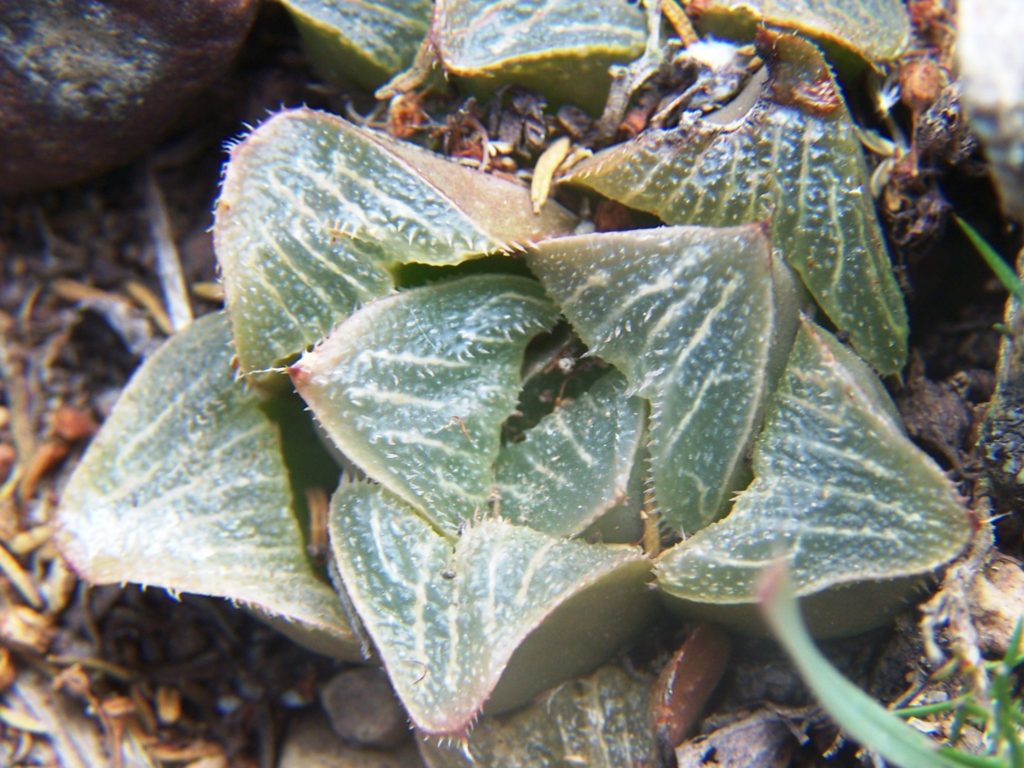
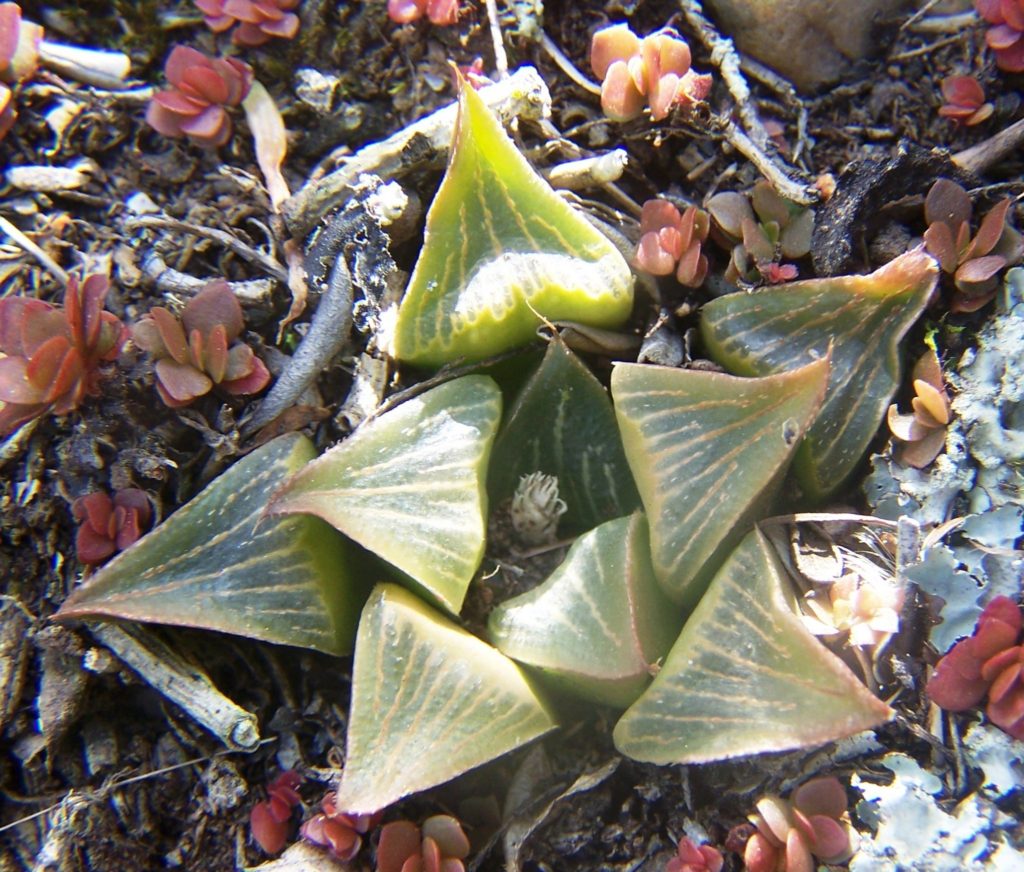
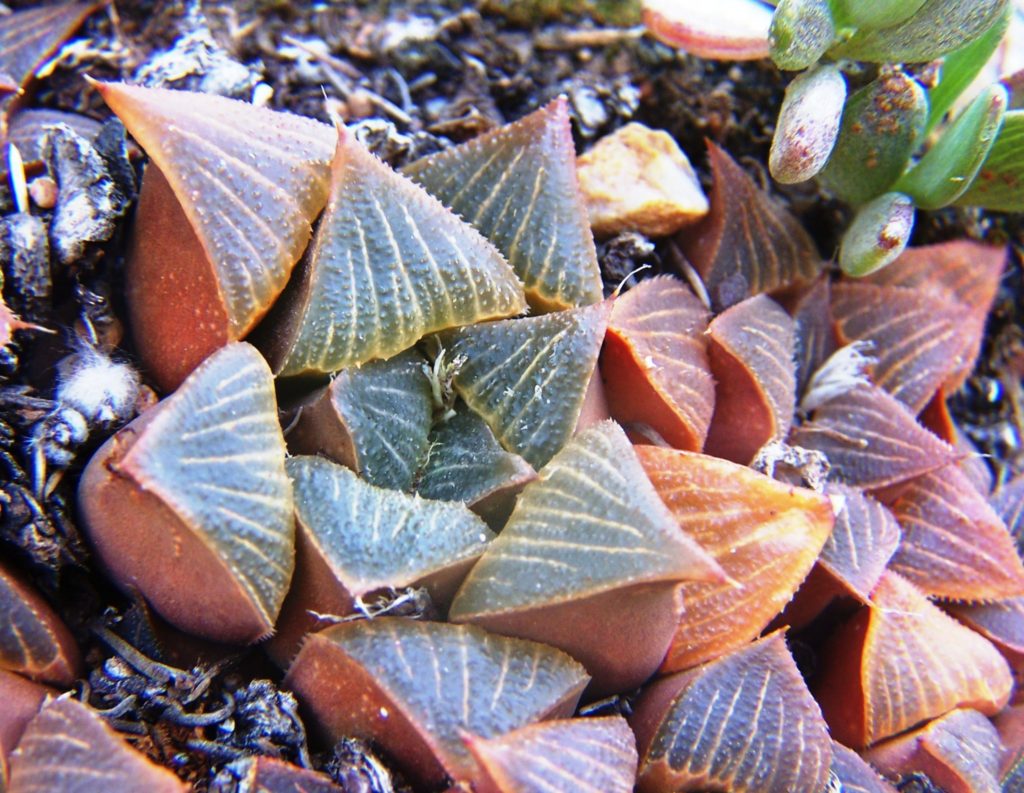
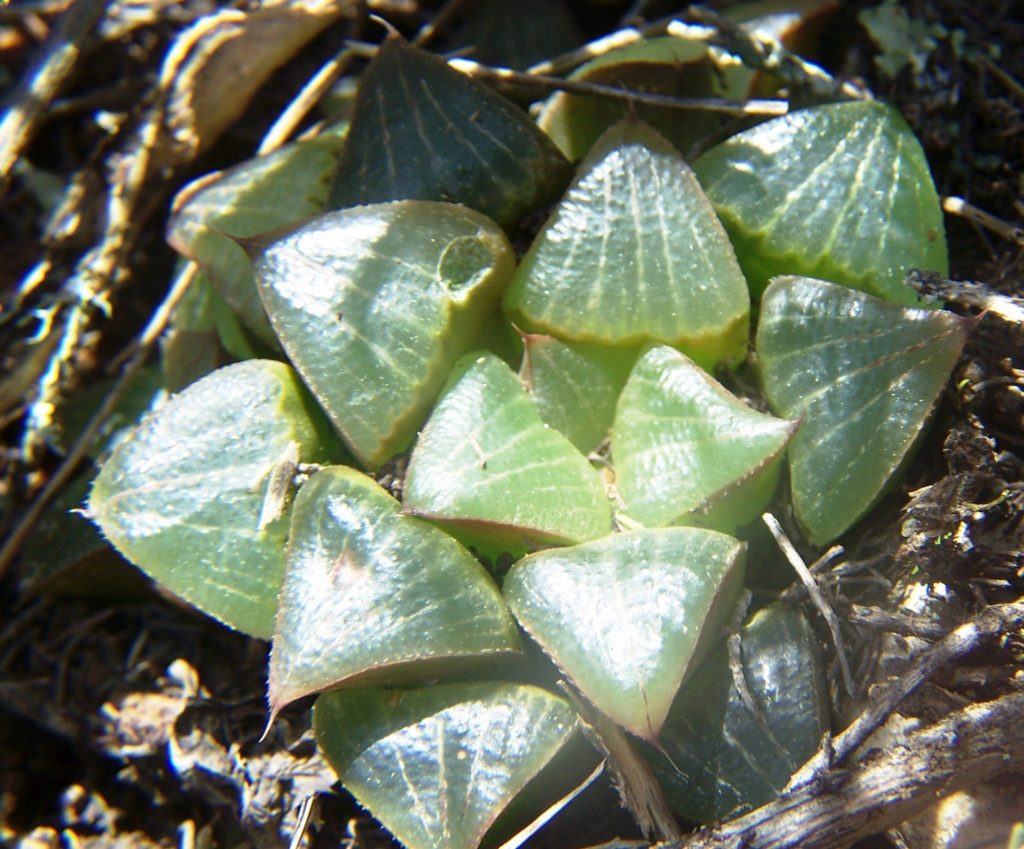
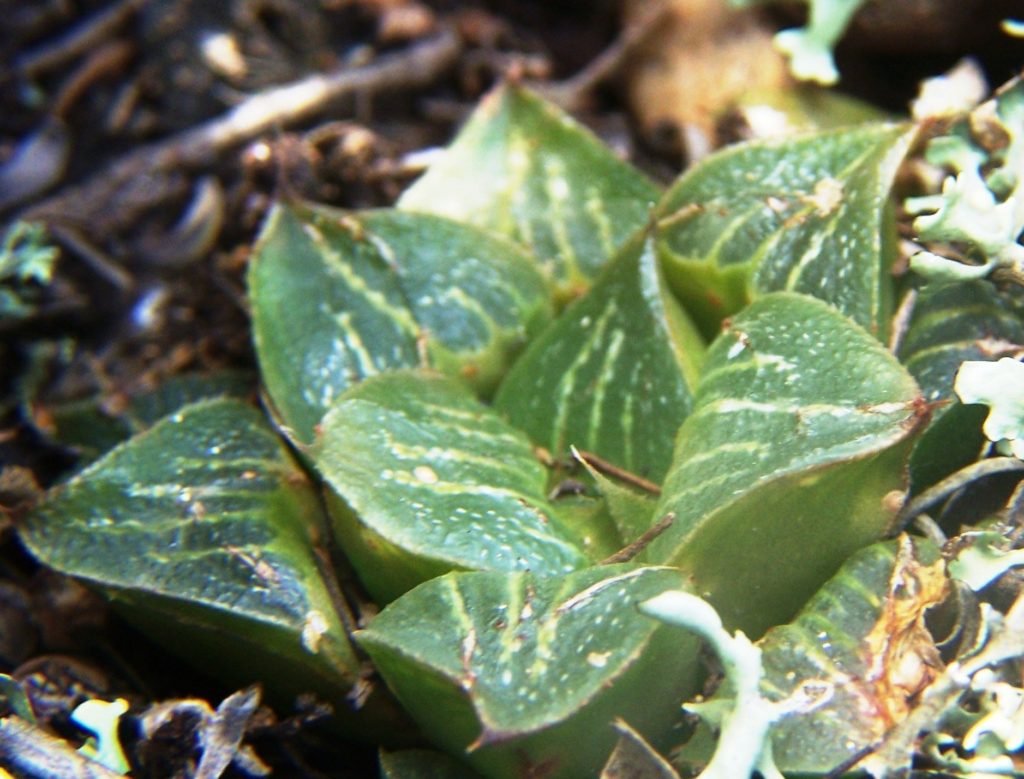

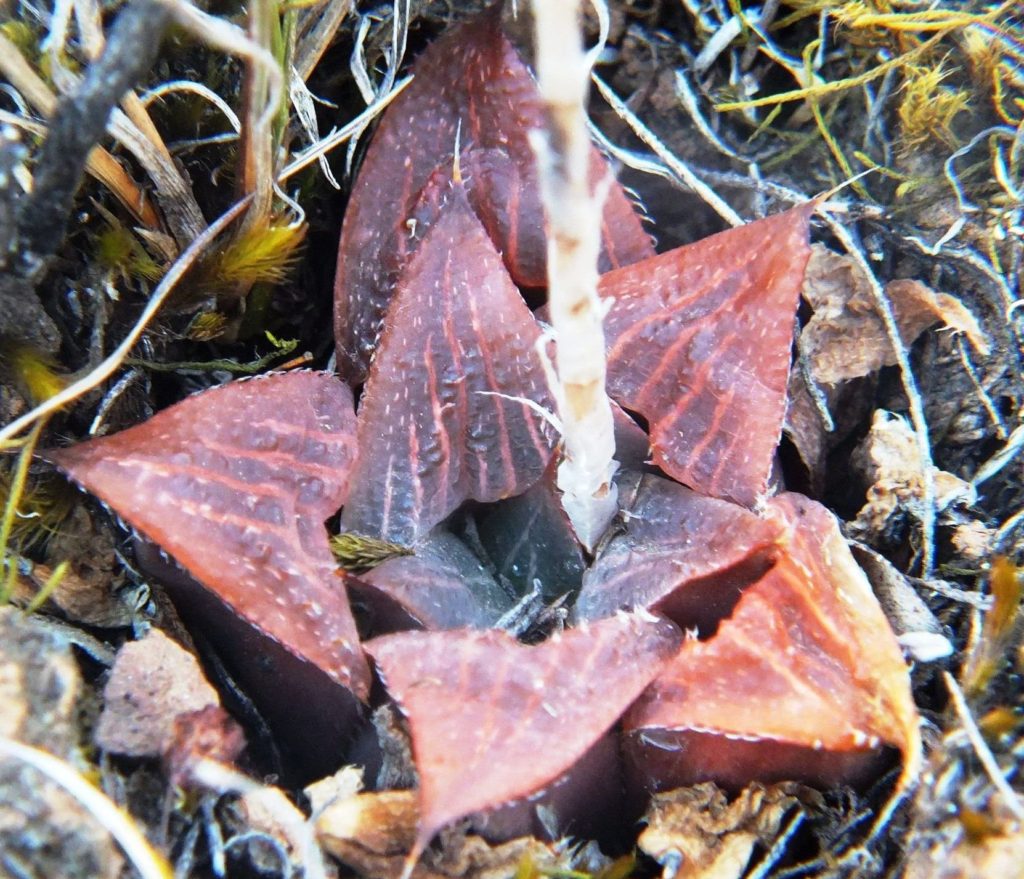
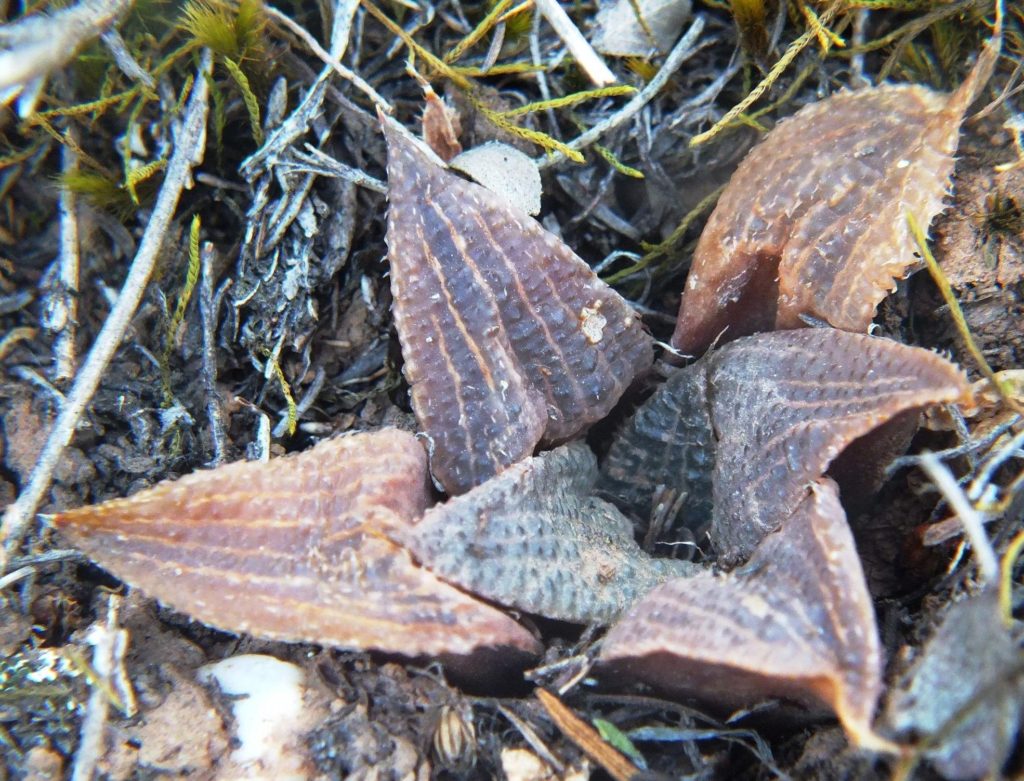


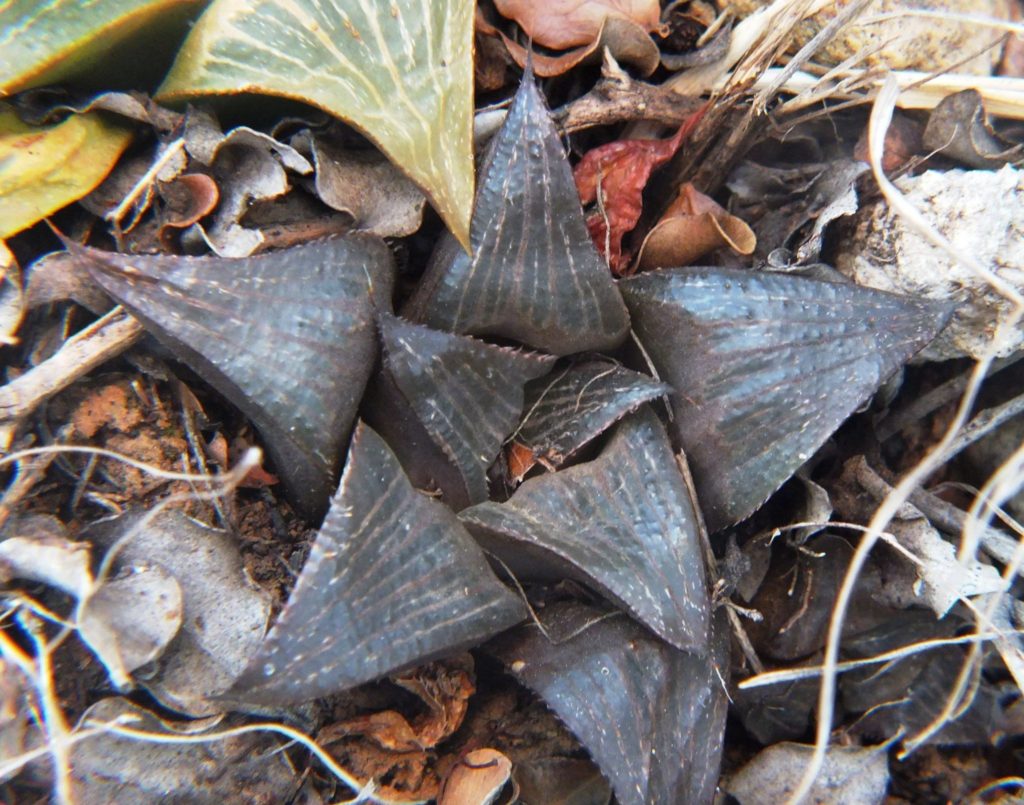
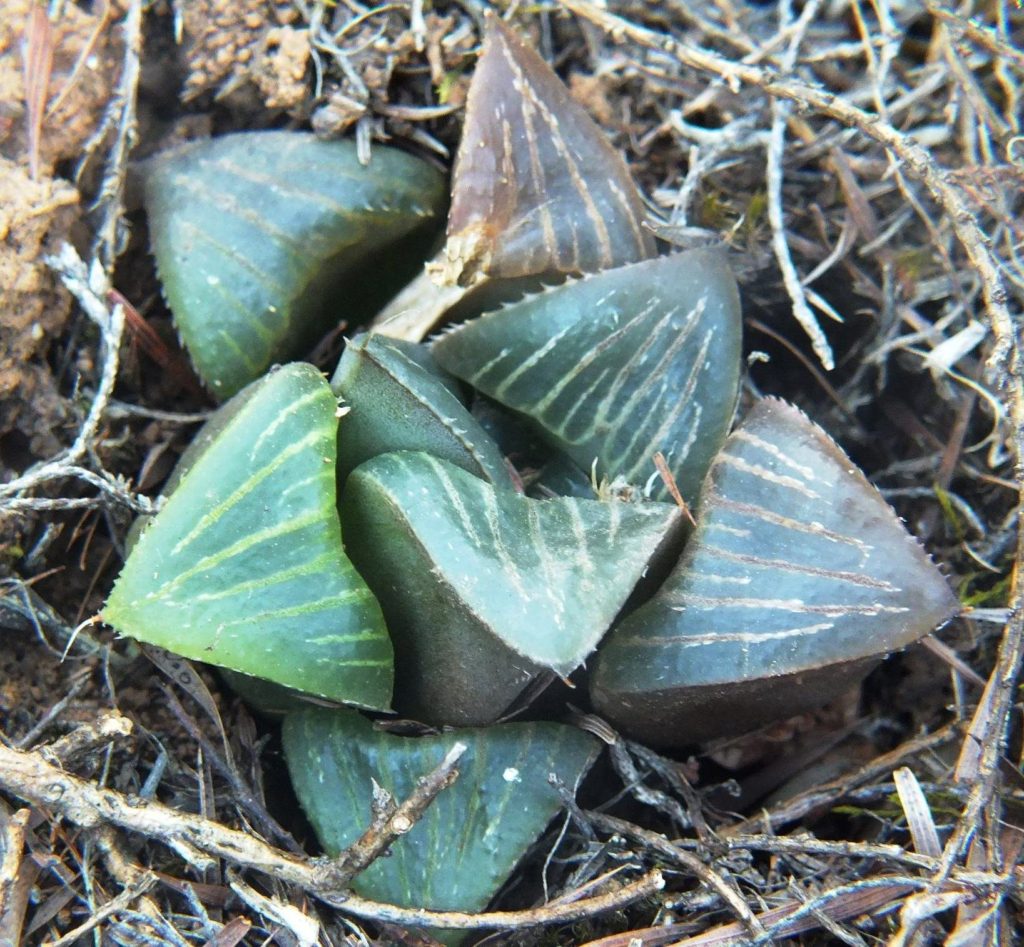
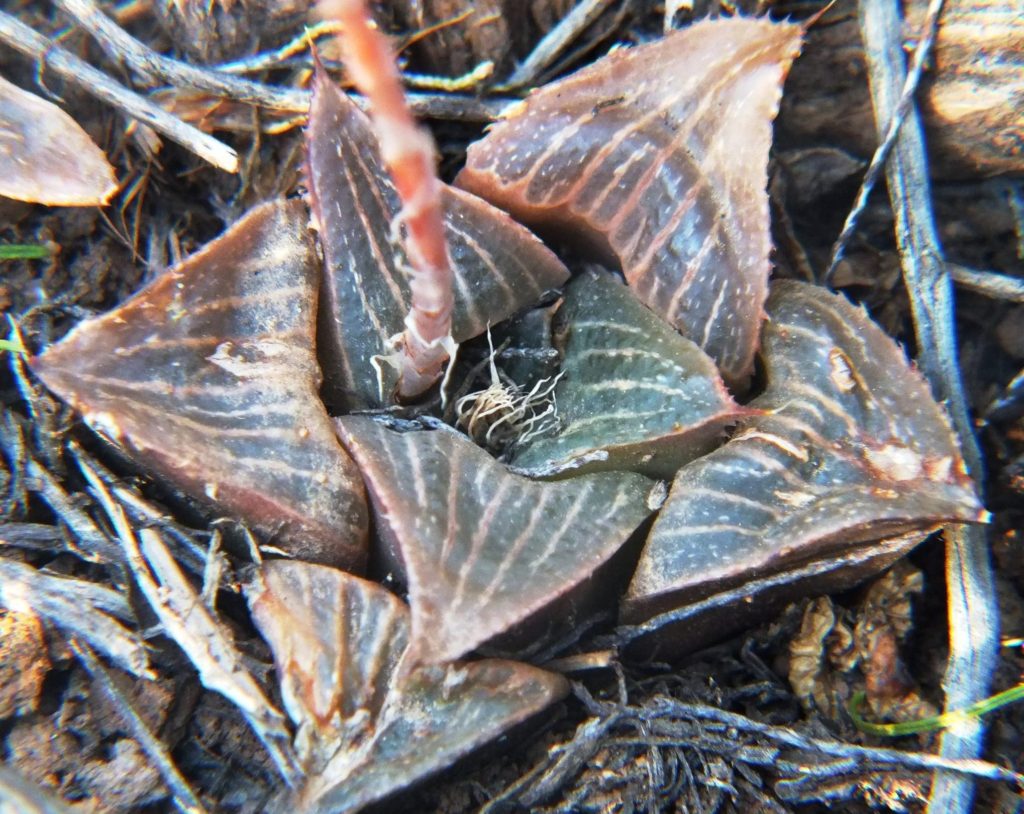
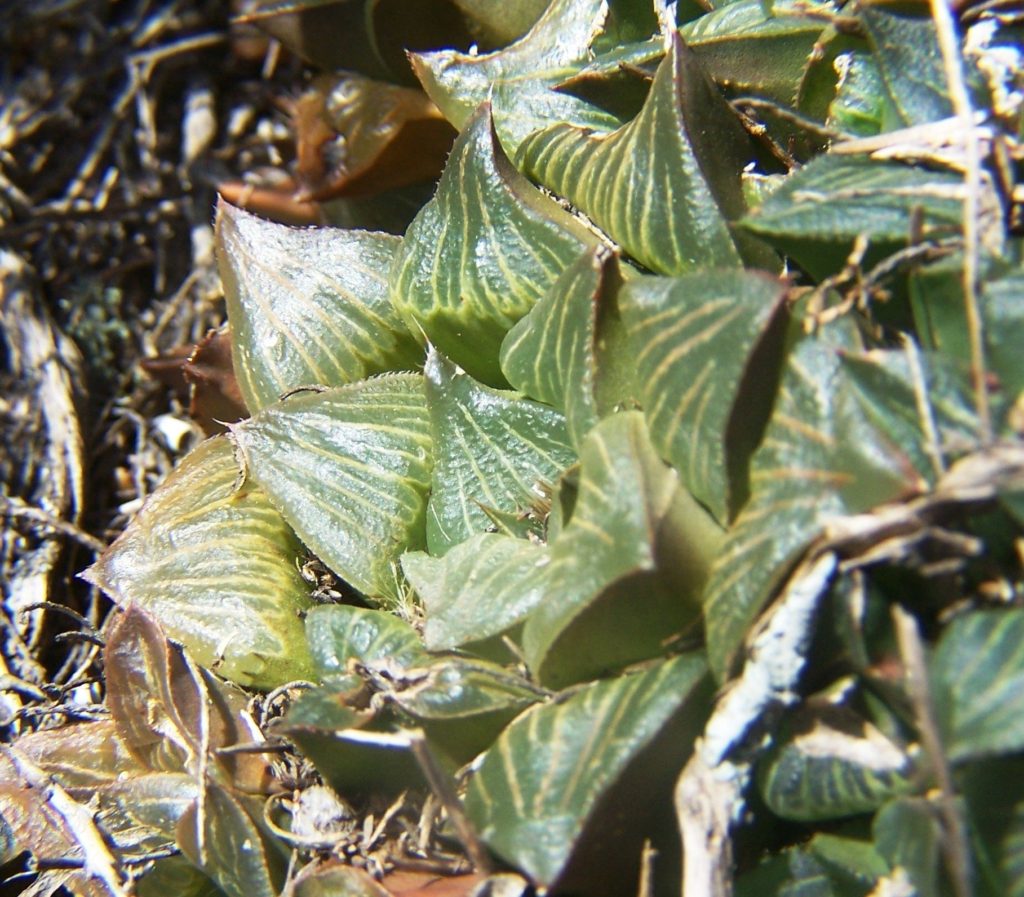

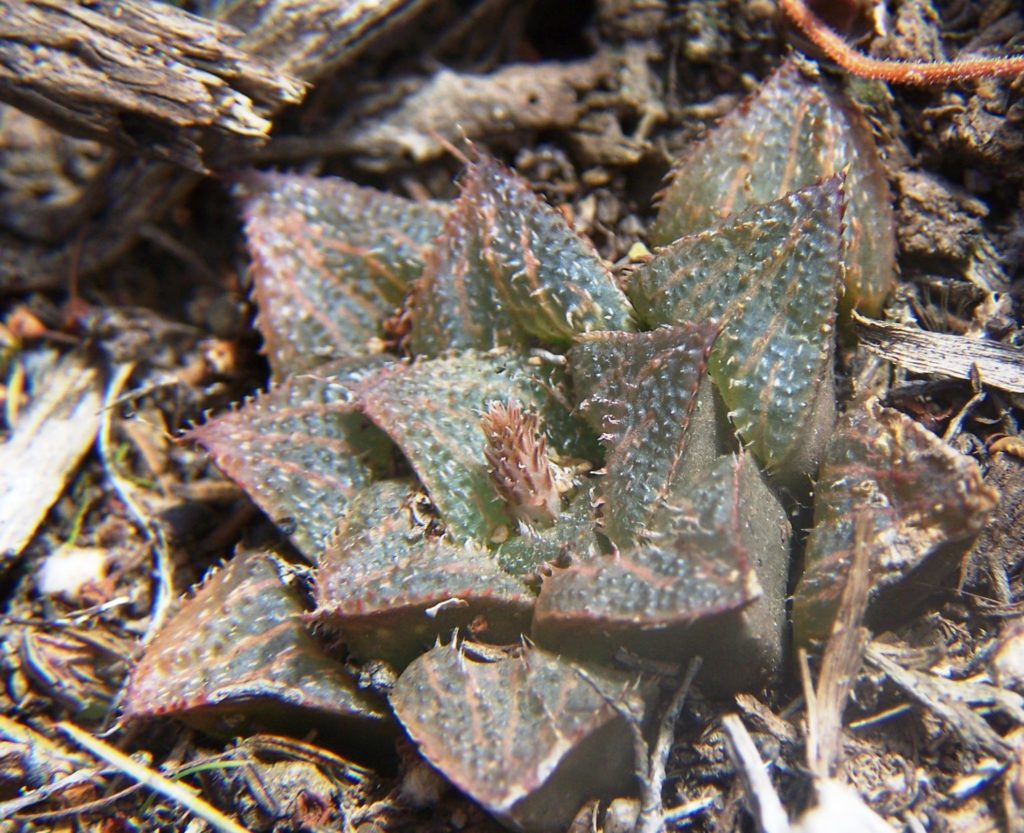
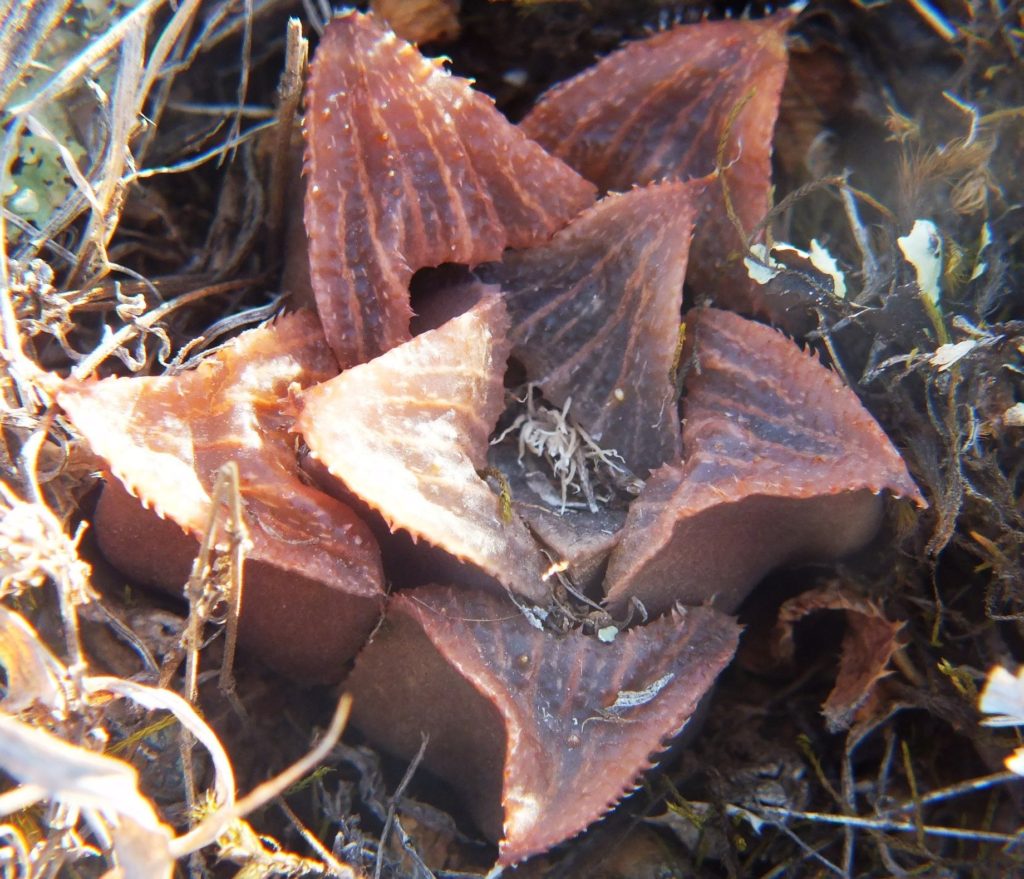
♦

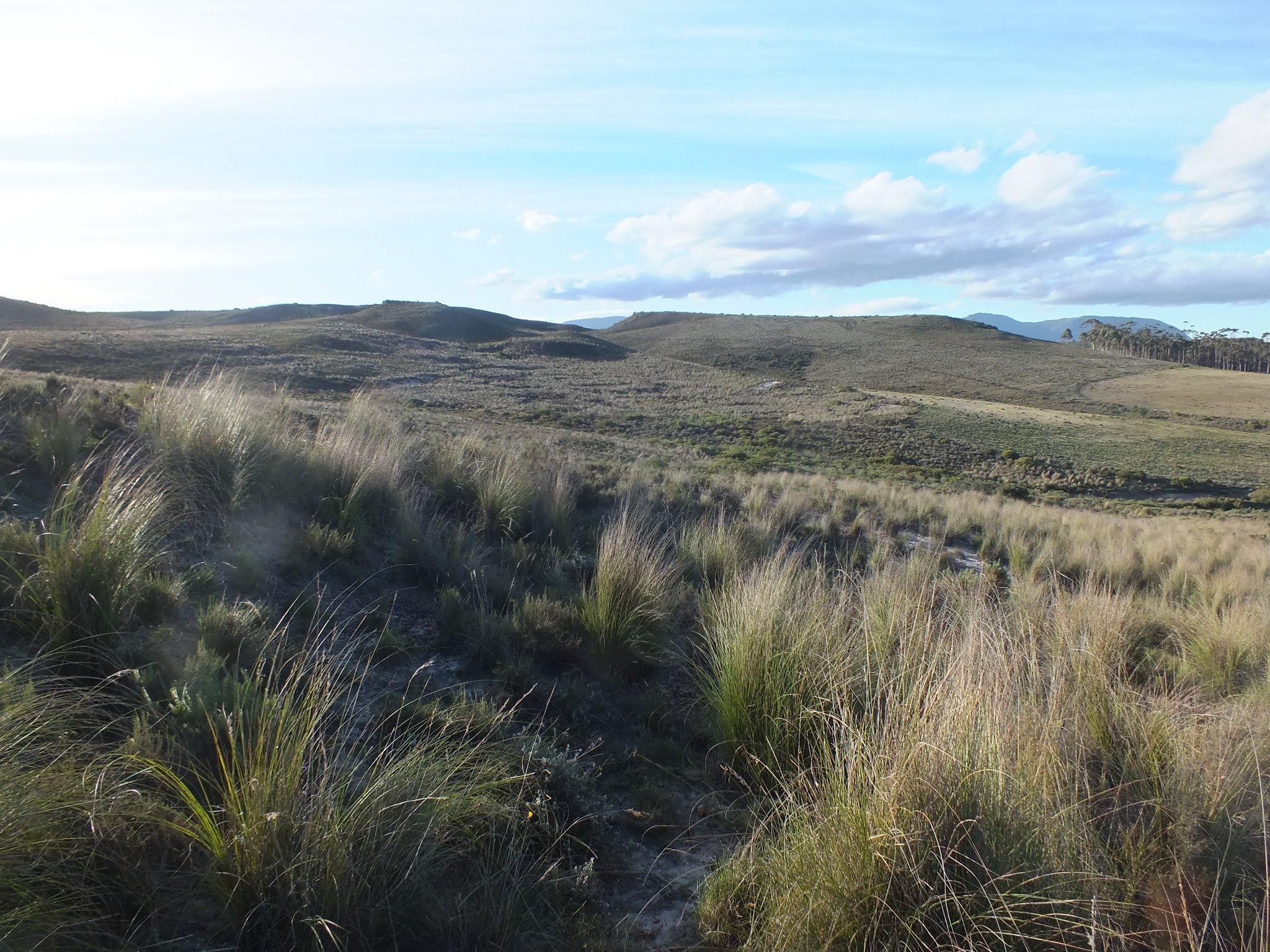


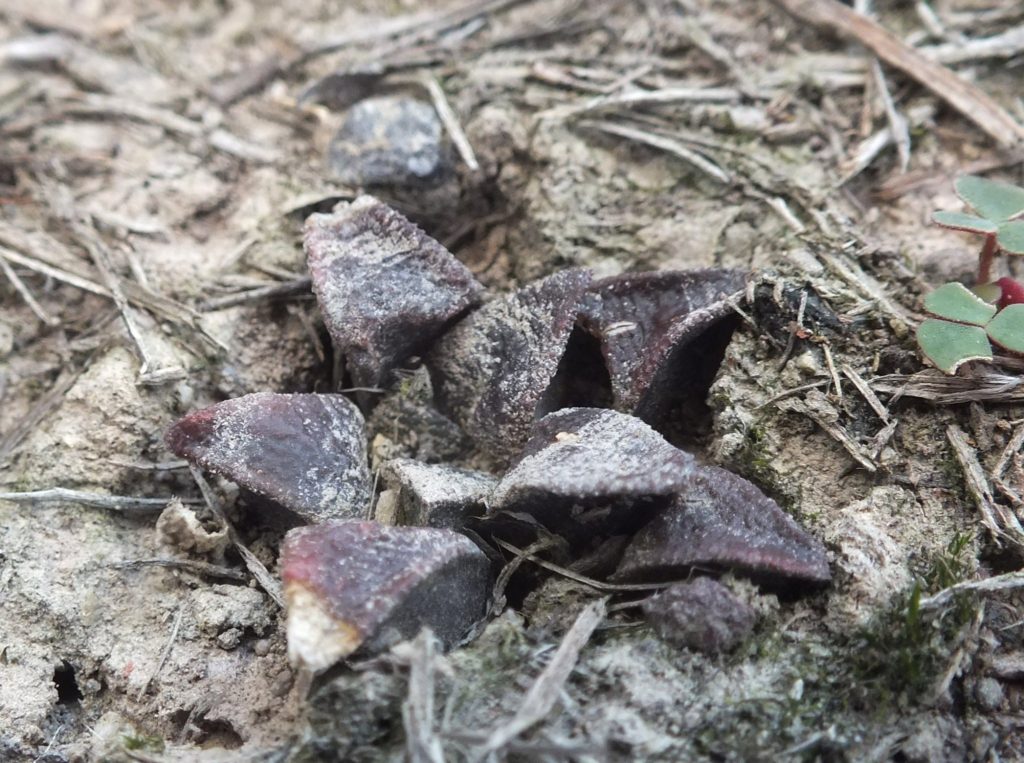
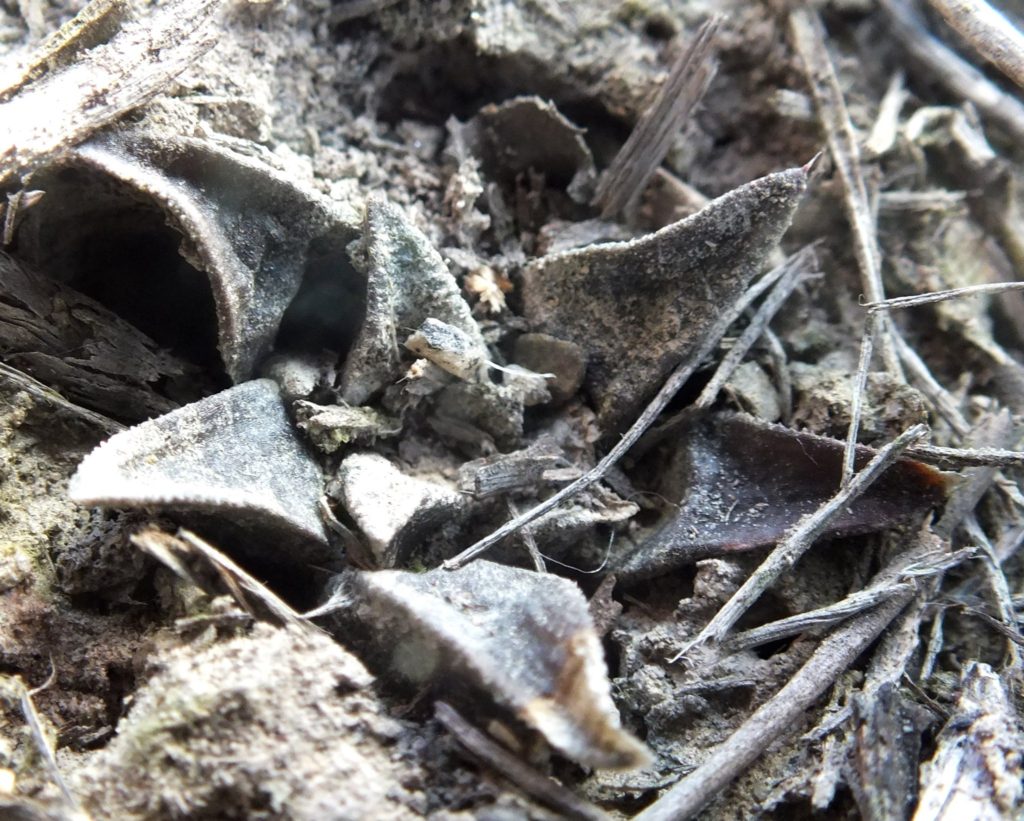
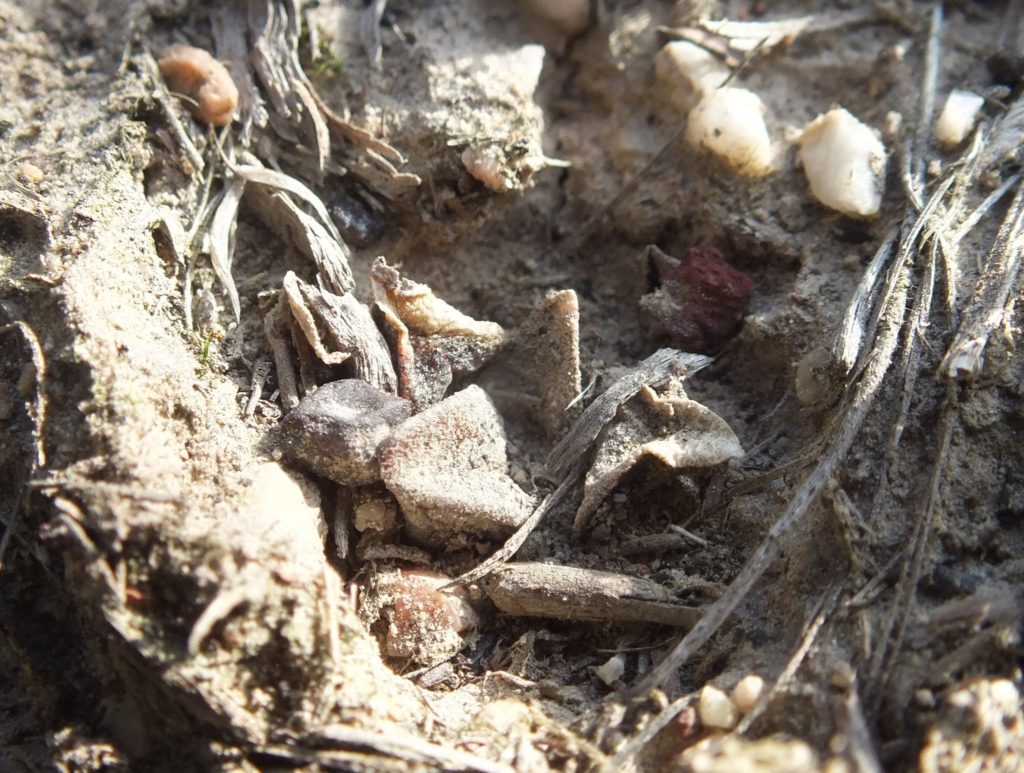
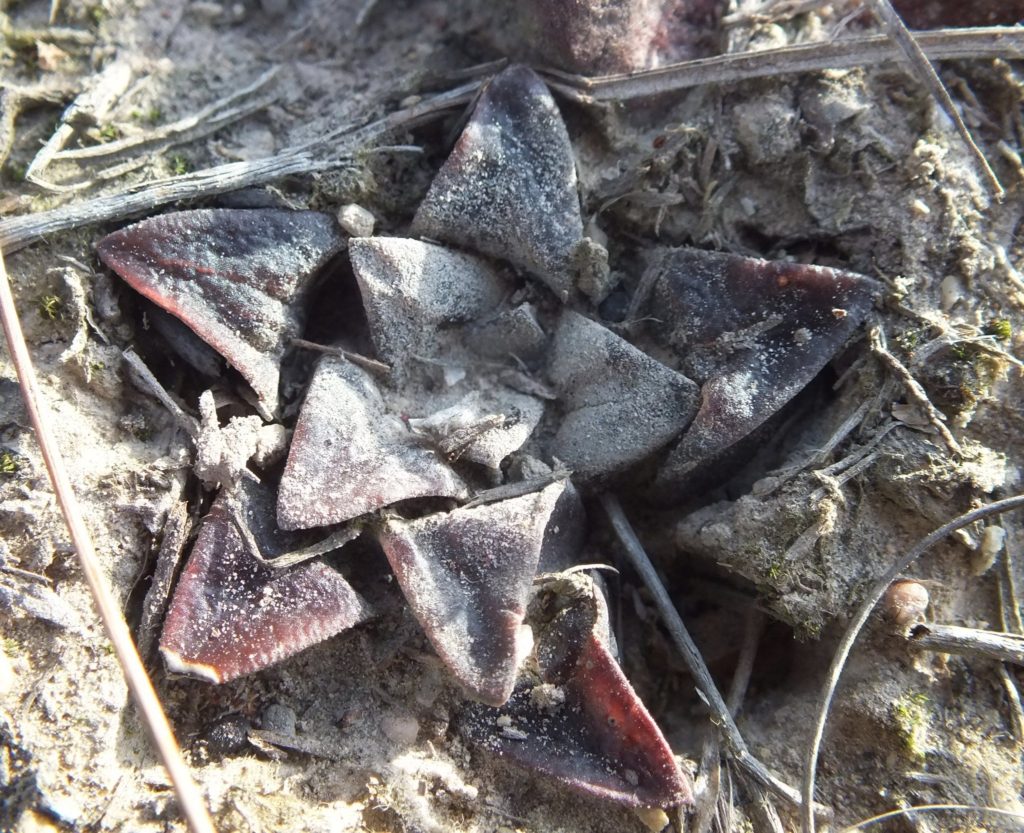
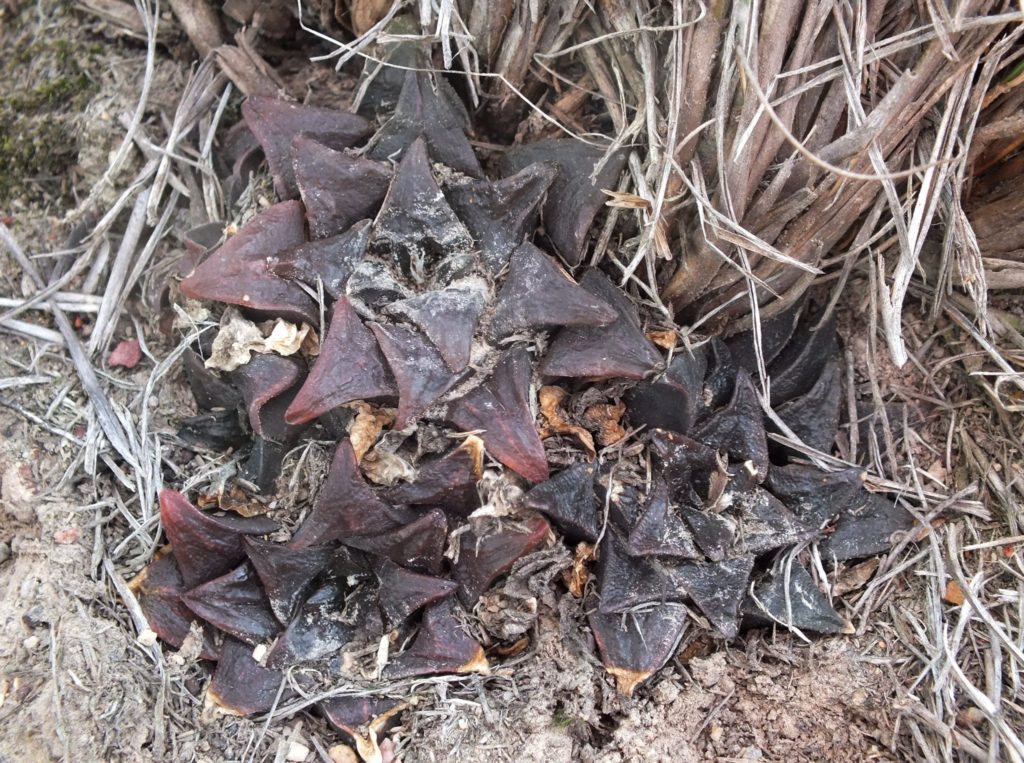
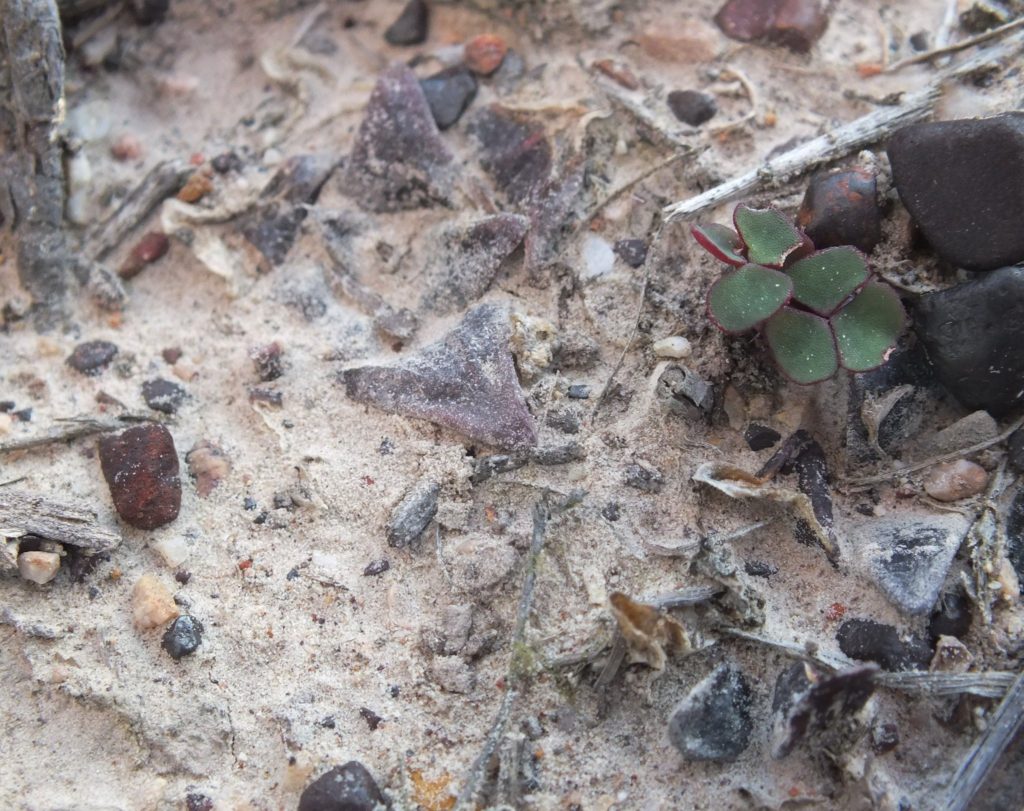
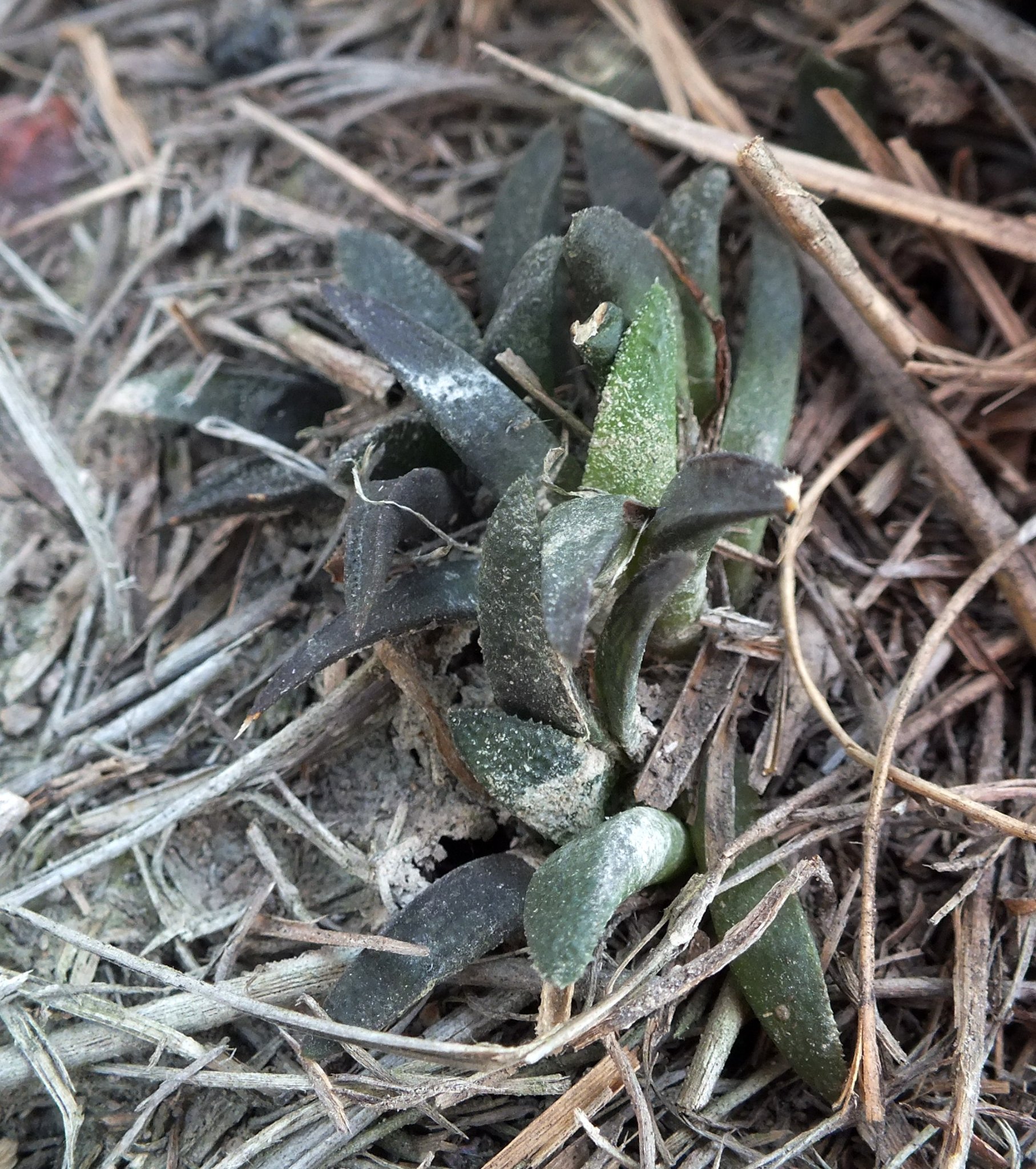

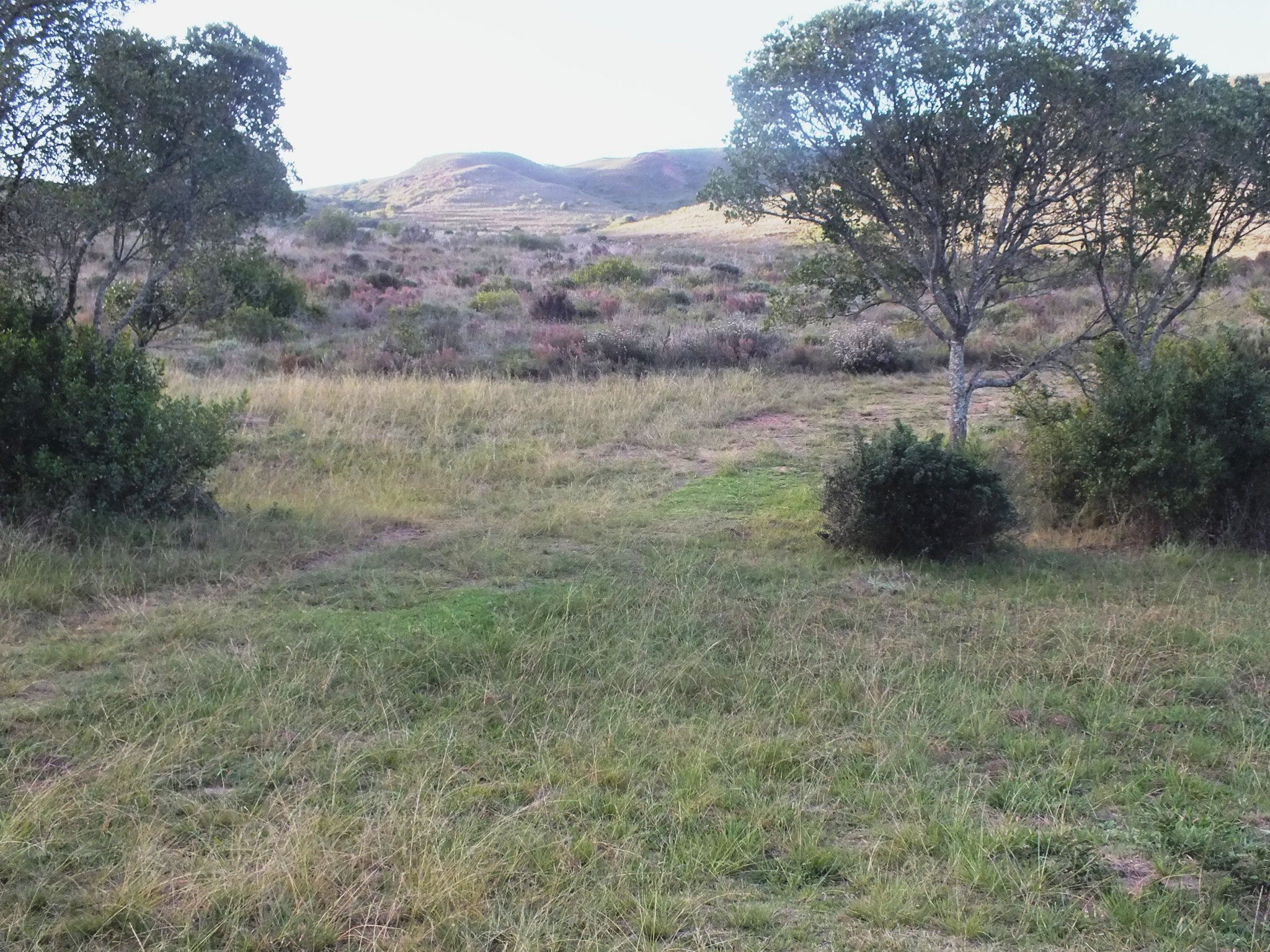

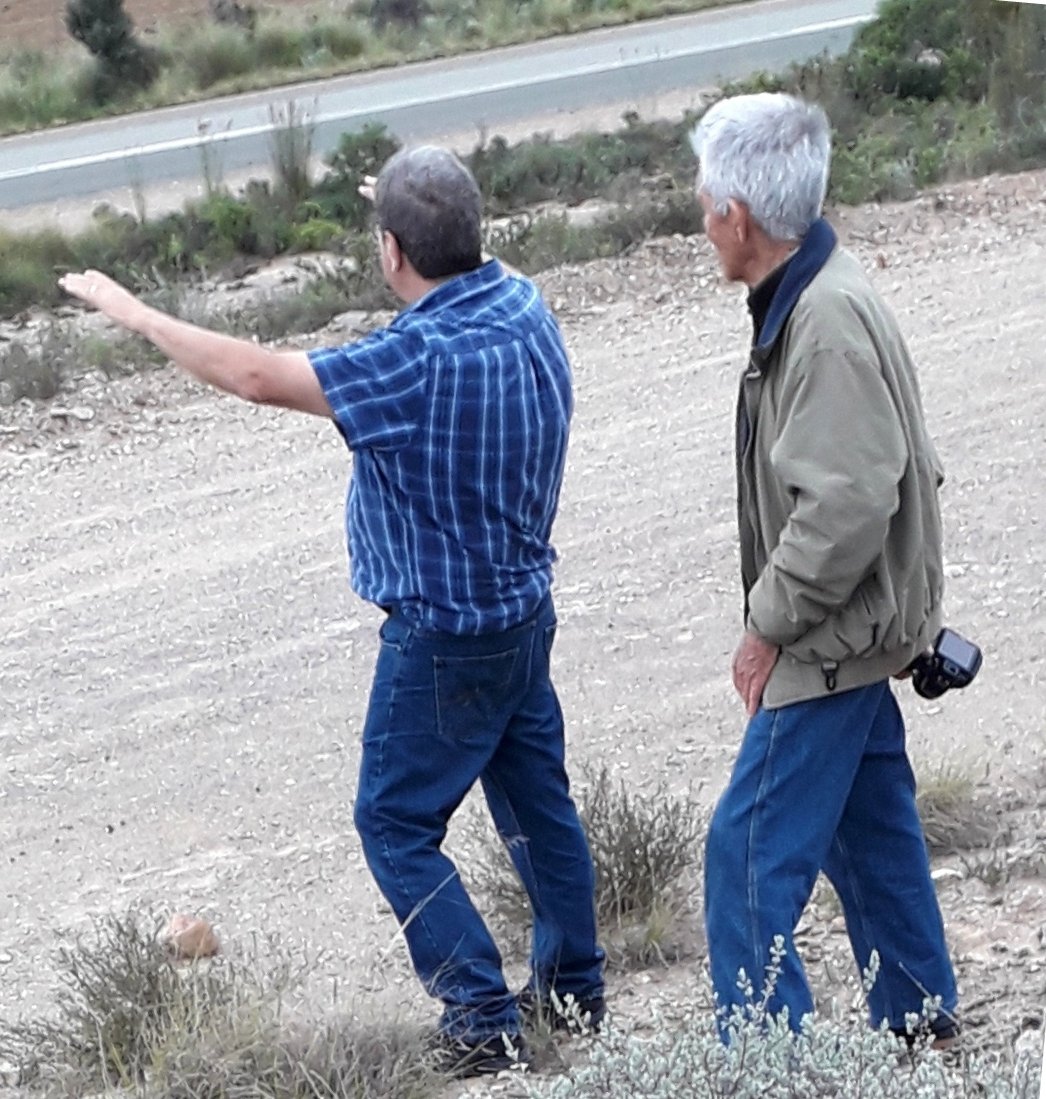
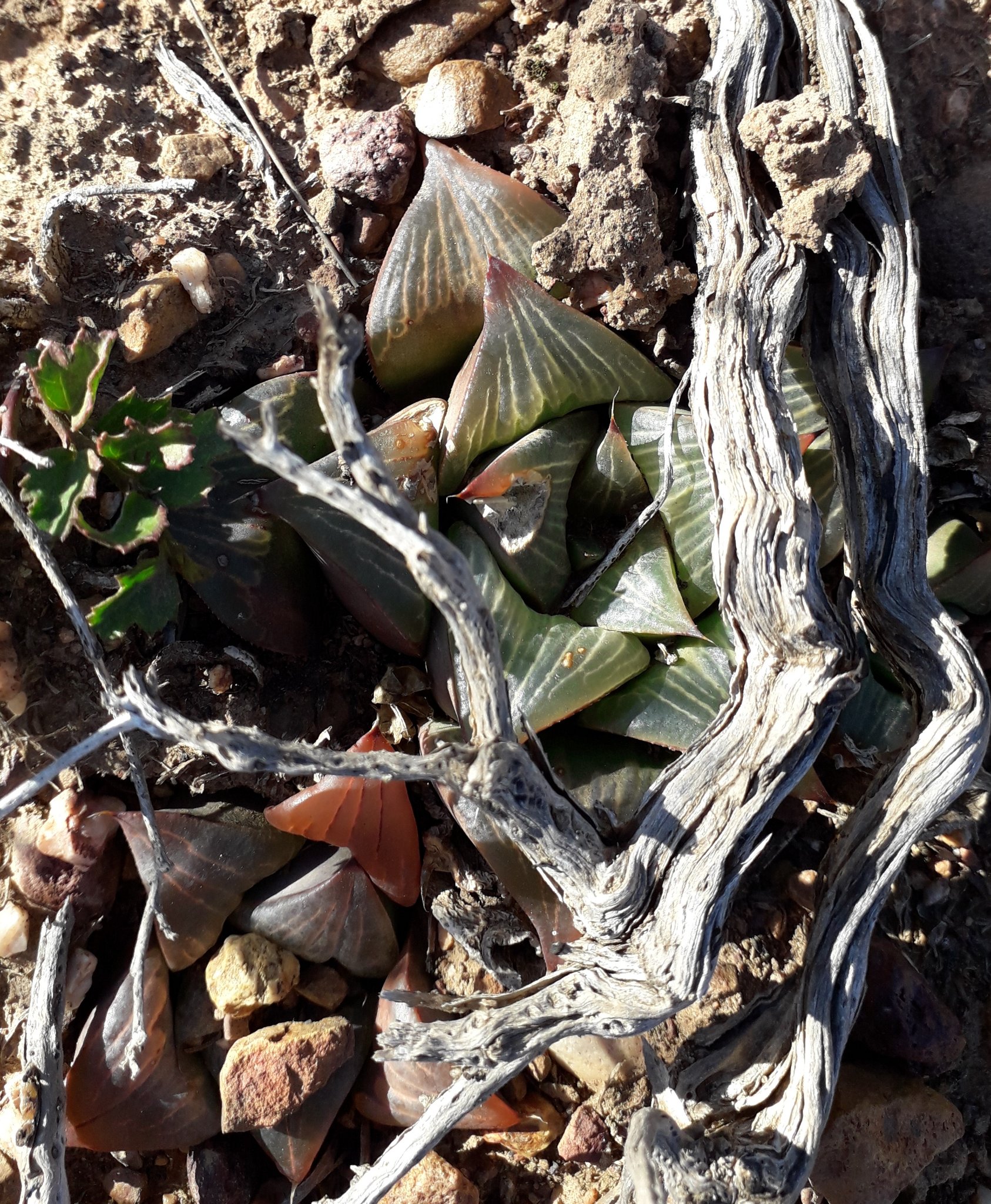

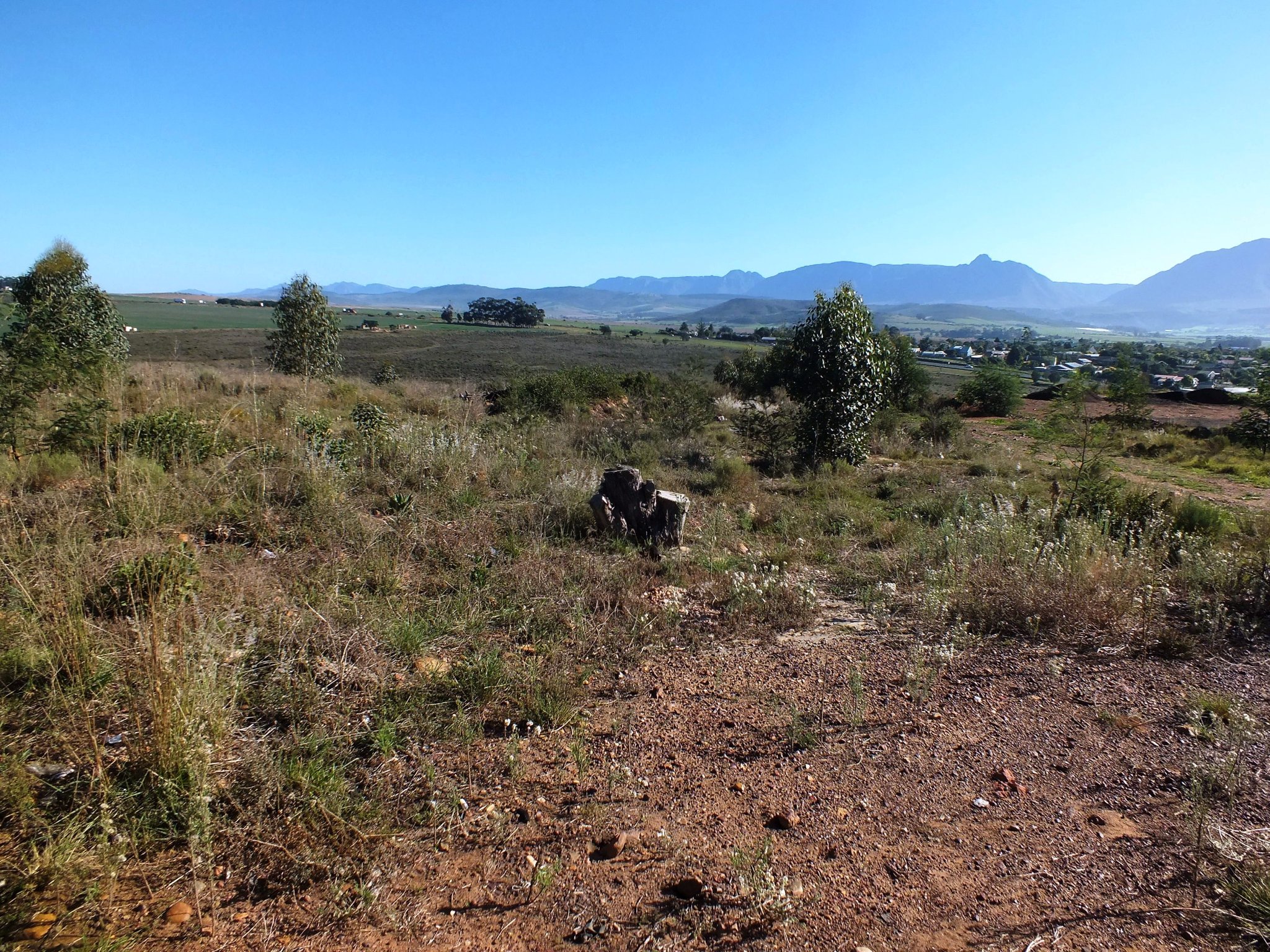
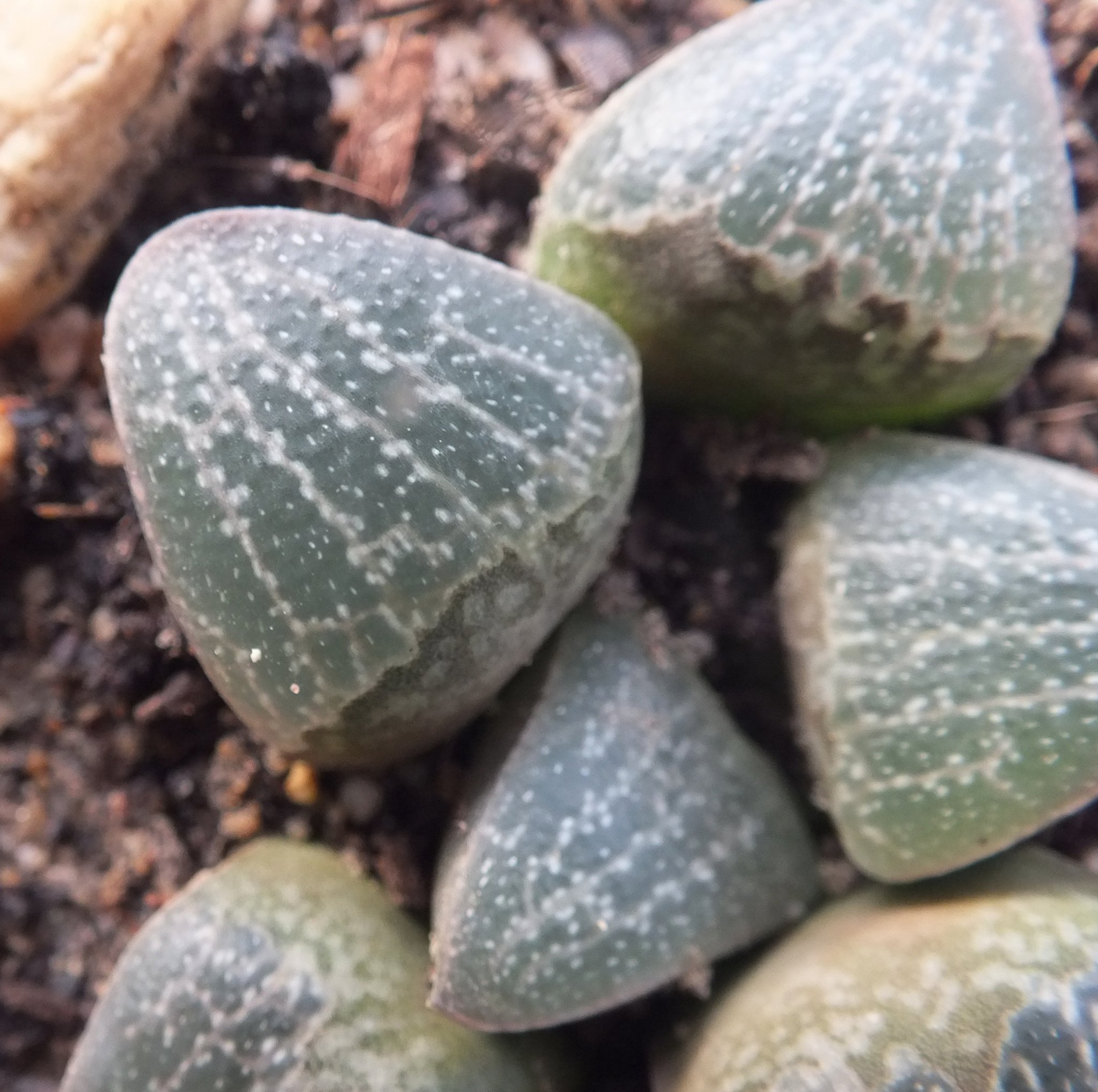

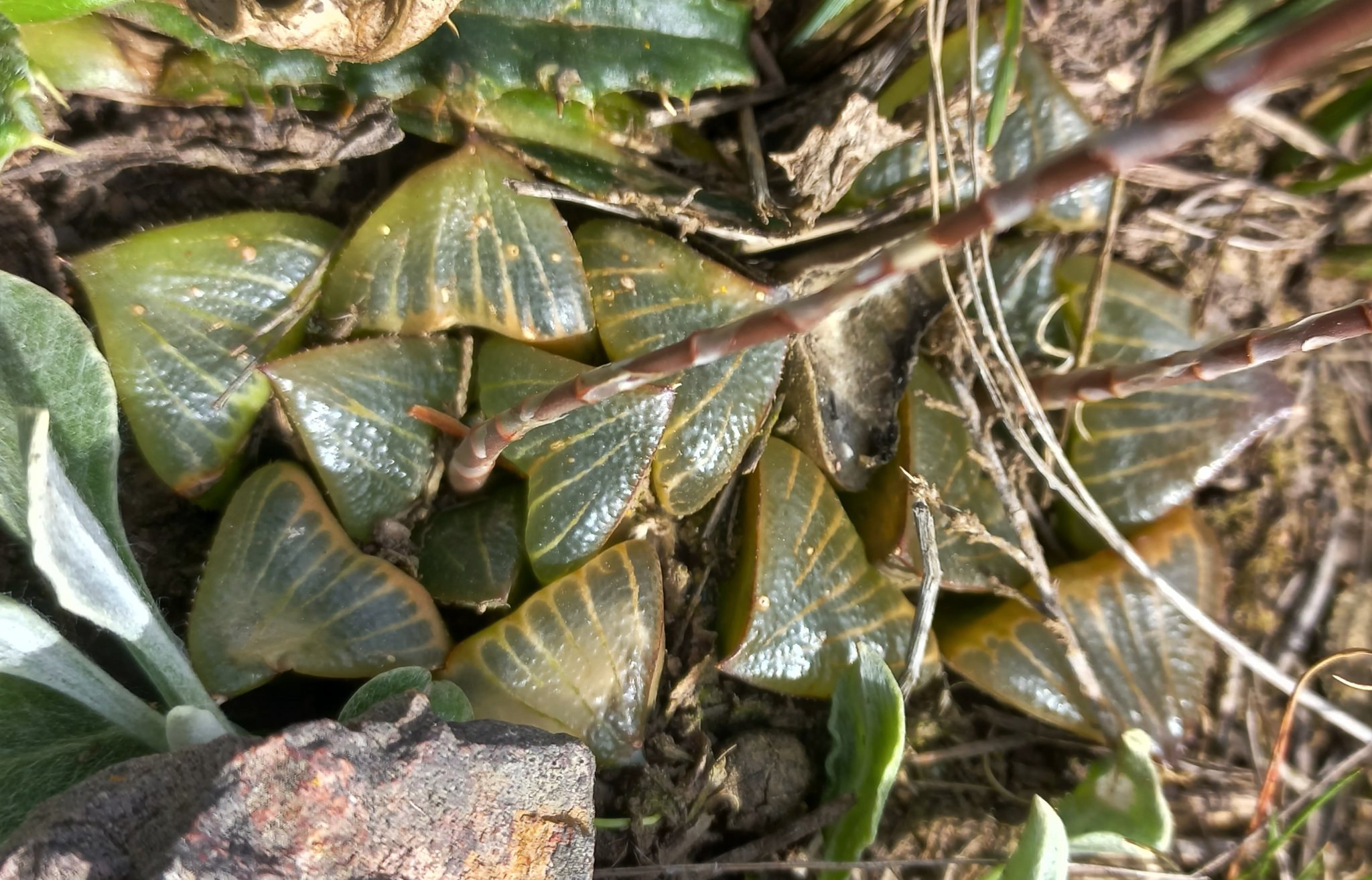
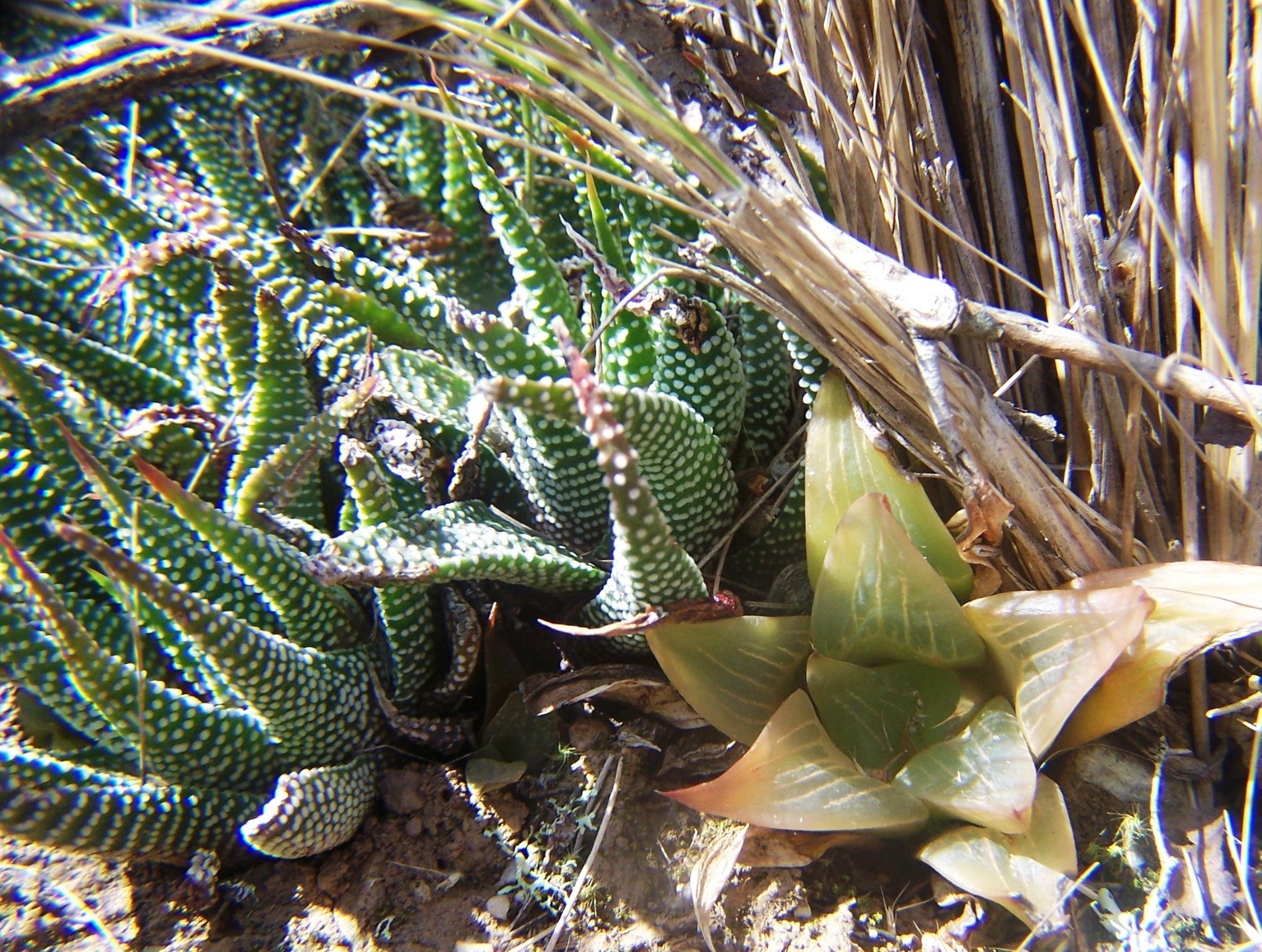

The pictures do tell an amazing story……Regarding your question “Who can tell me the difference between a low-end intellectual enjoying plants in the field, and a top-end intellectual in a white coat sitting at the controls of the Large Hadron Collider trying to manipulate dark matter?” I would suggest that the “low end” intellectual enjoying plants in the field has come to the conclusion that there must be a Creator who has made this amazing beauty and simplicity/complexity that he is struggling to fully comprehend, while the “top-end” intellectual in a white coat sitting at the controls of the Large Hadron Collider really thinks that if he tries hard enough, he will be able to manipulate dark matter, and in fact, anything else he sets out to manipulate for the realisation that there is a Creator who has a hand in this all has not yet set in.